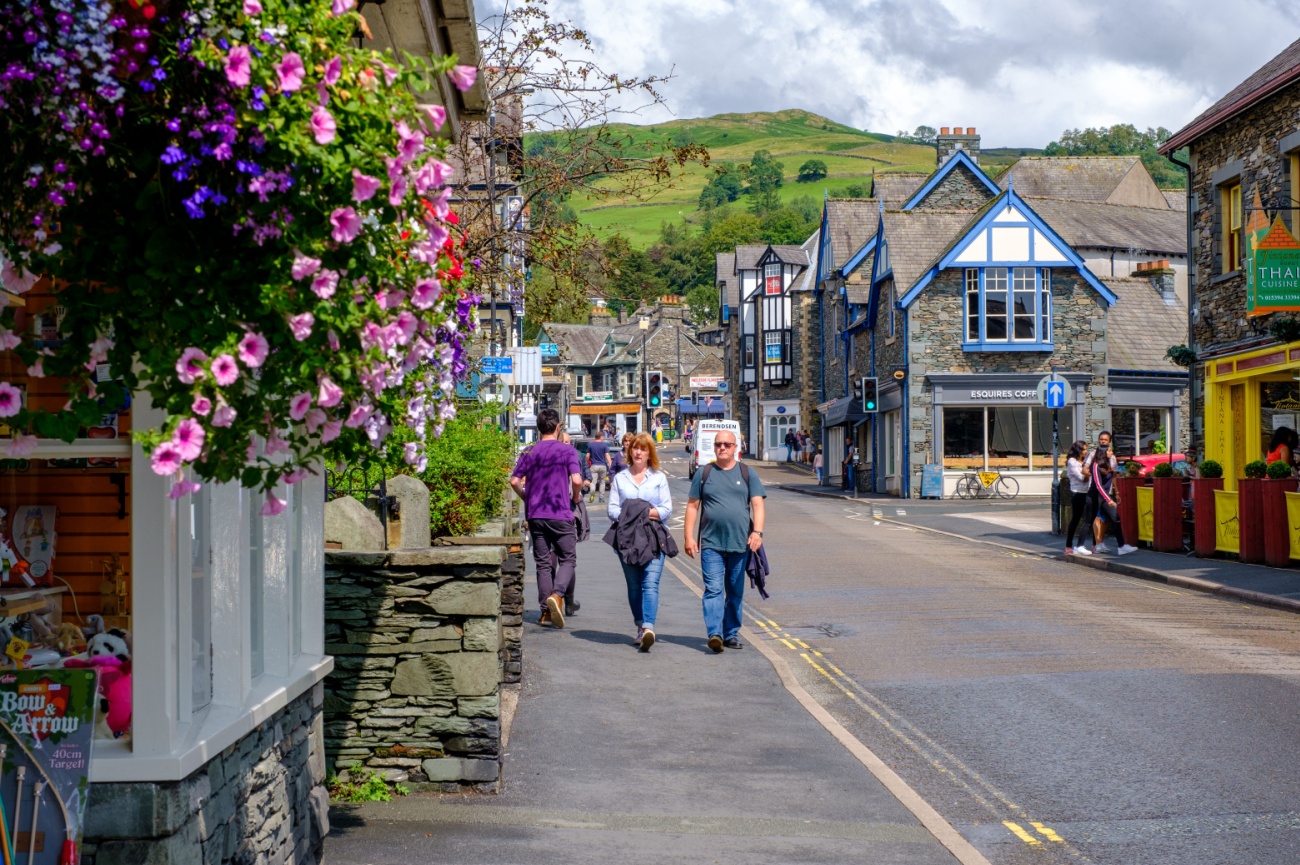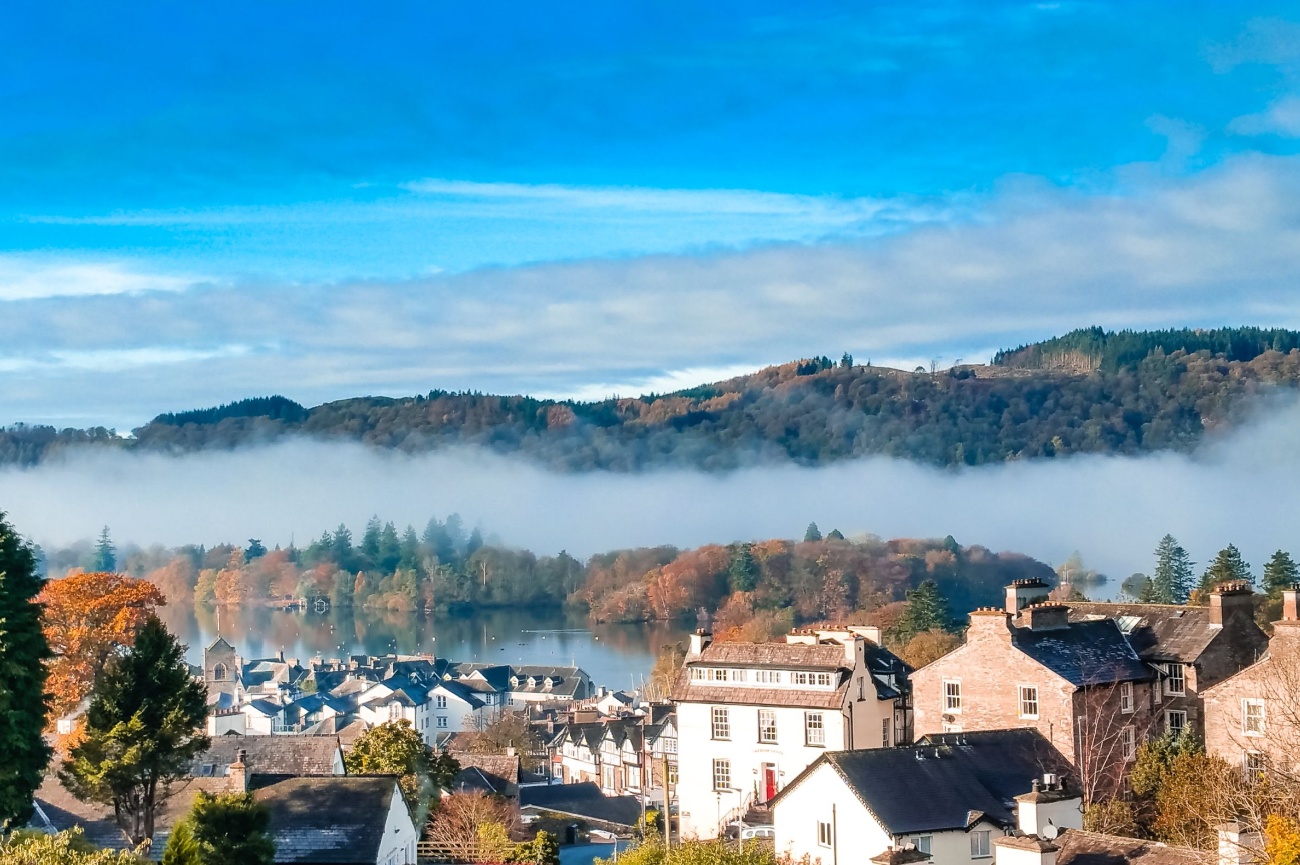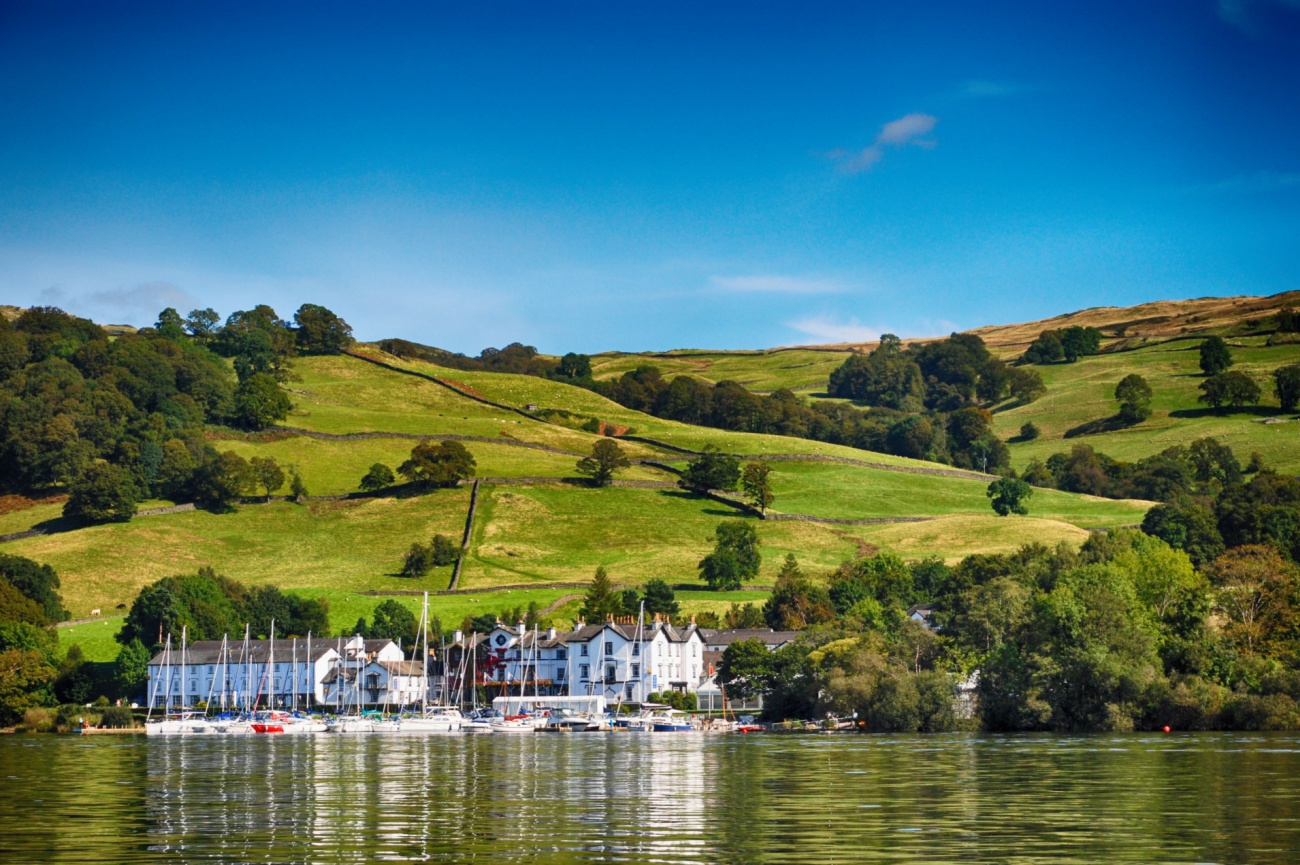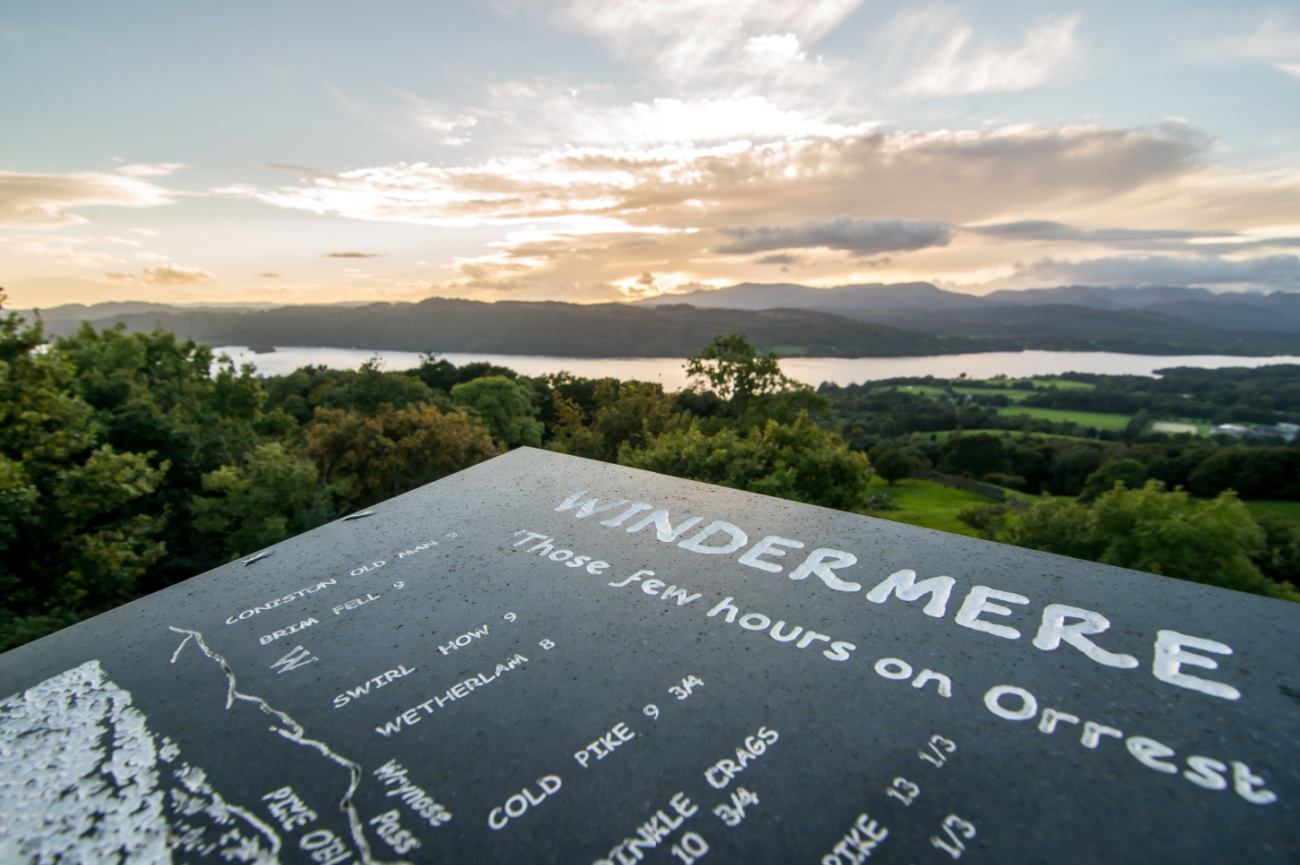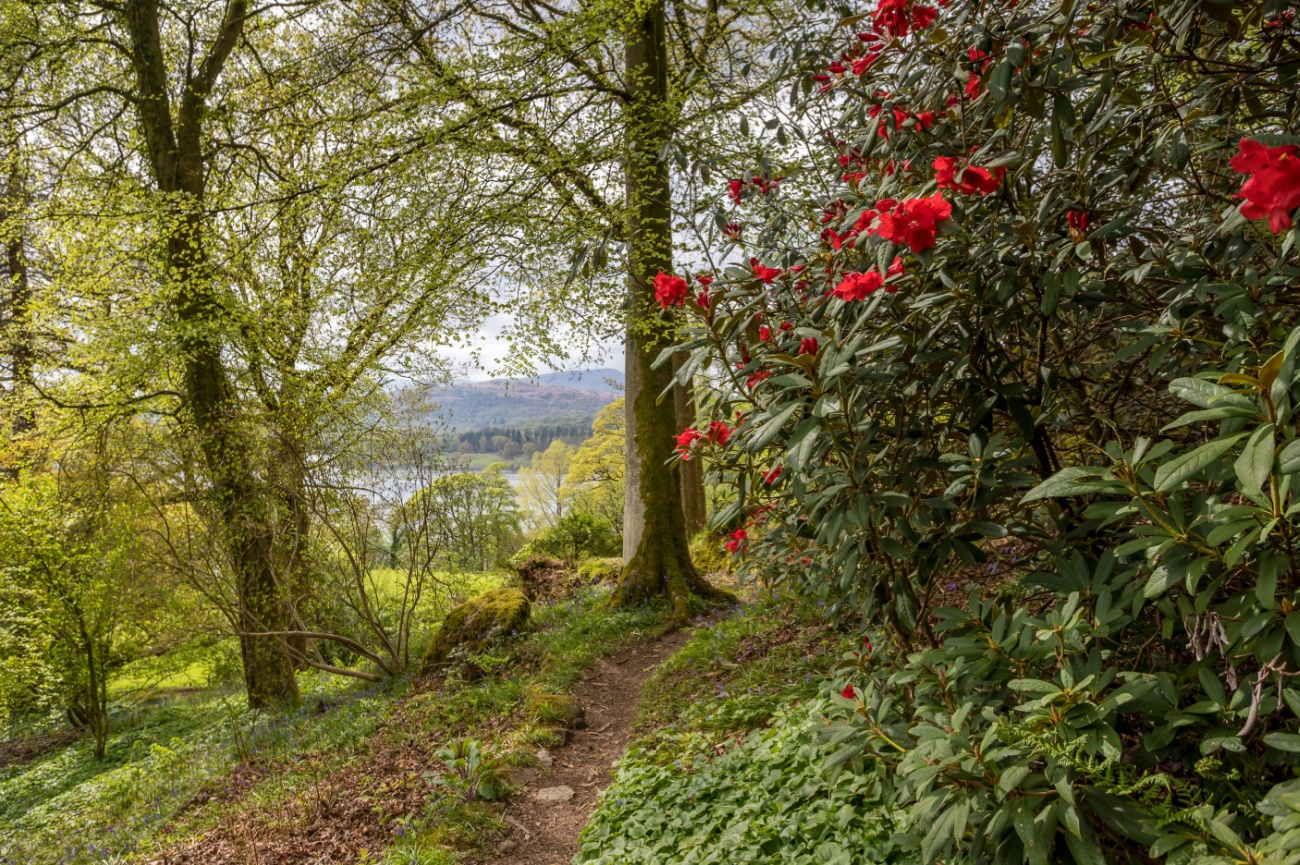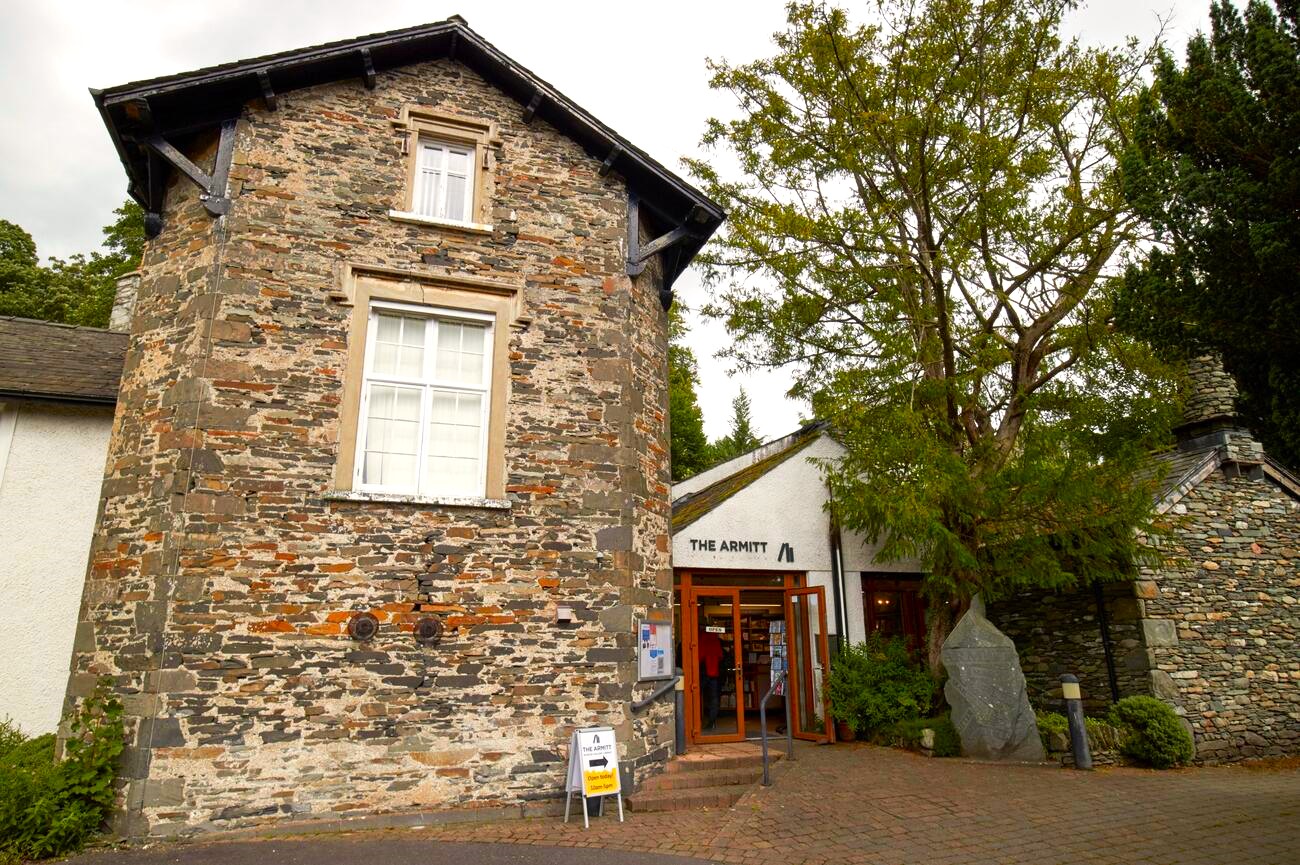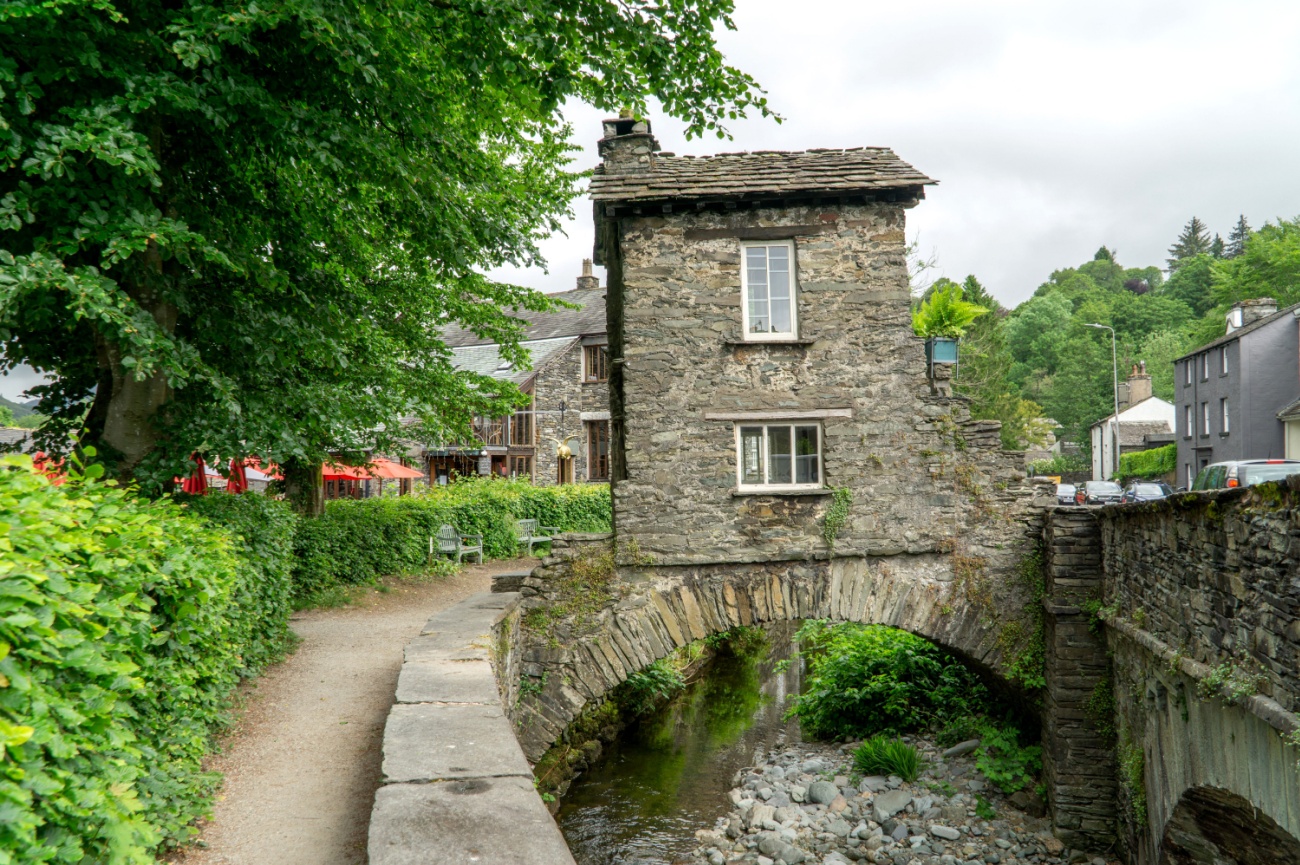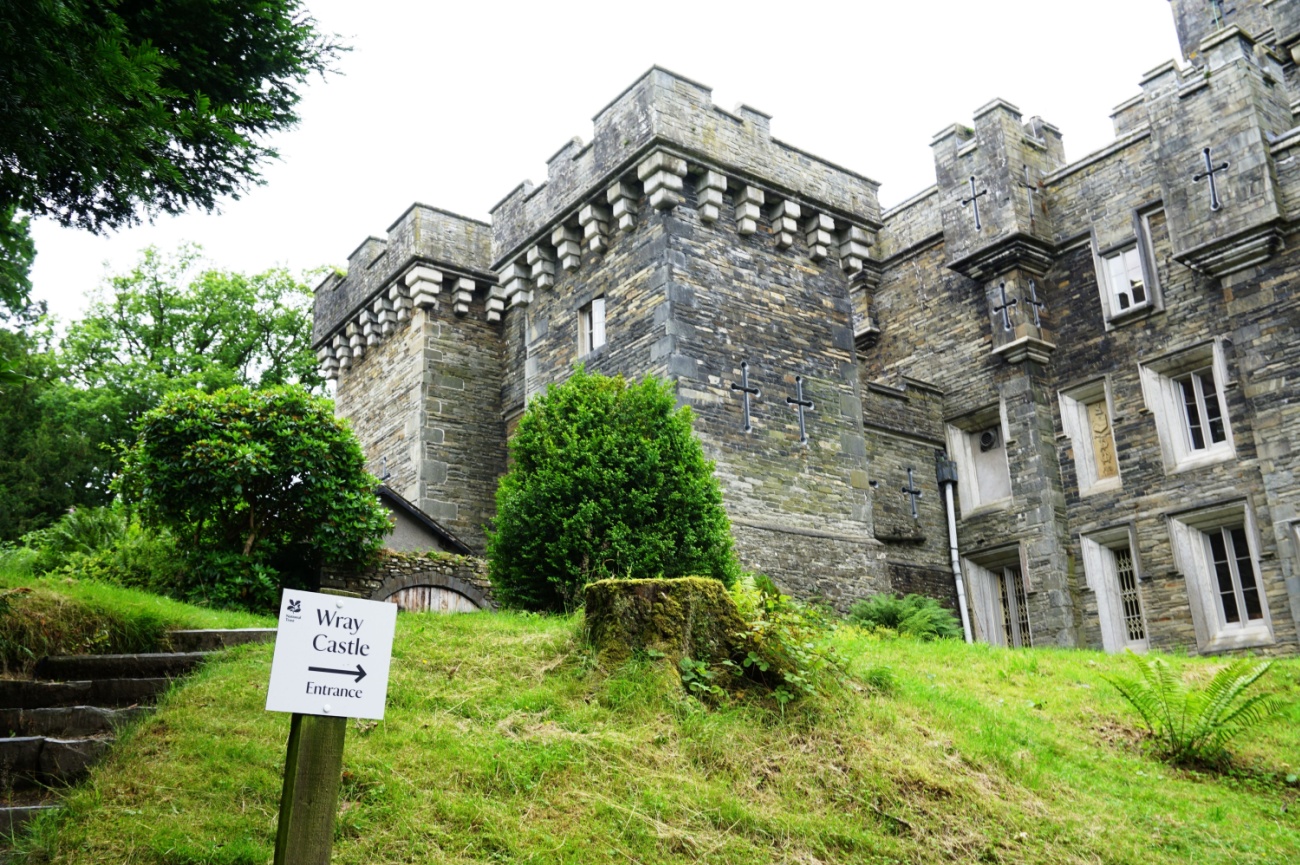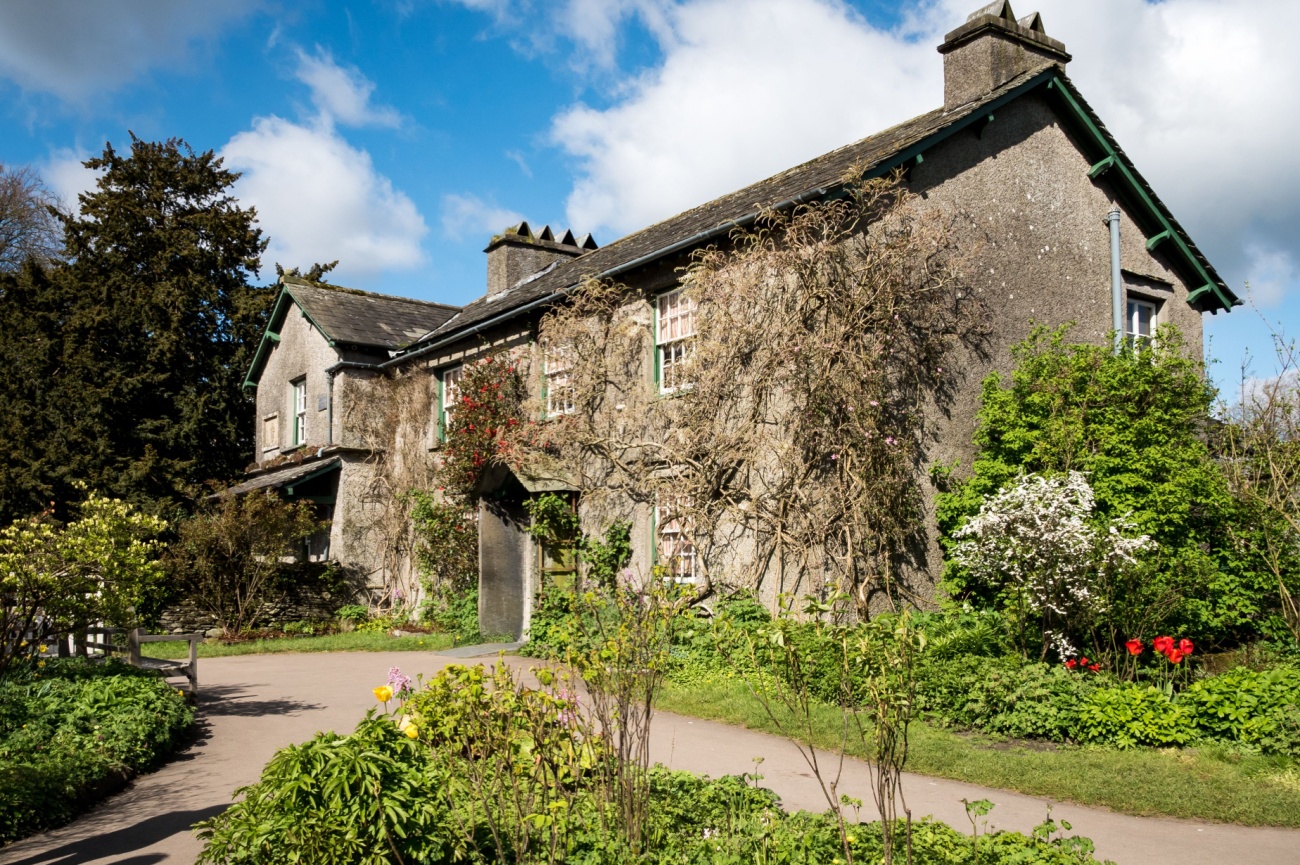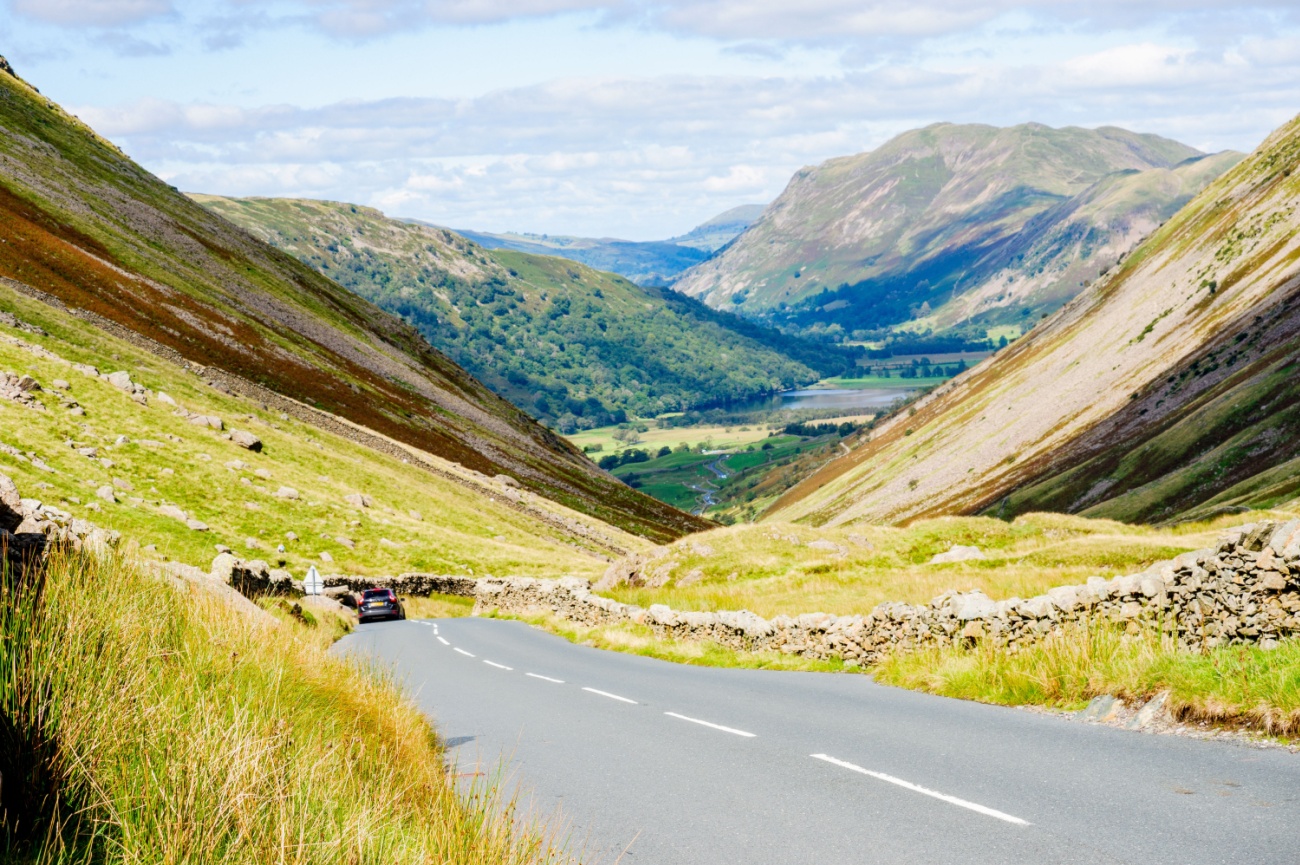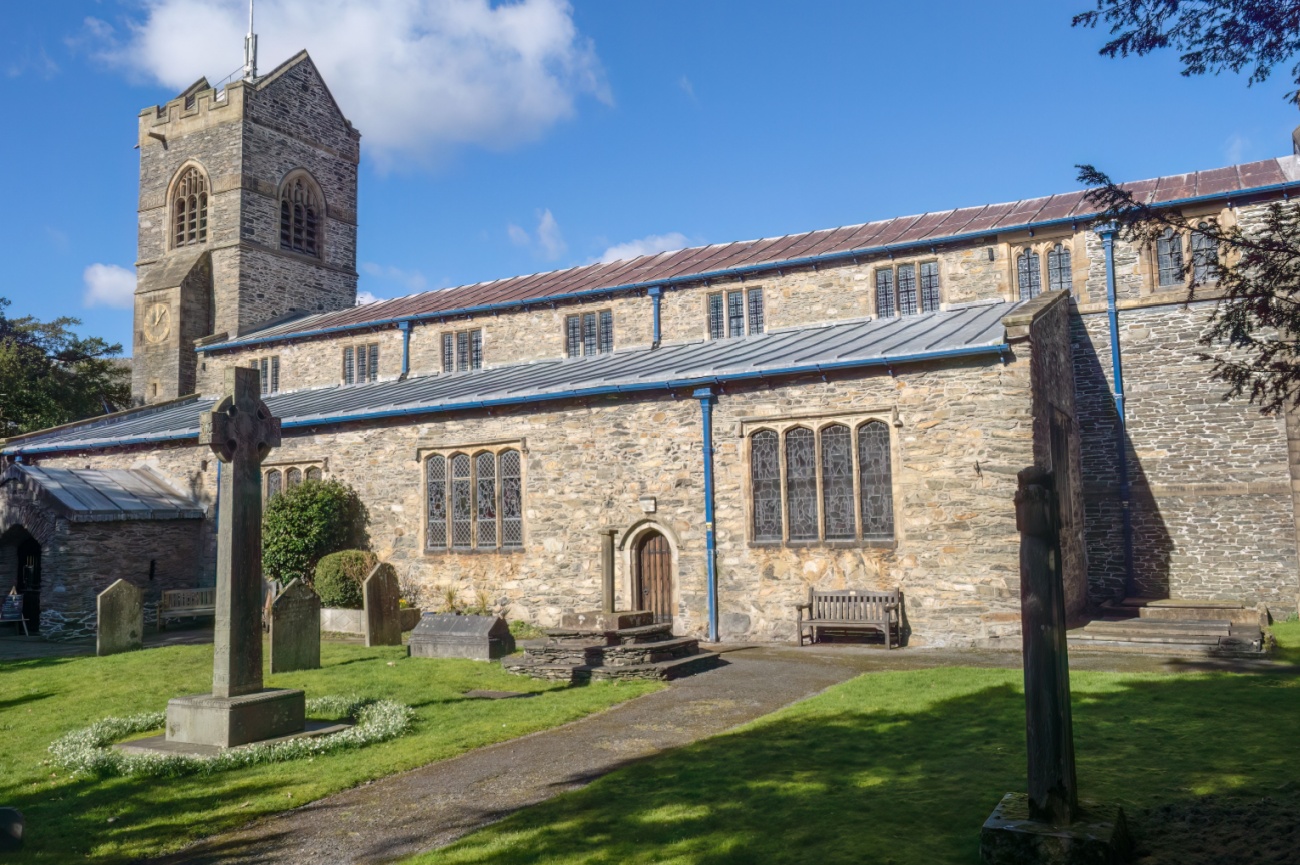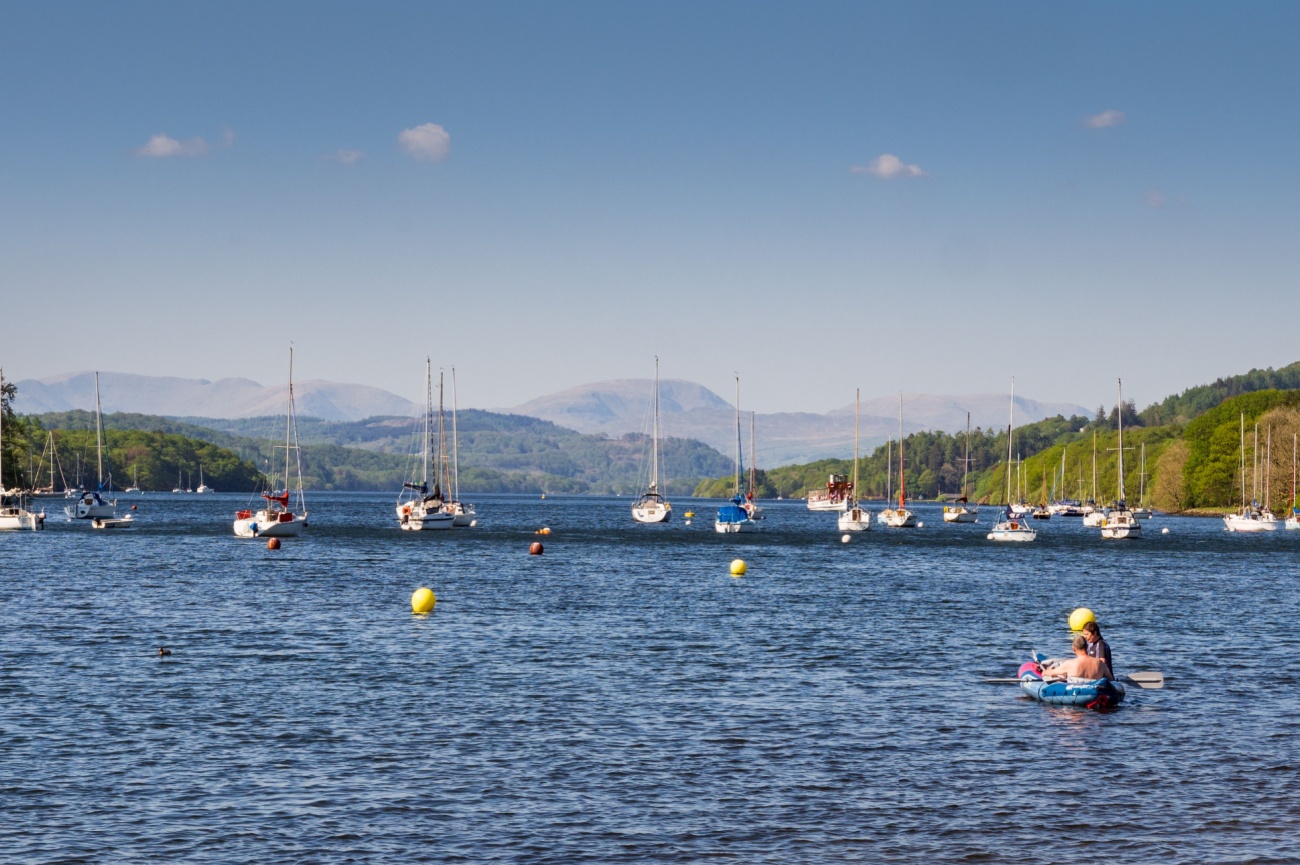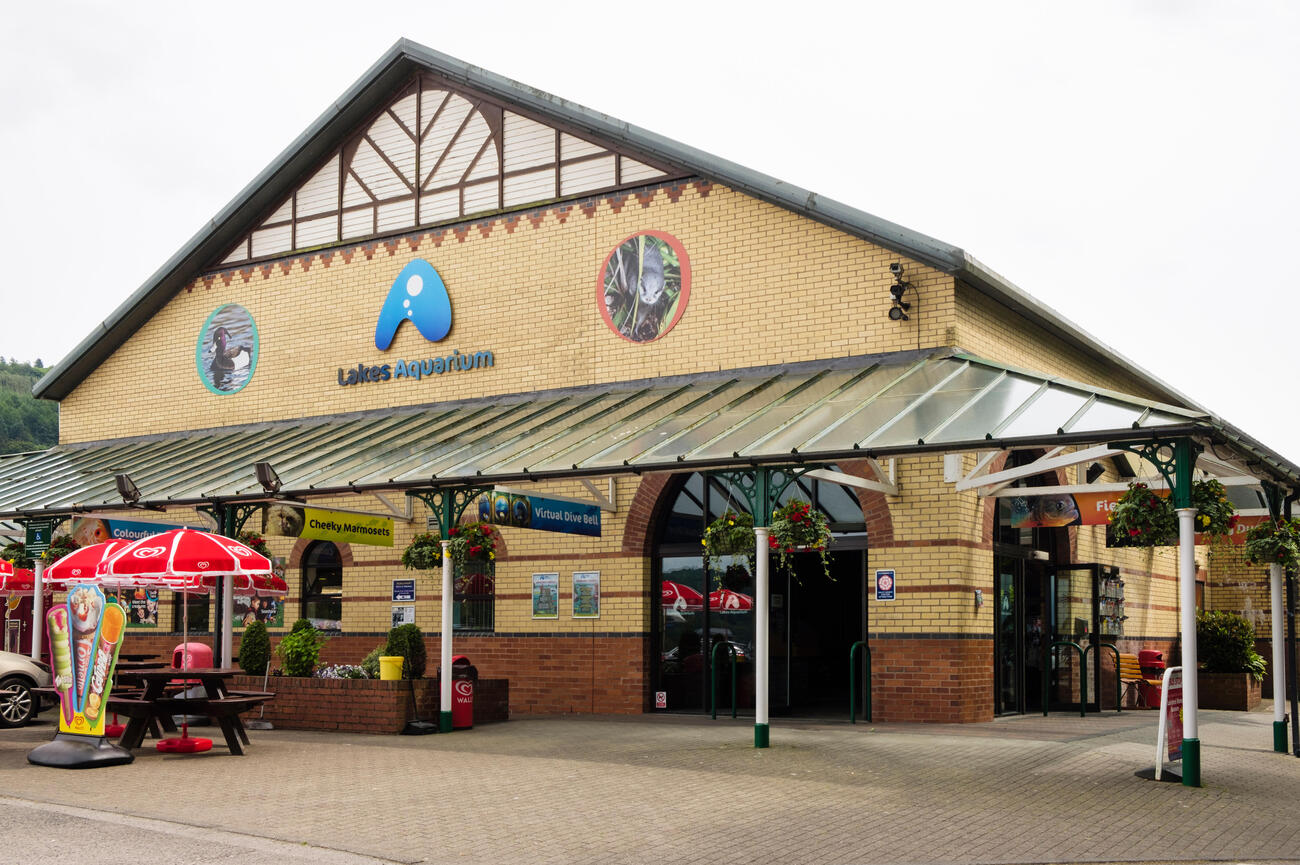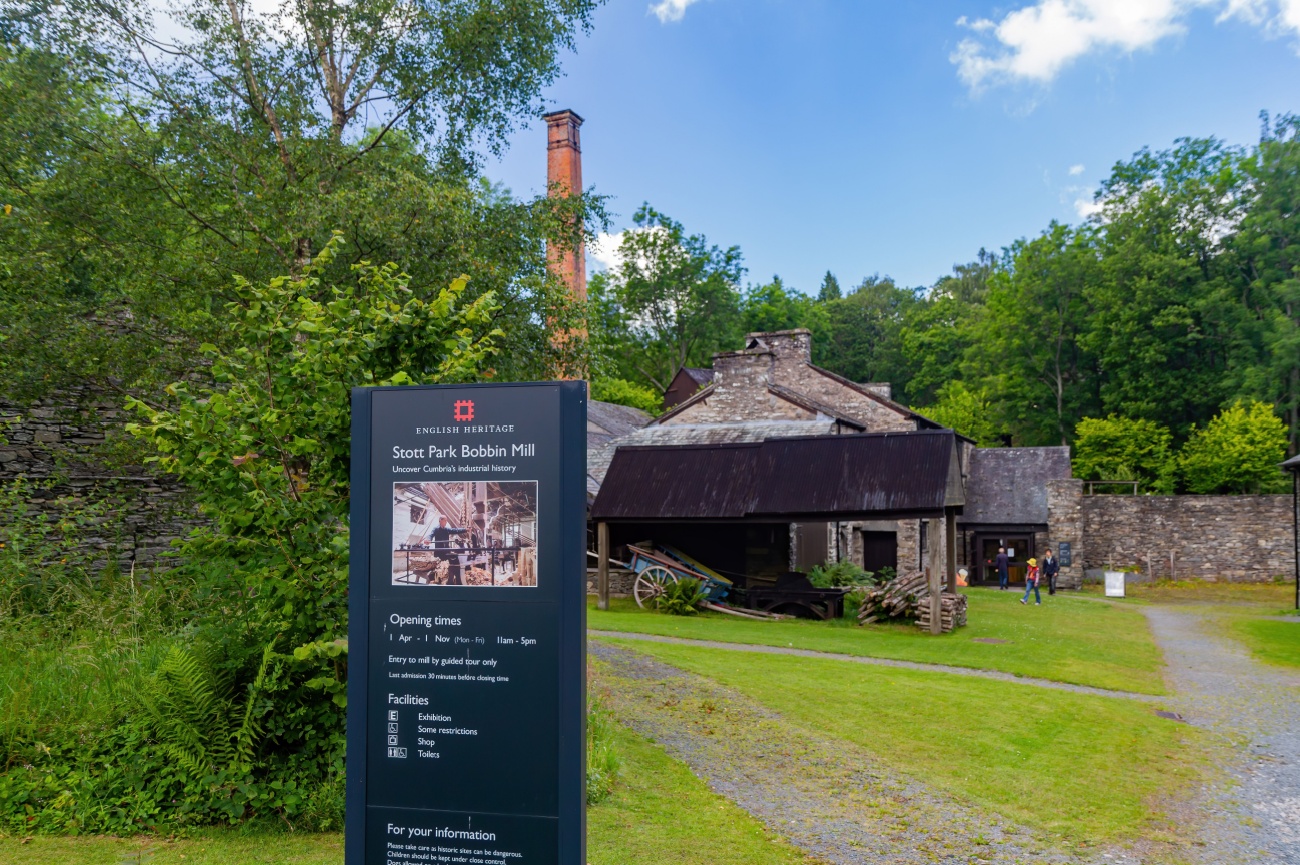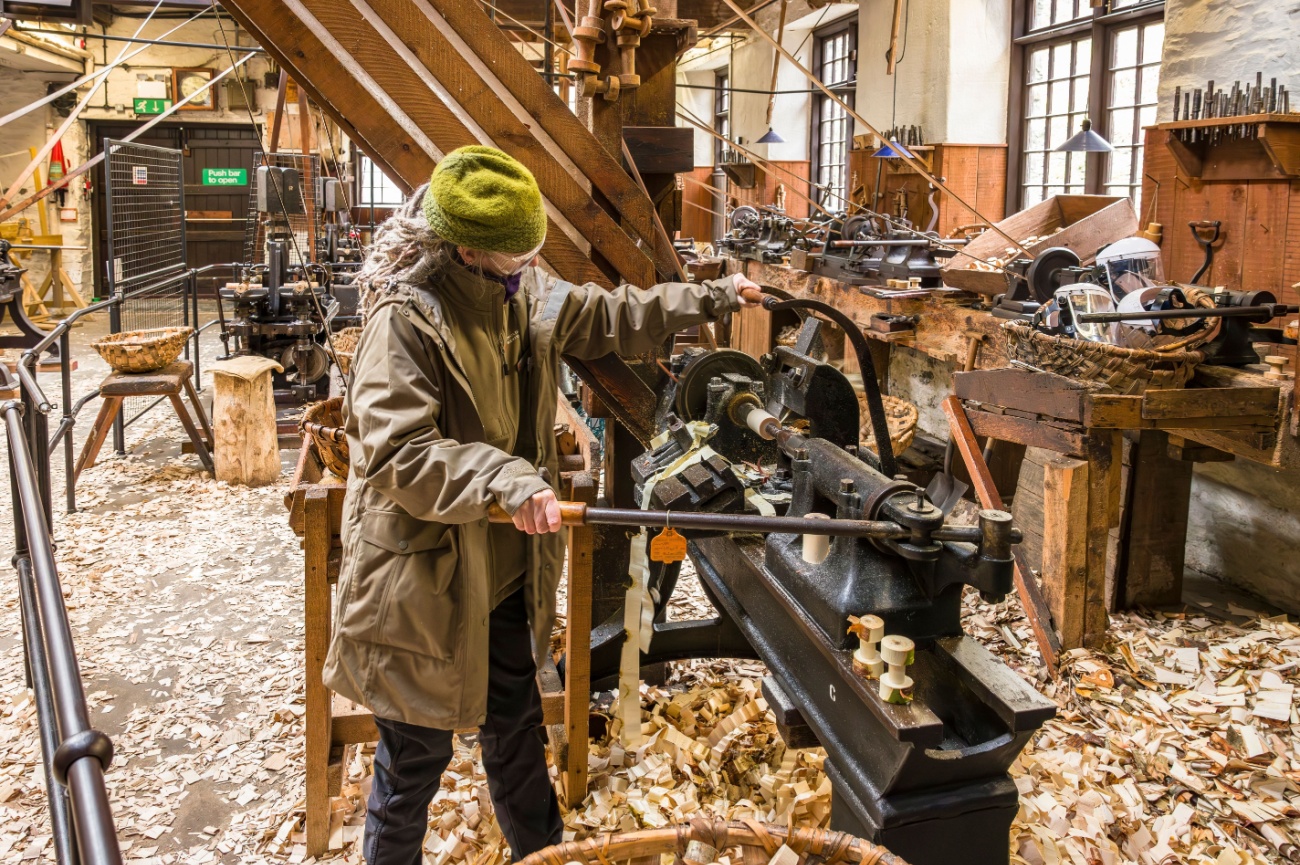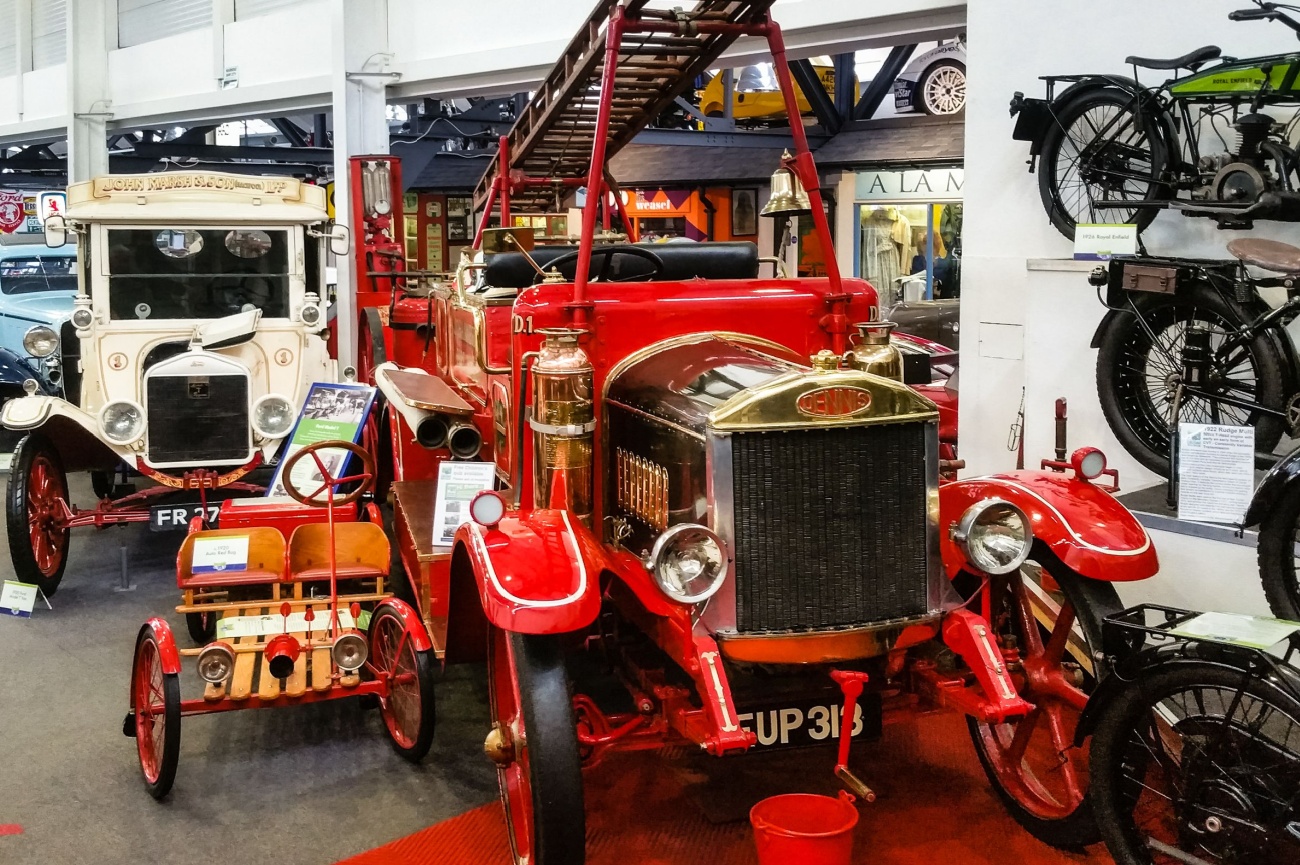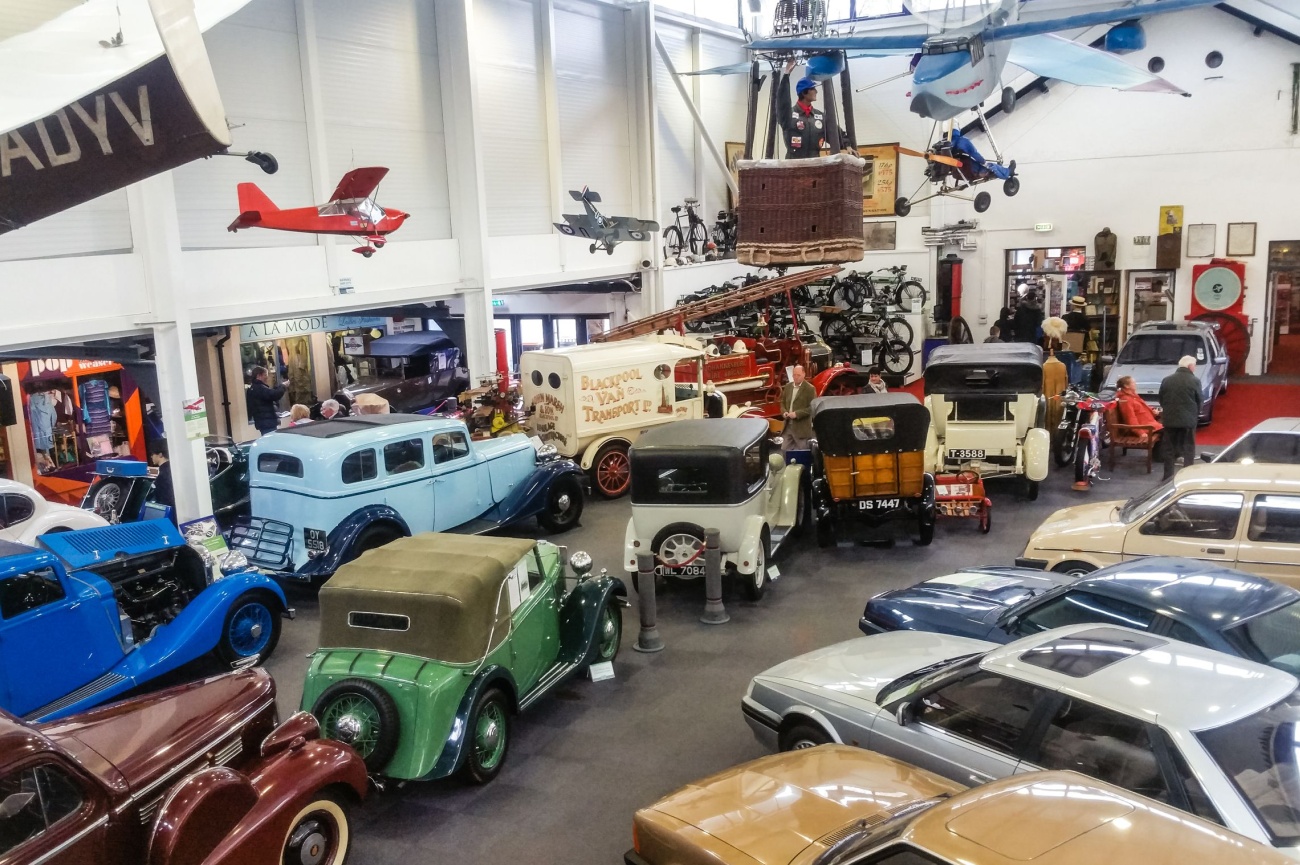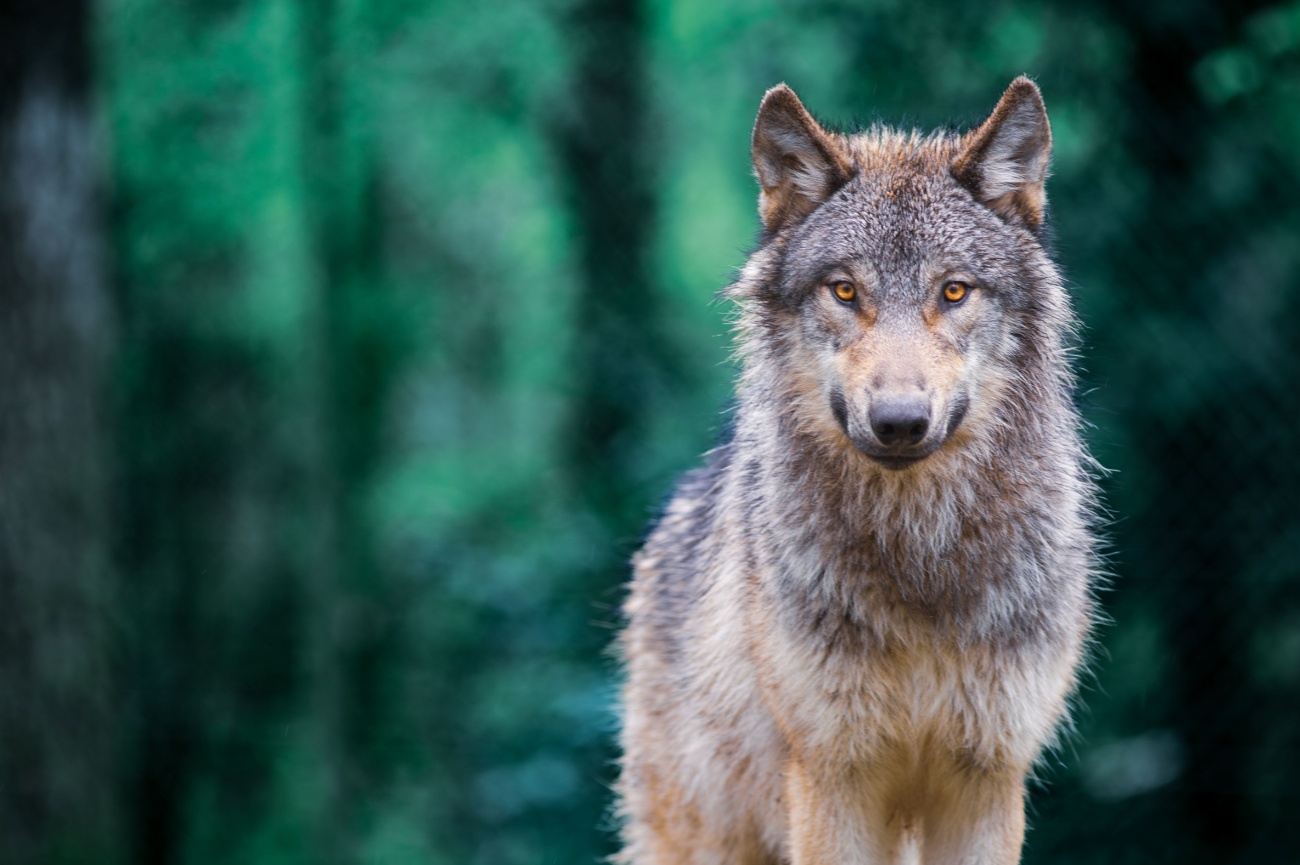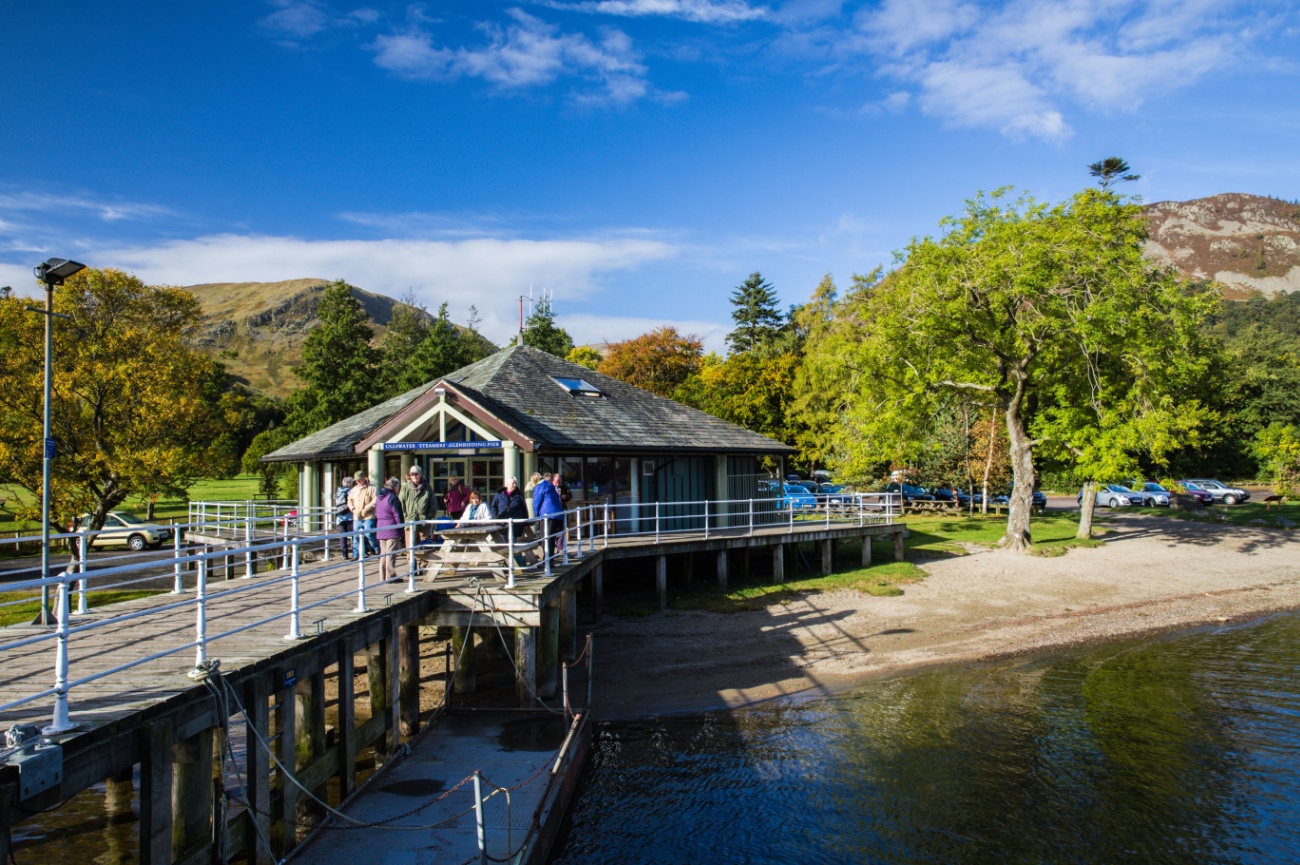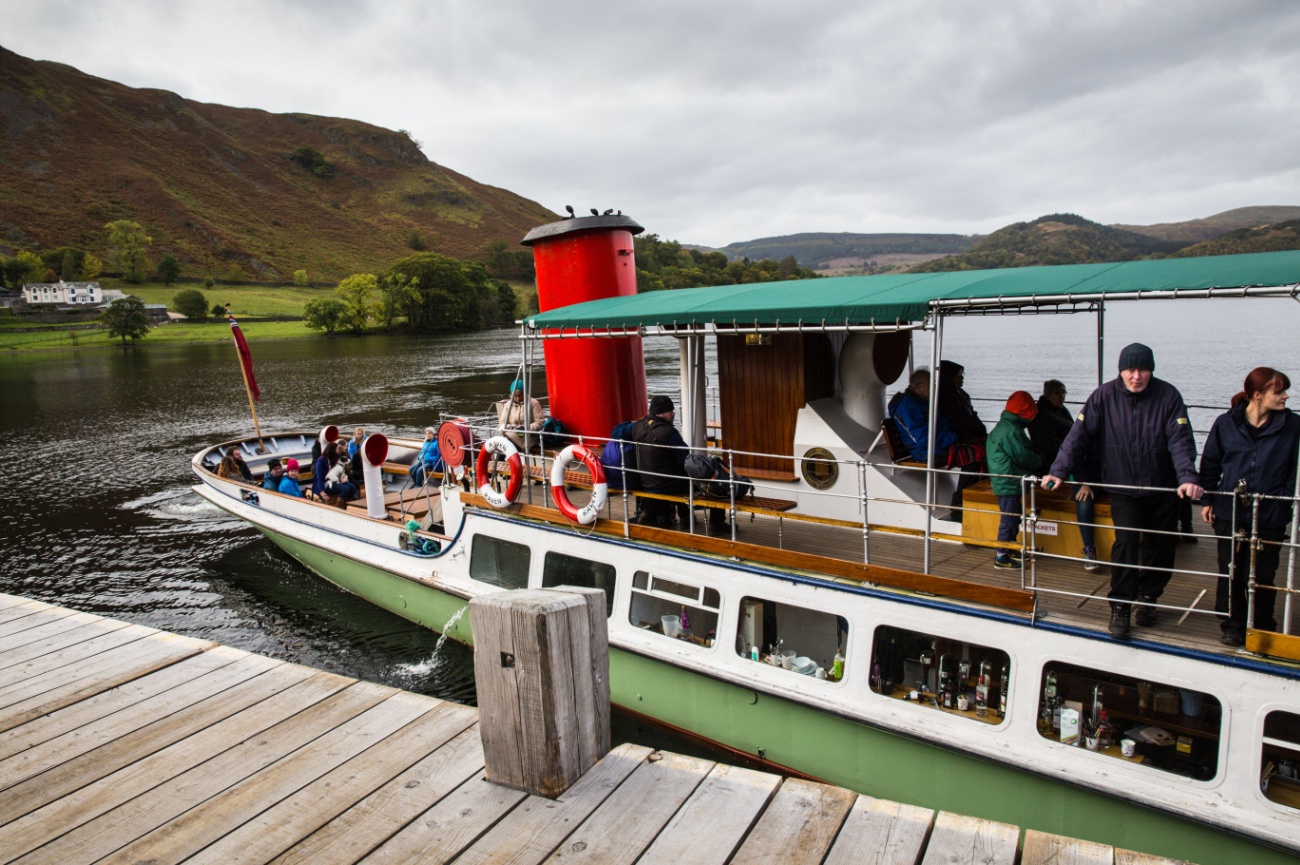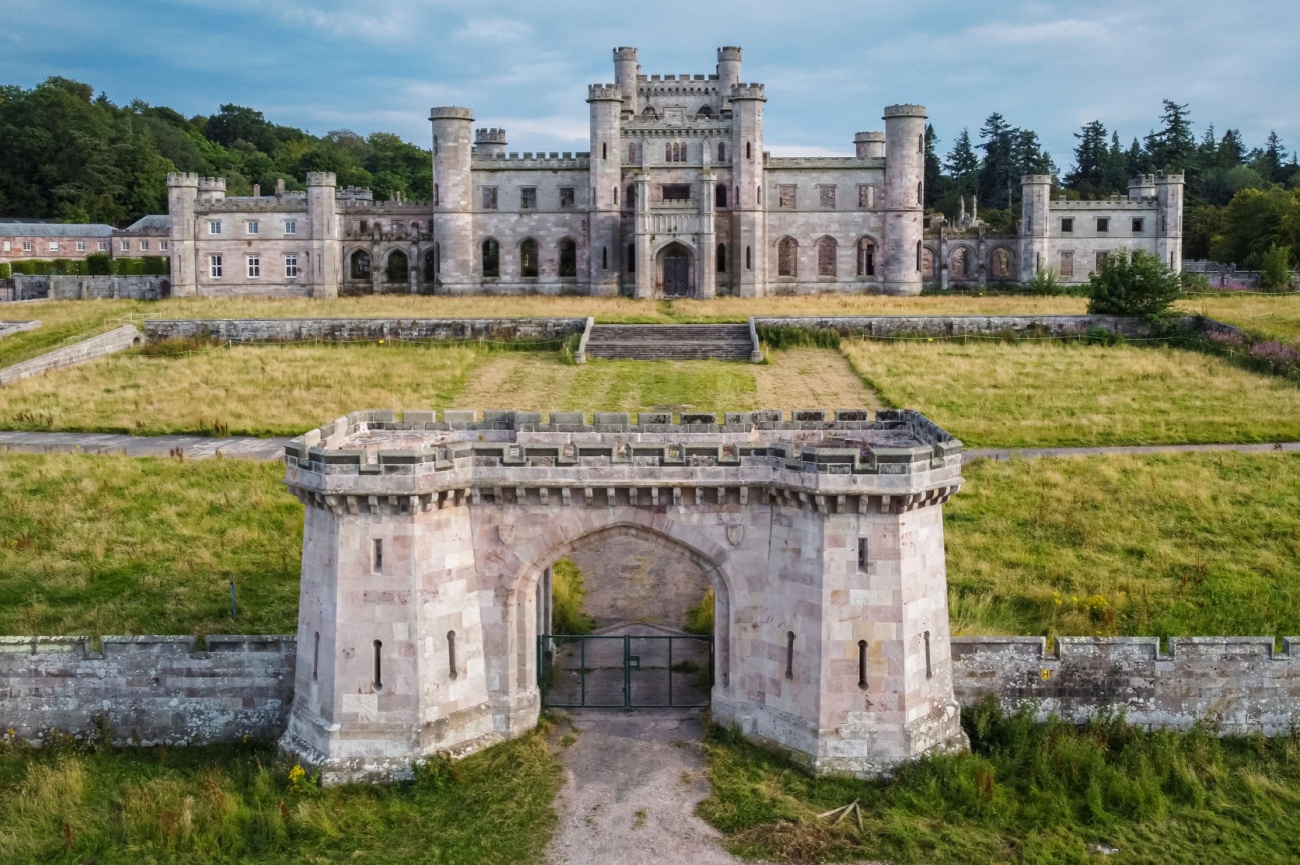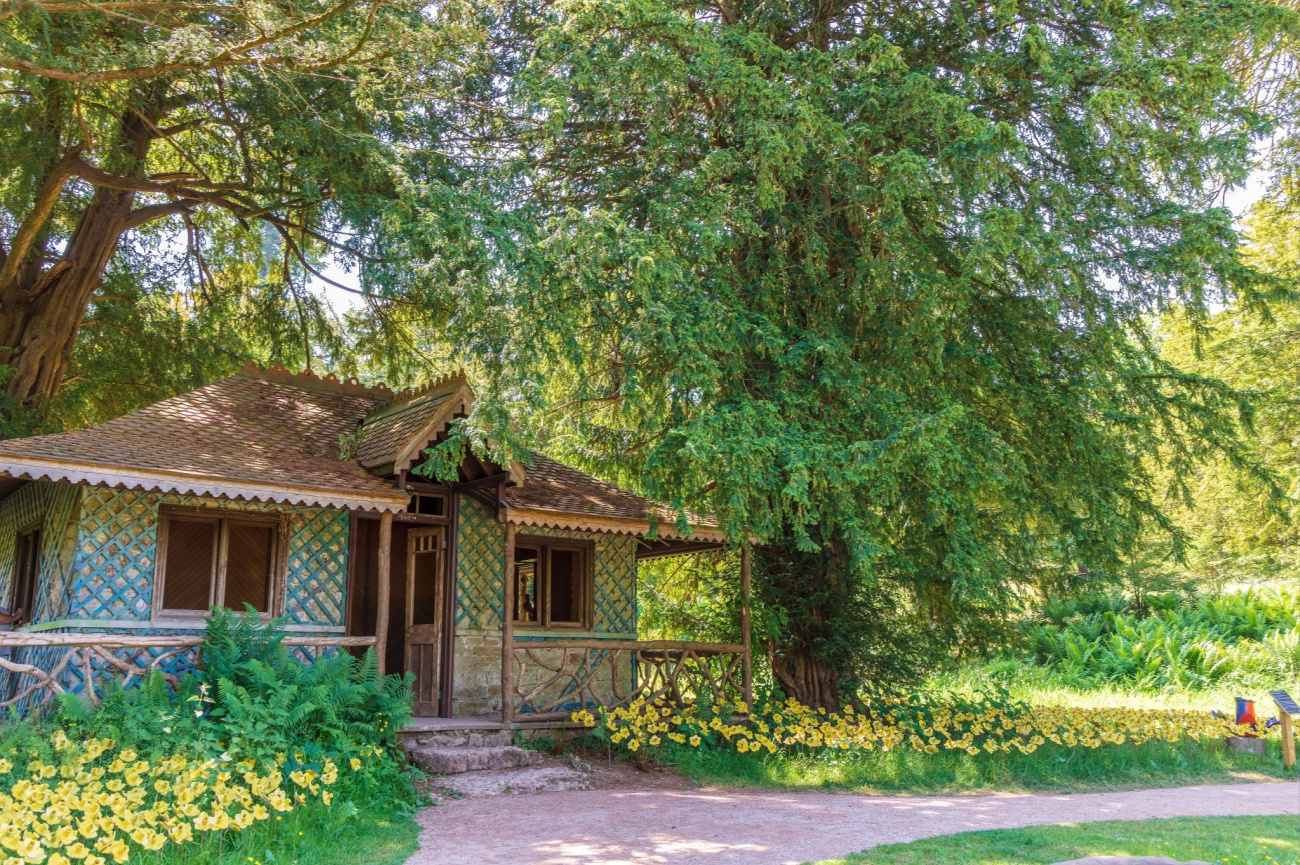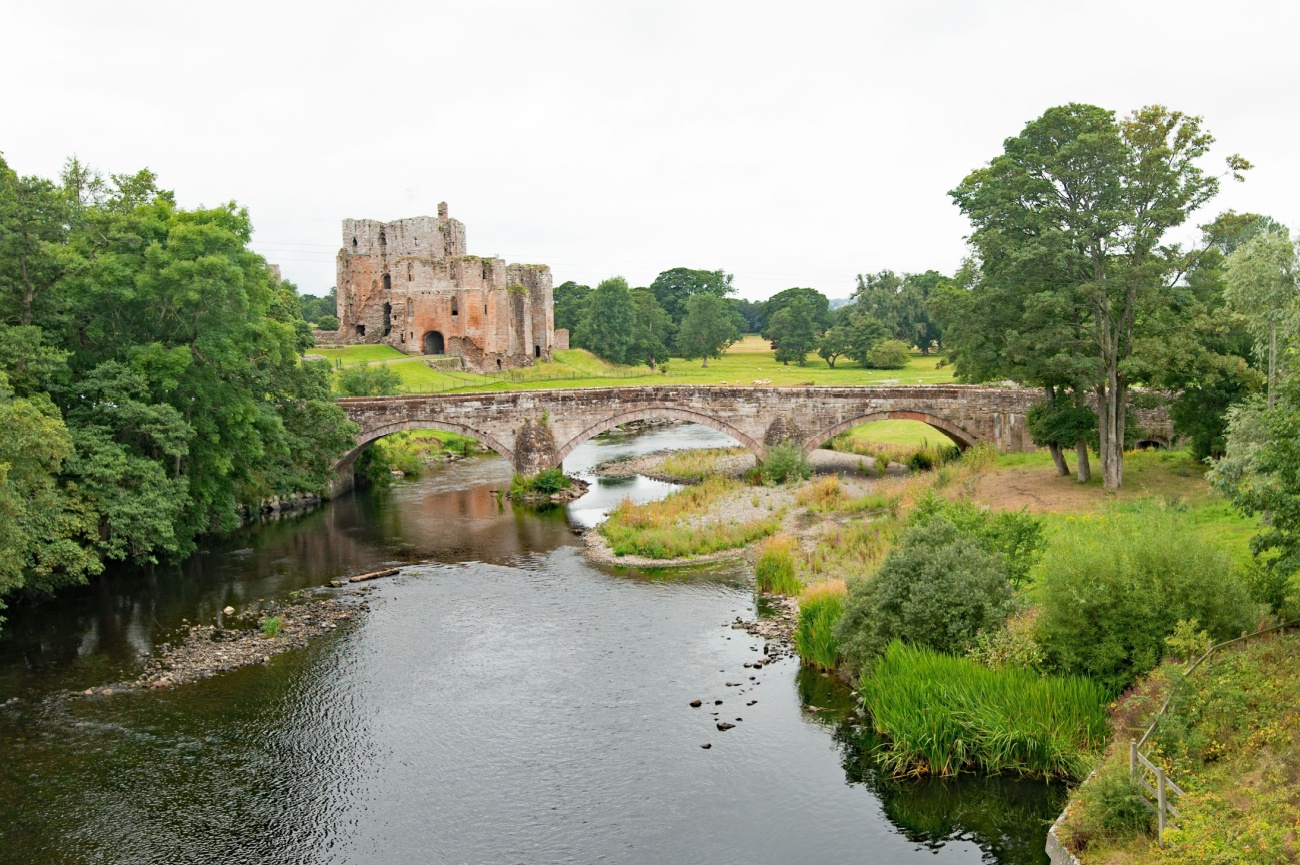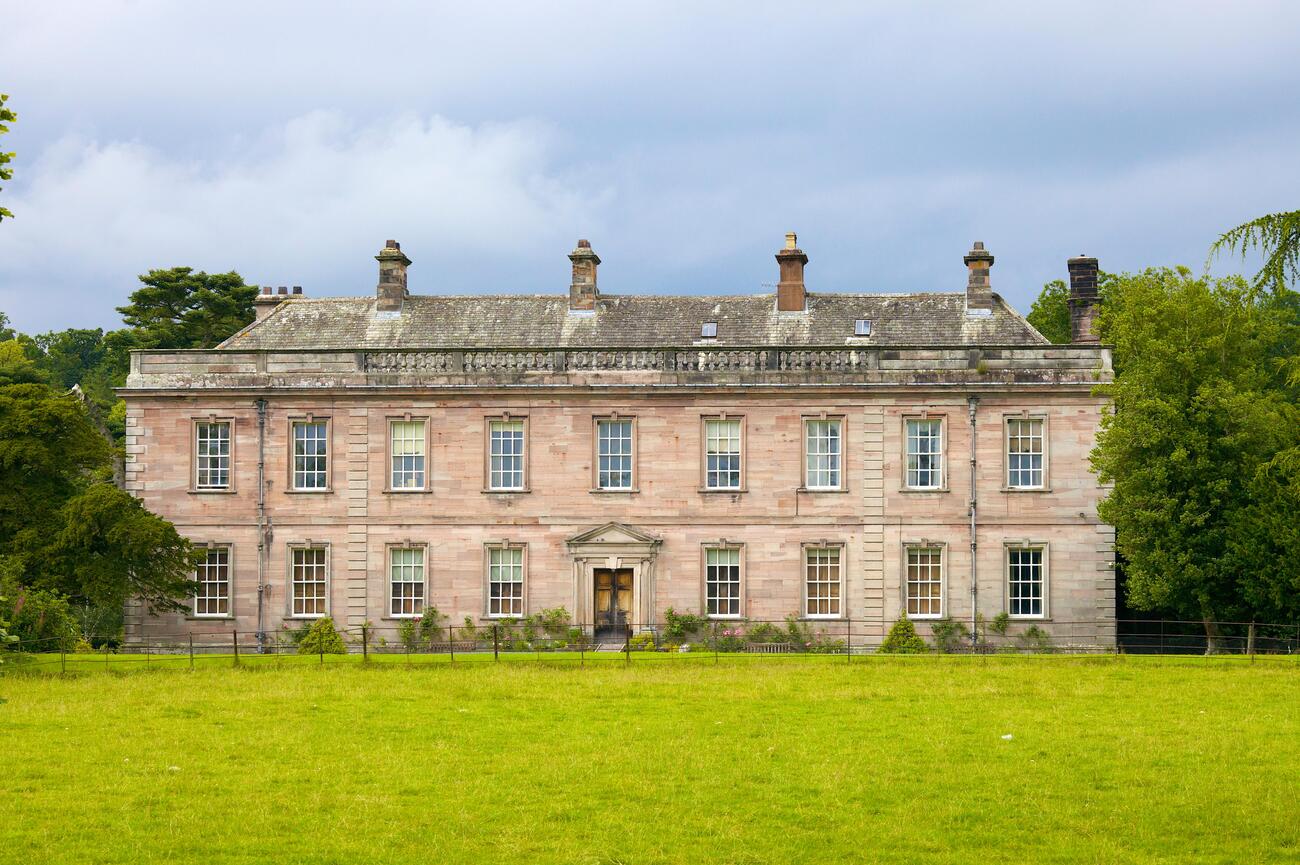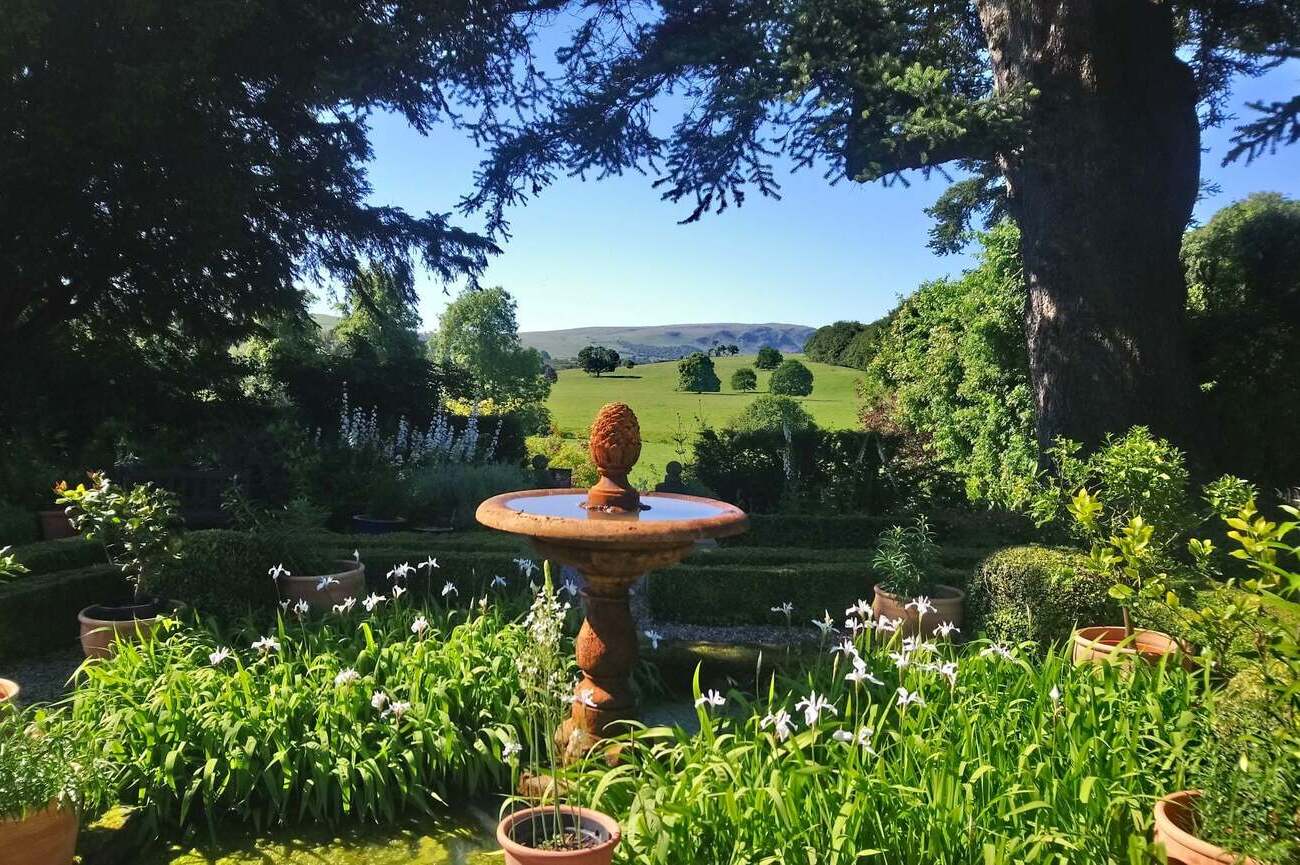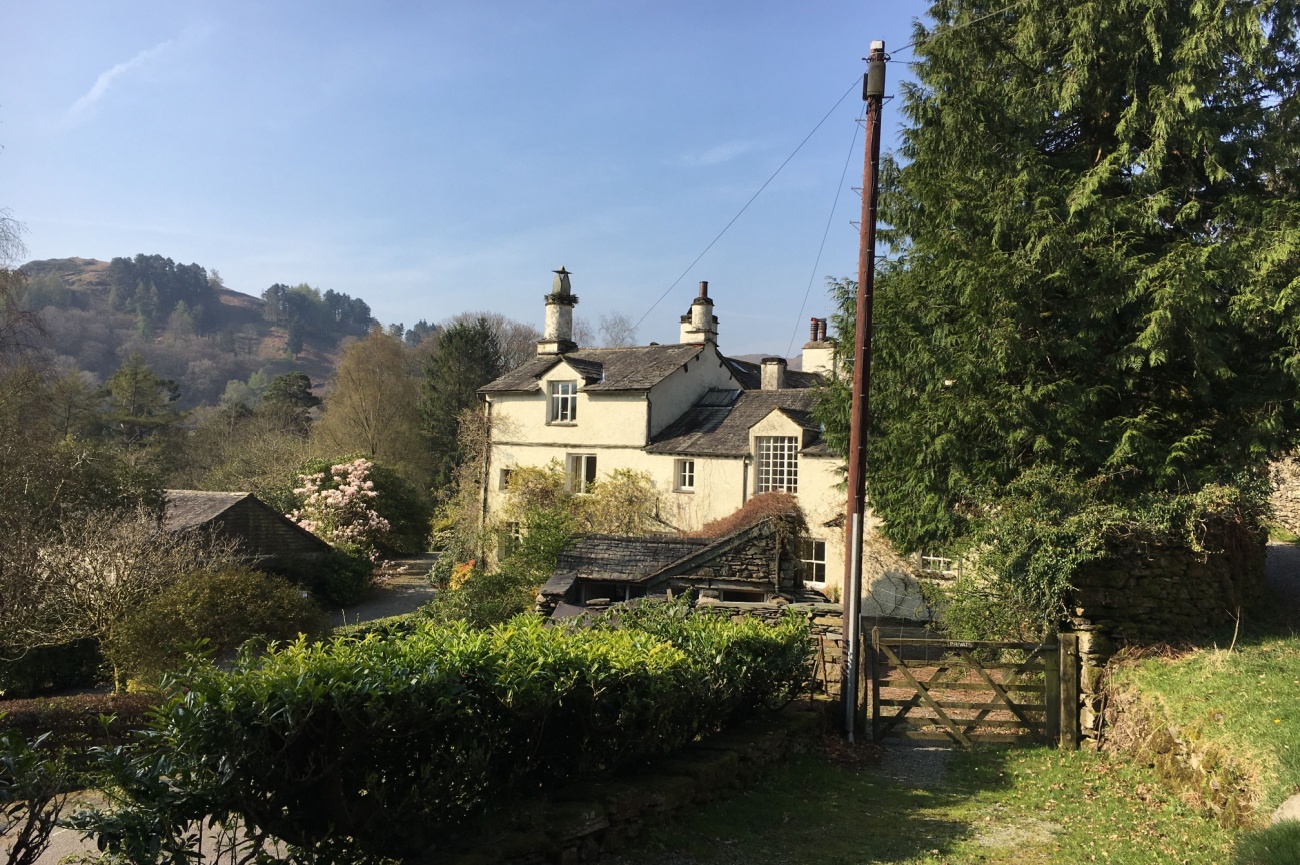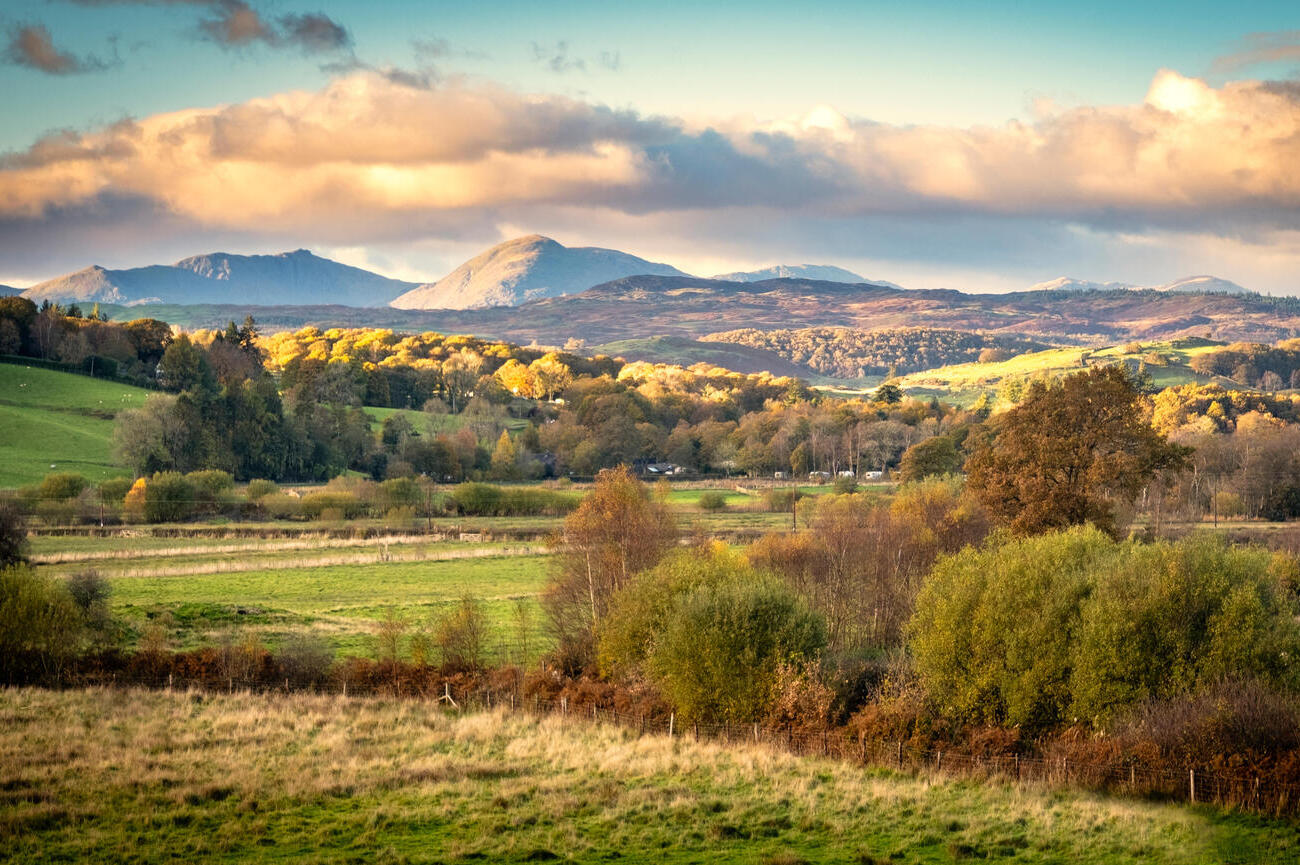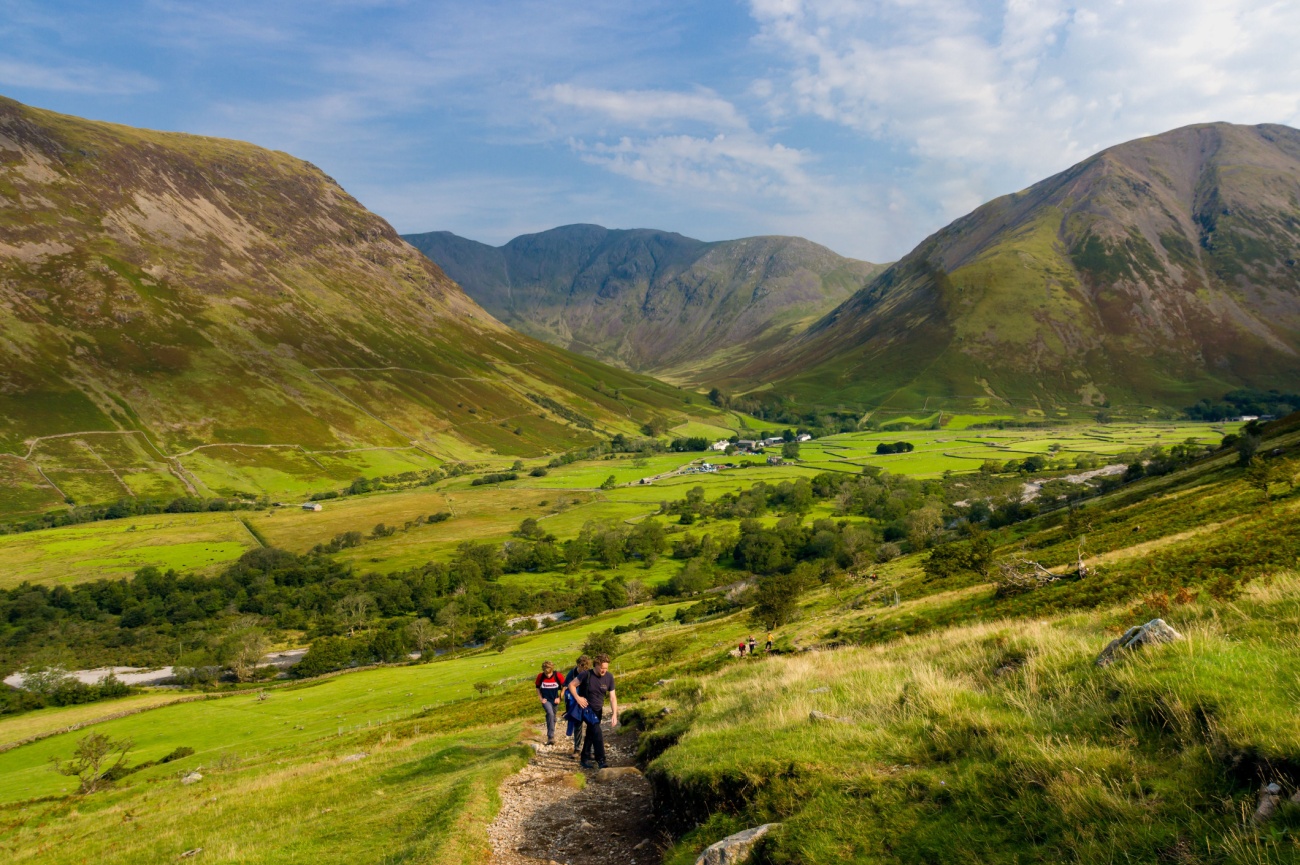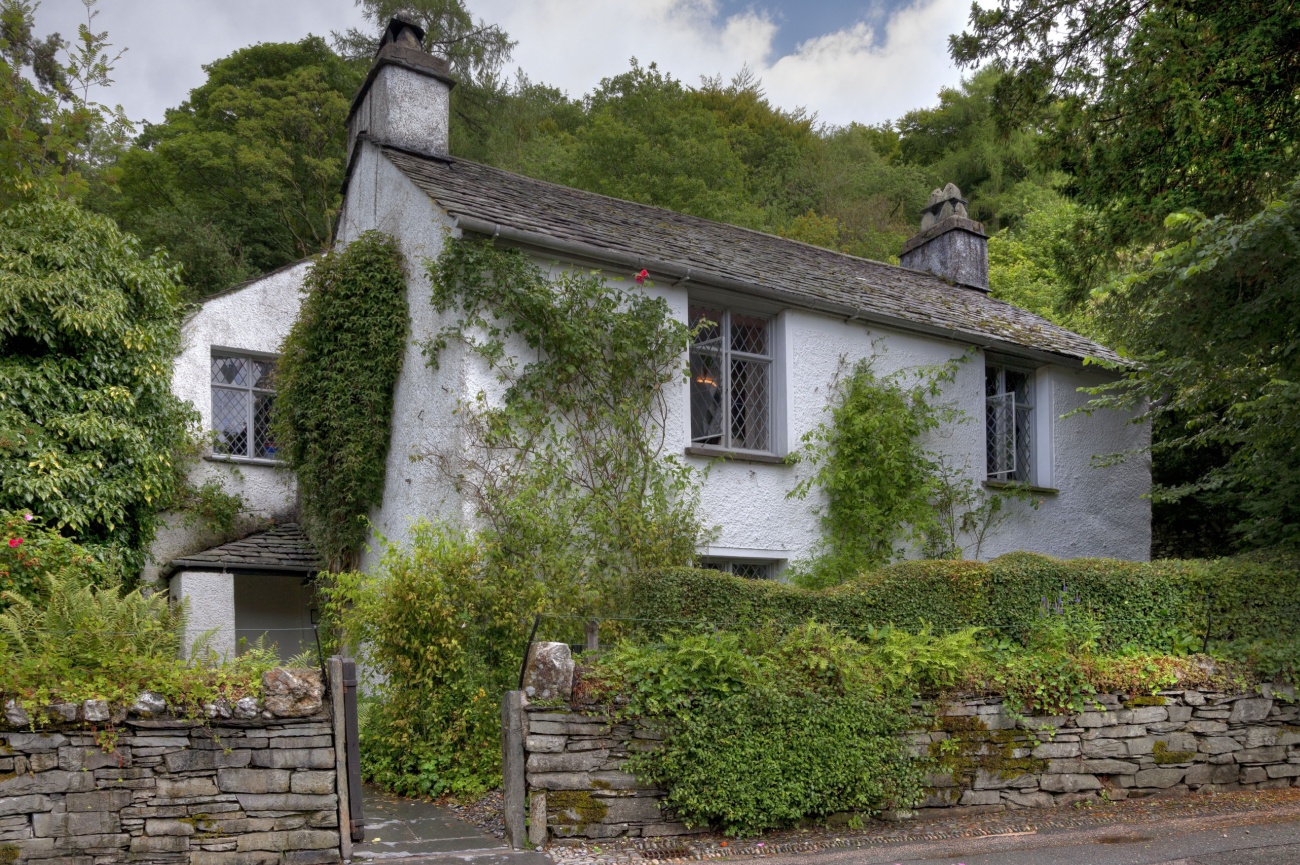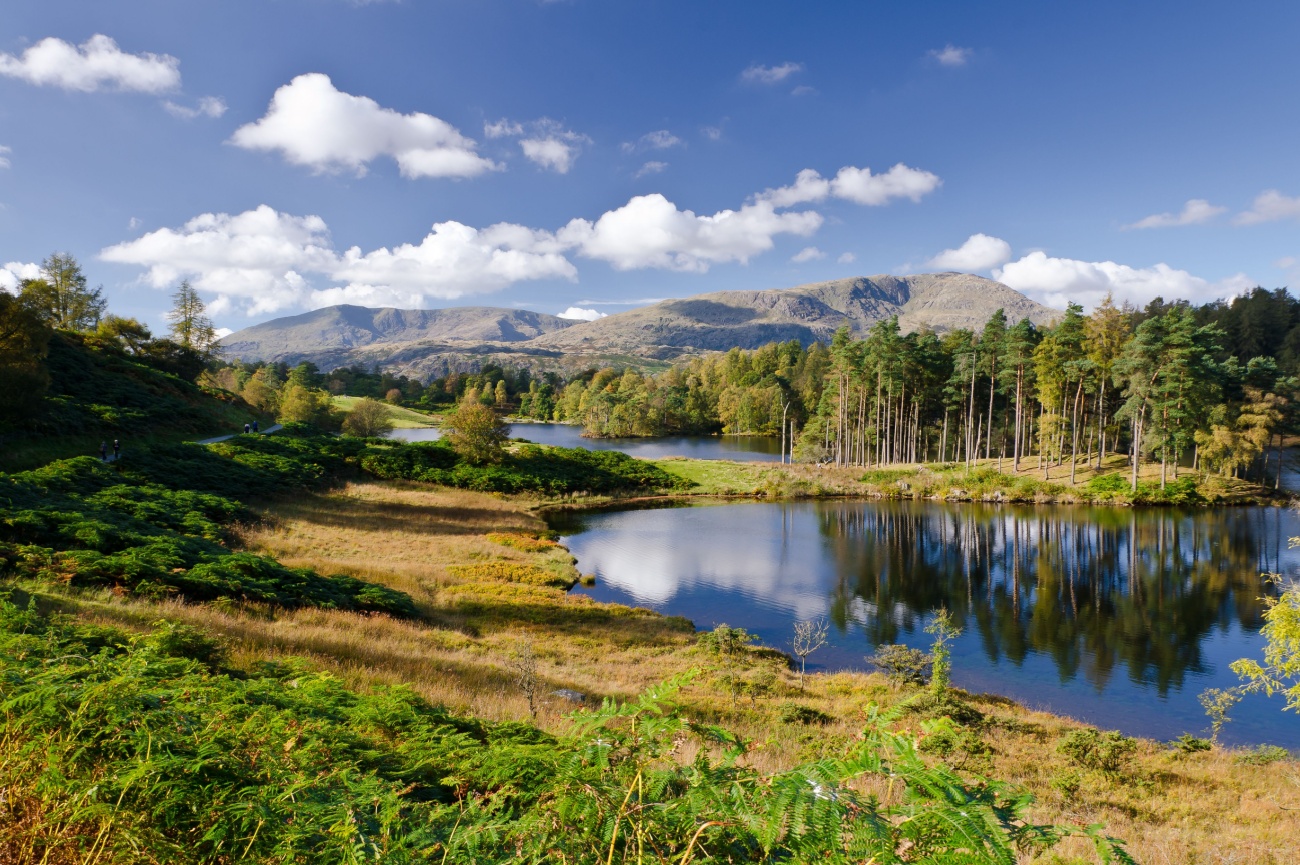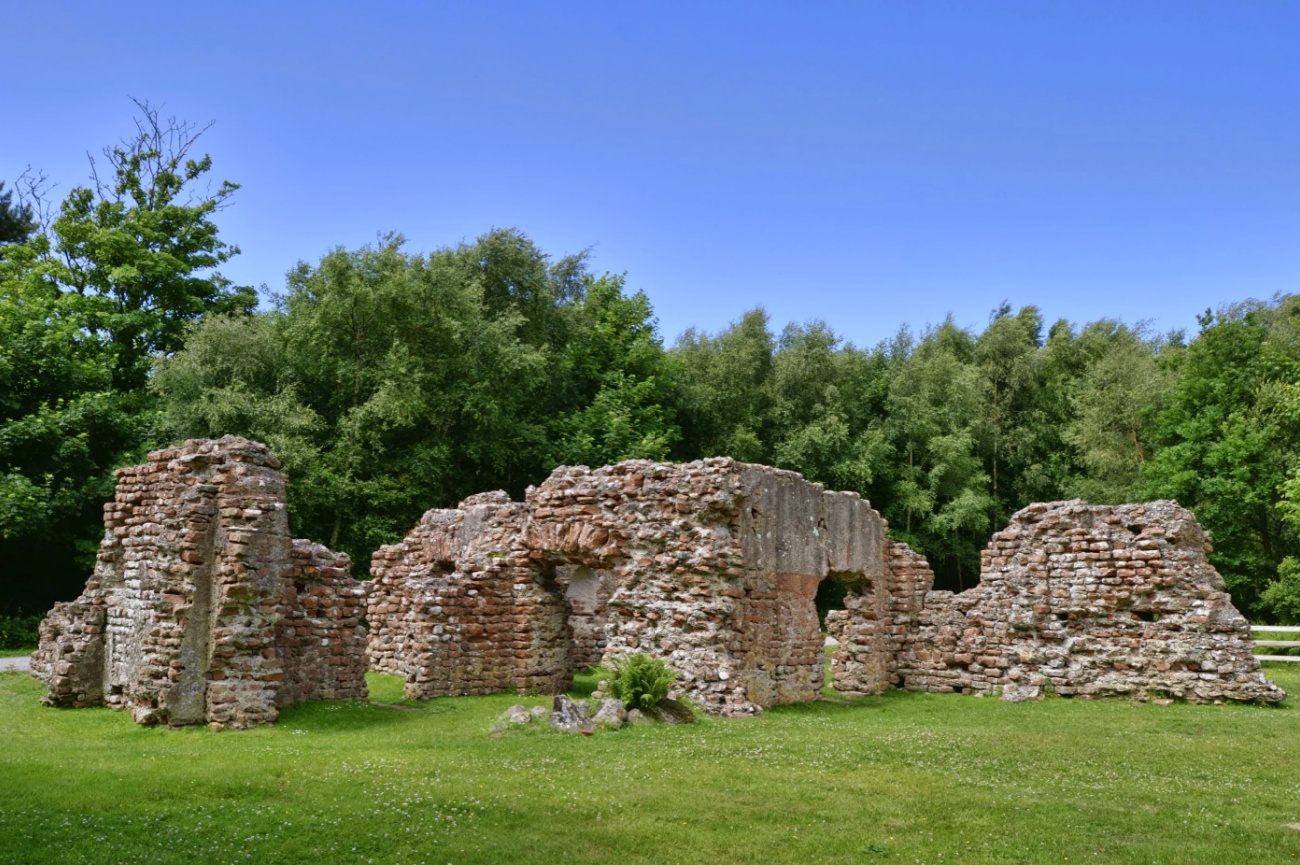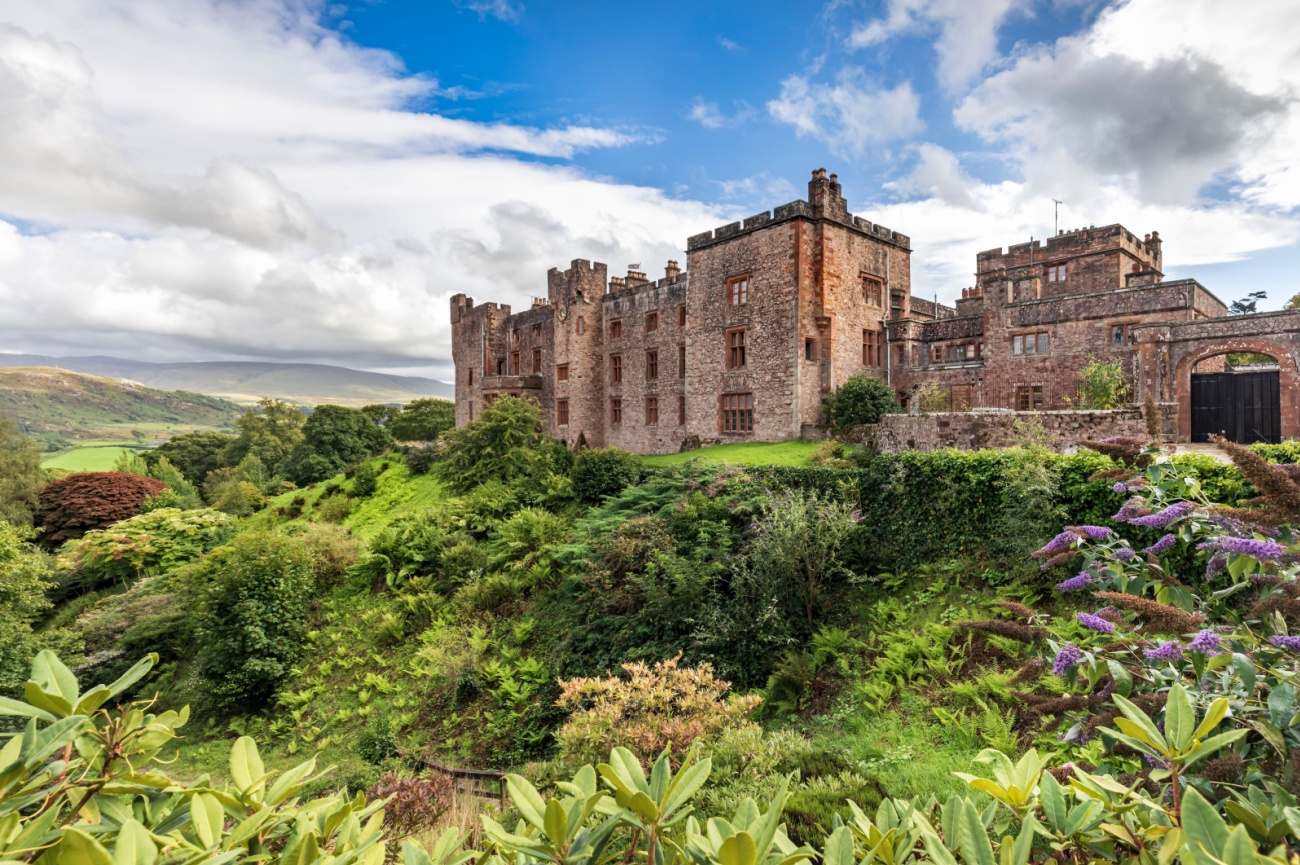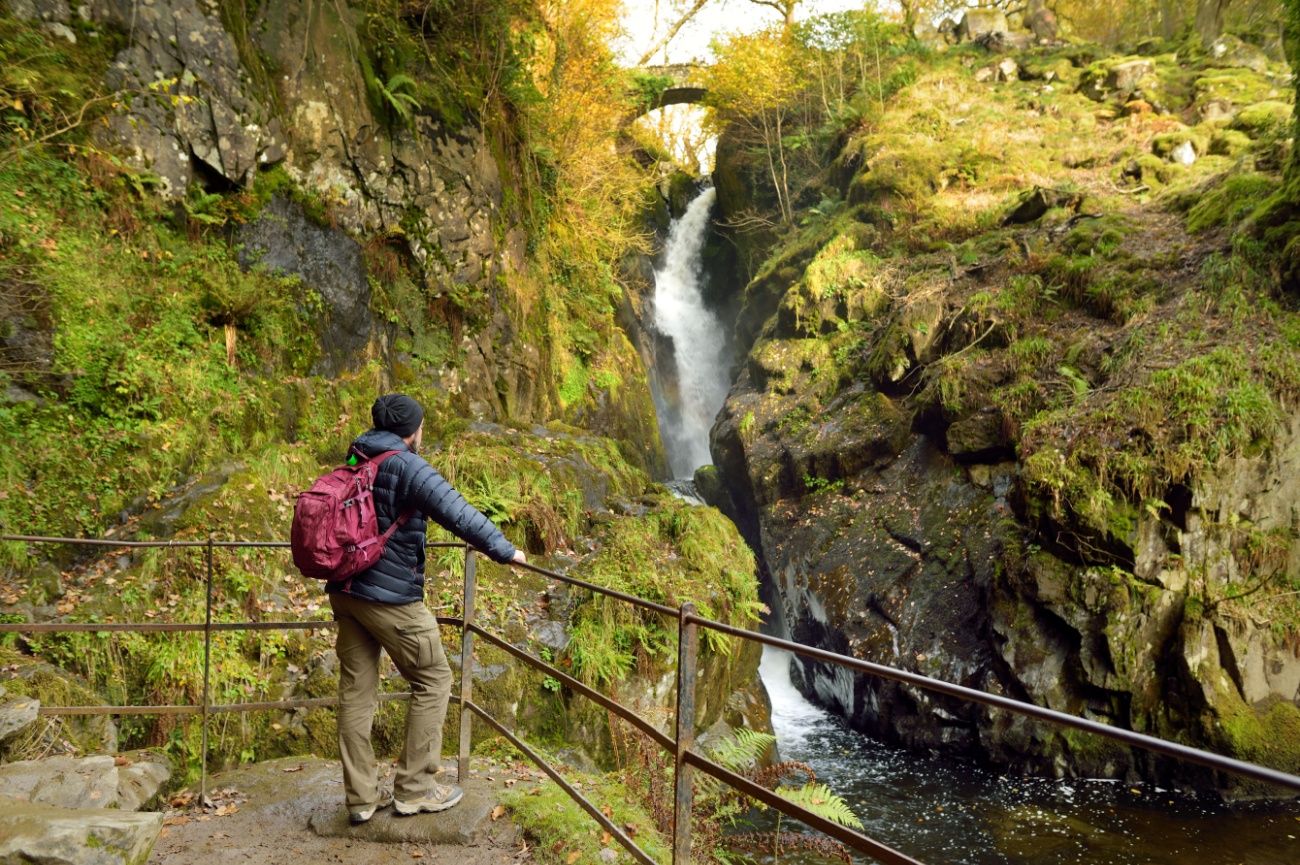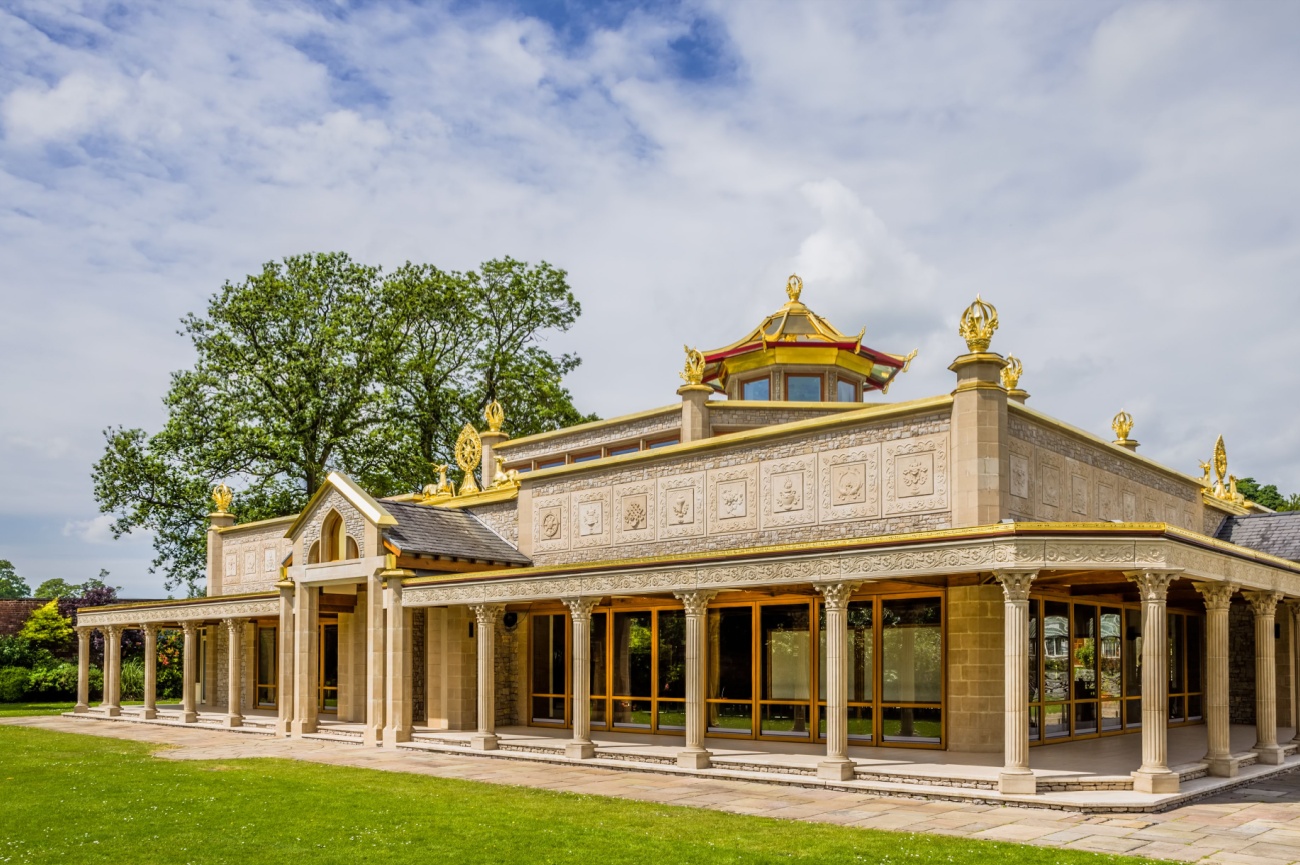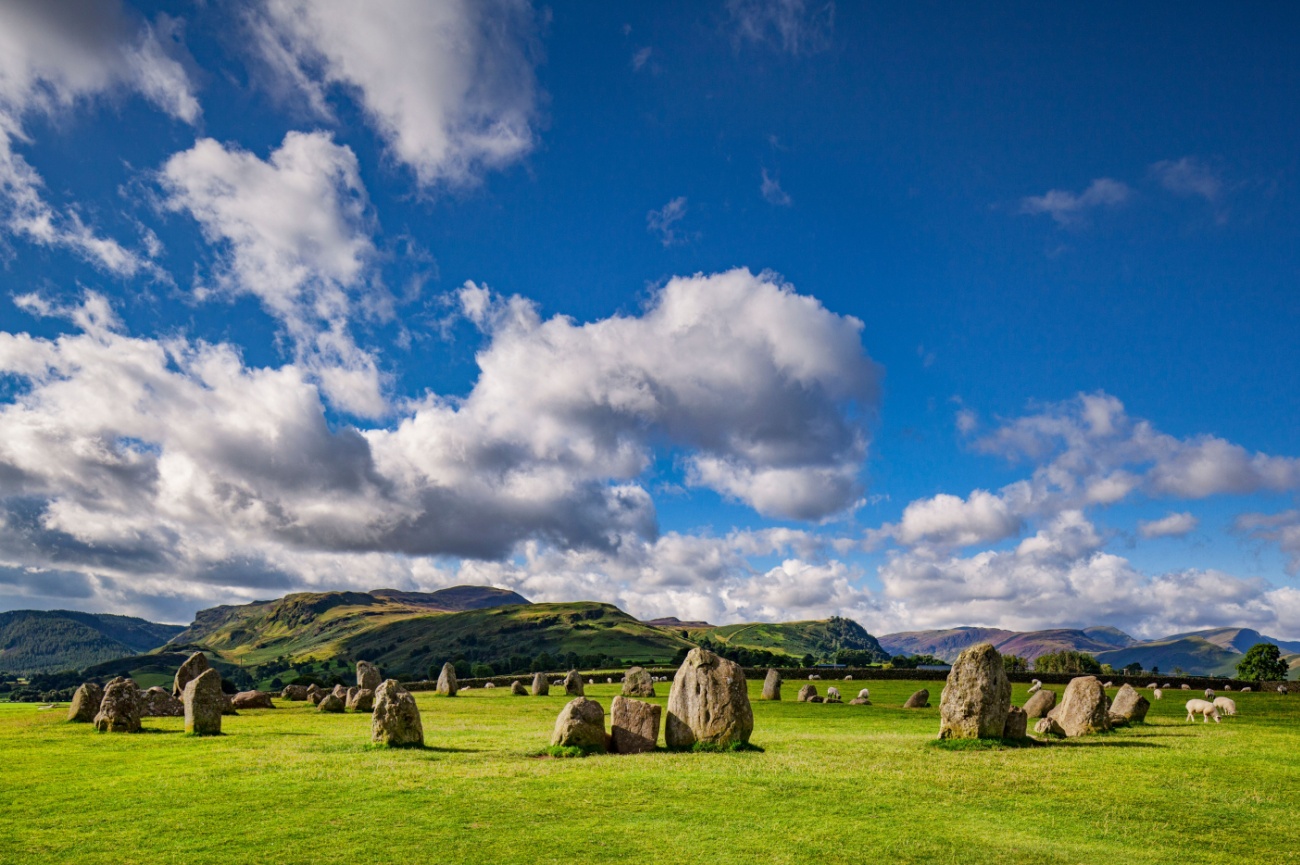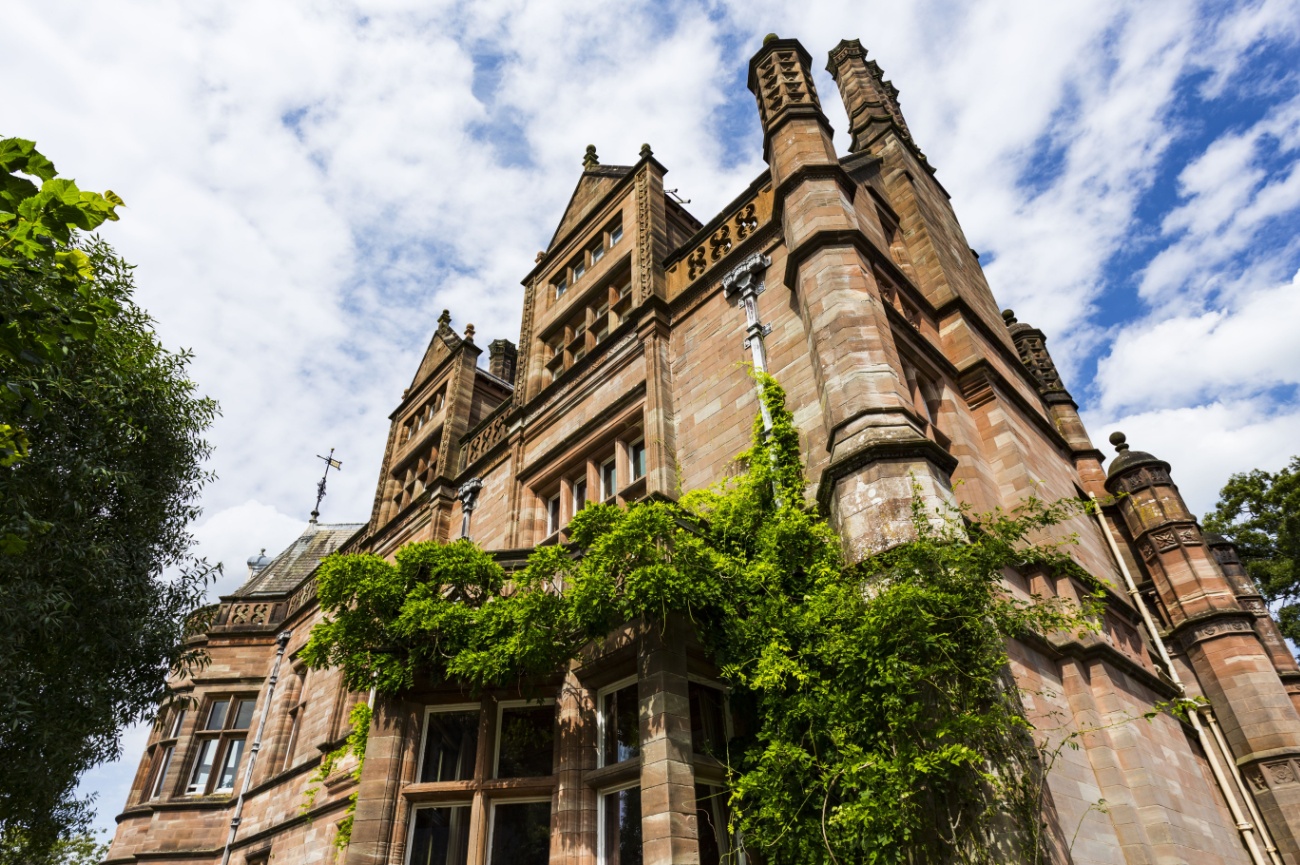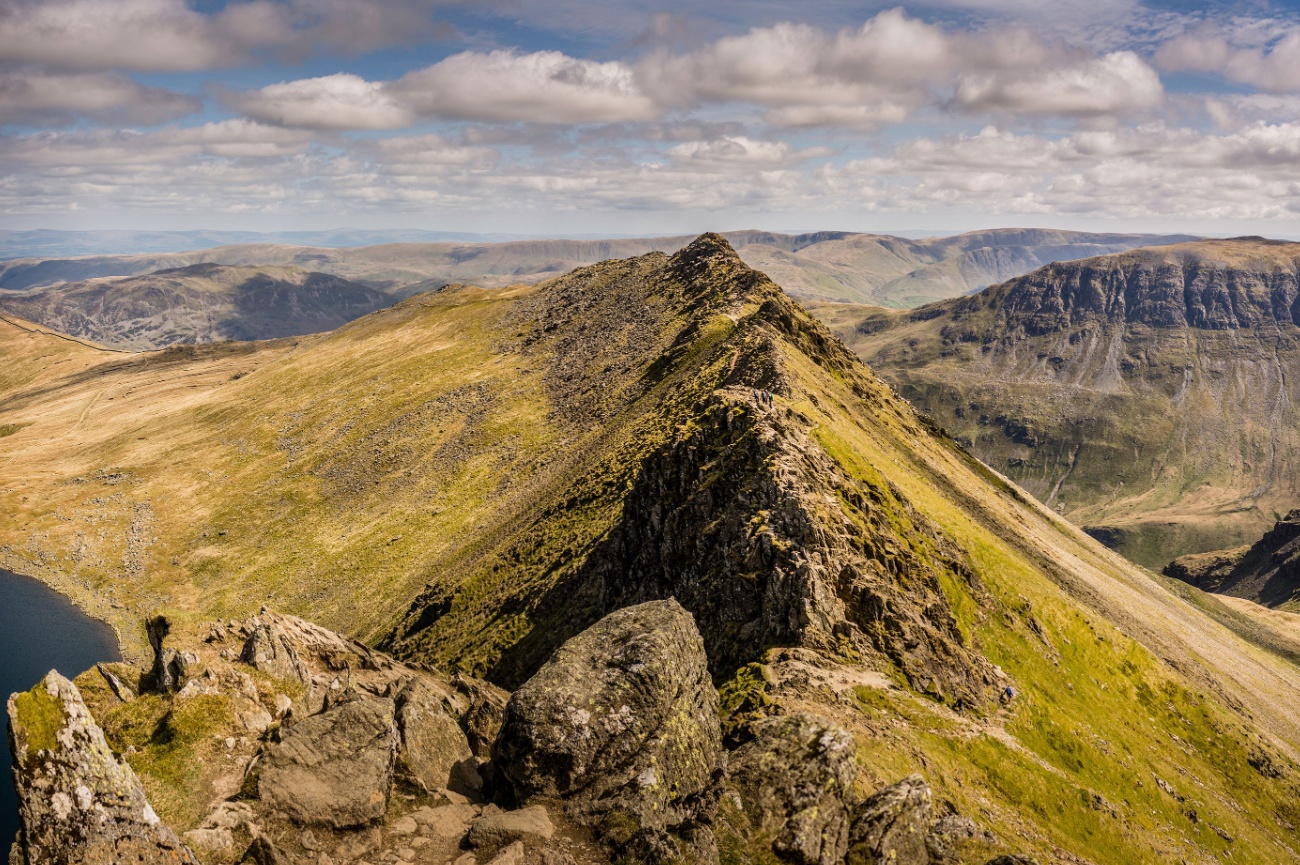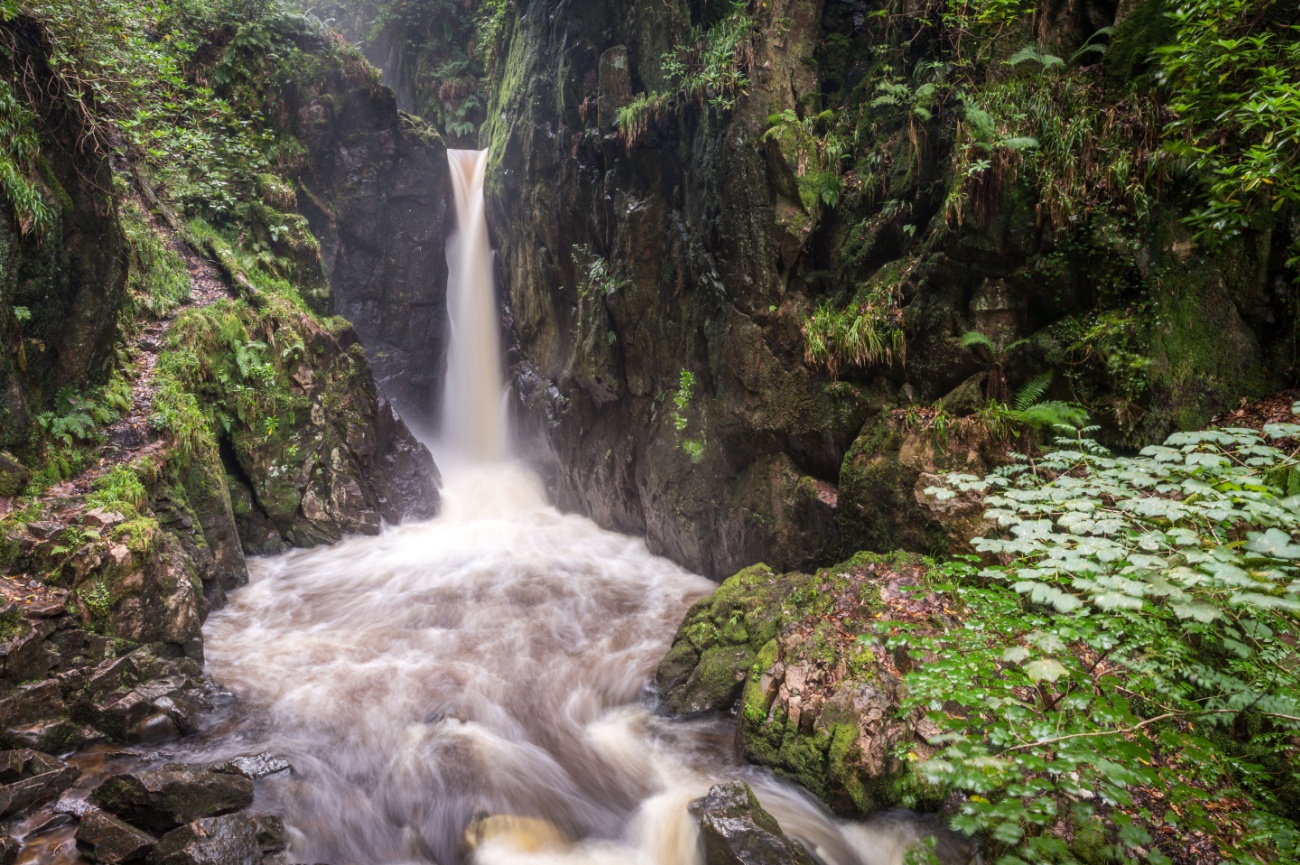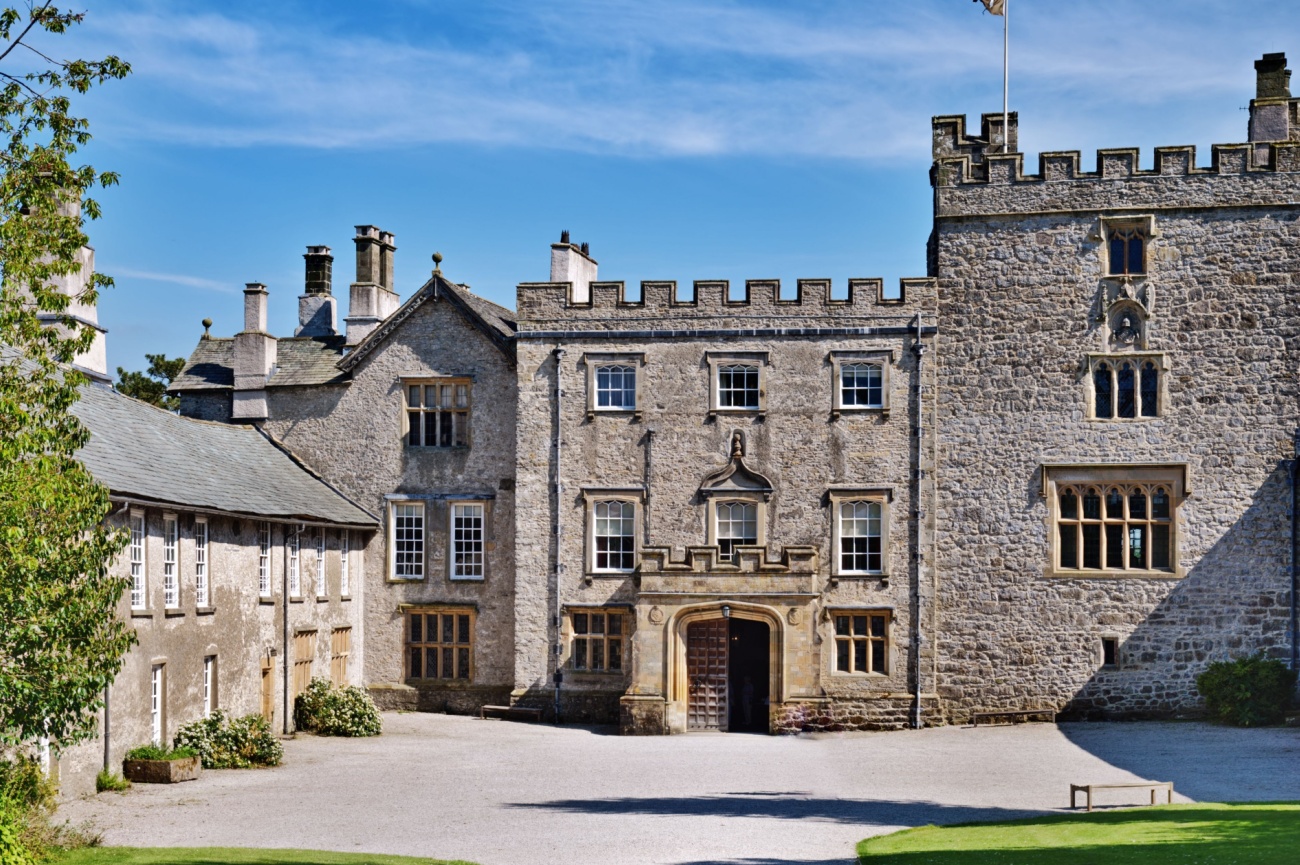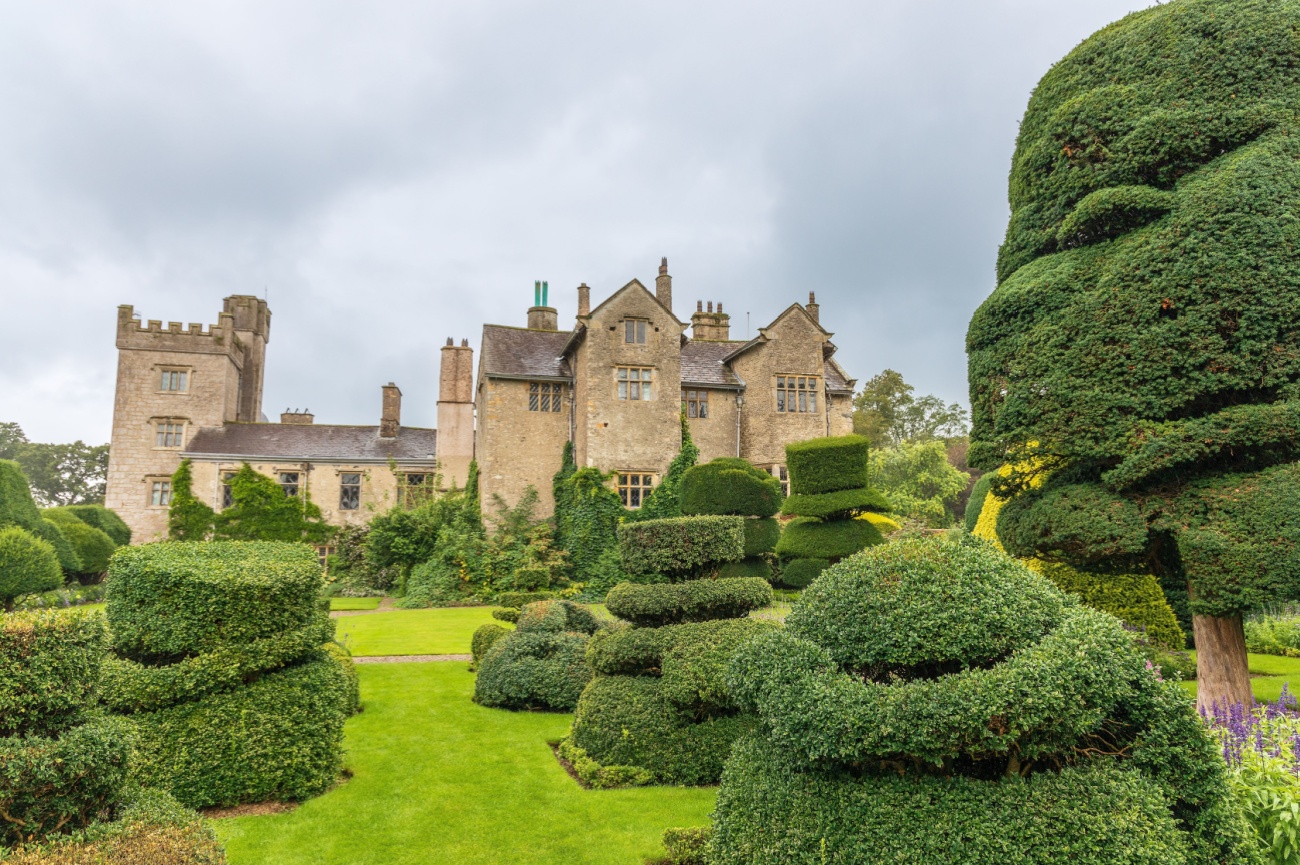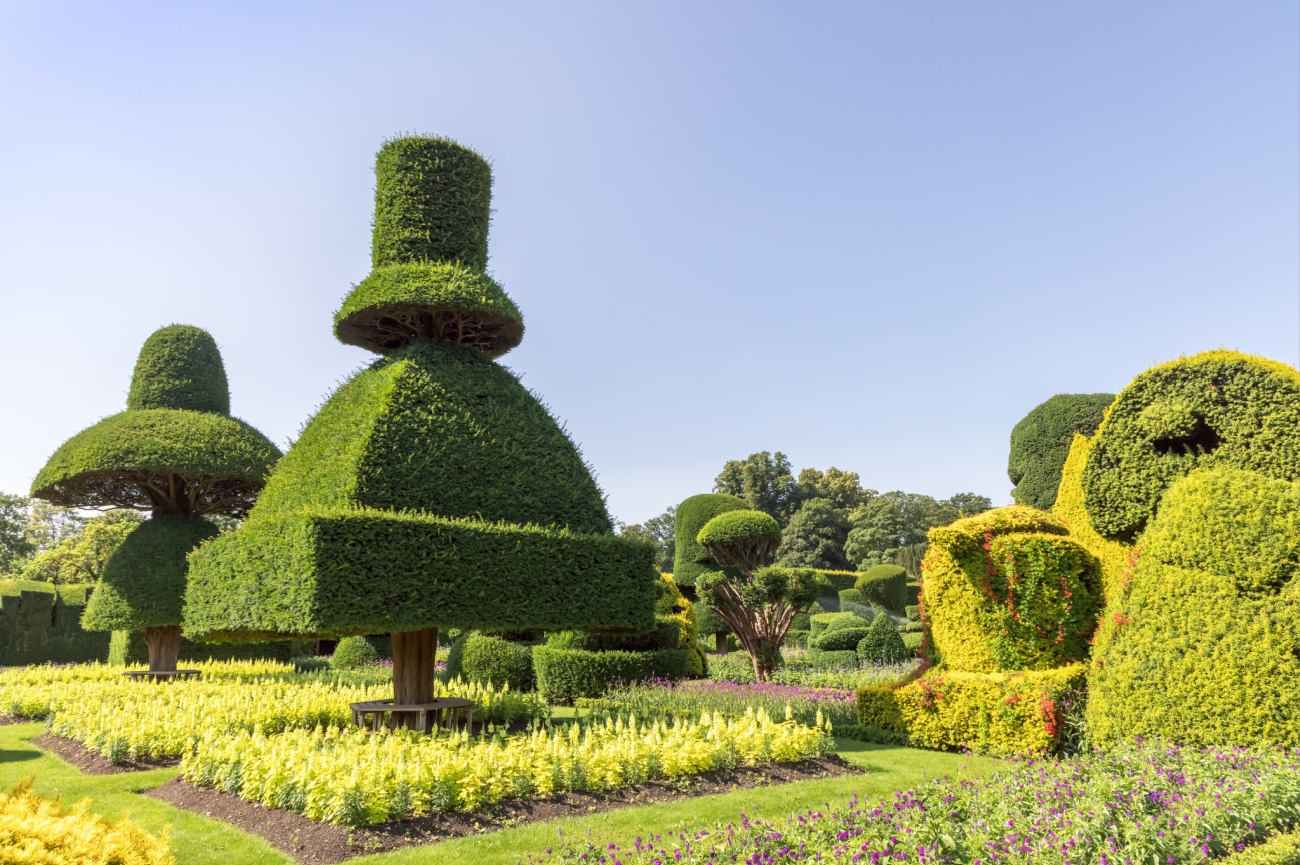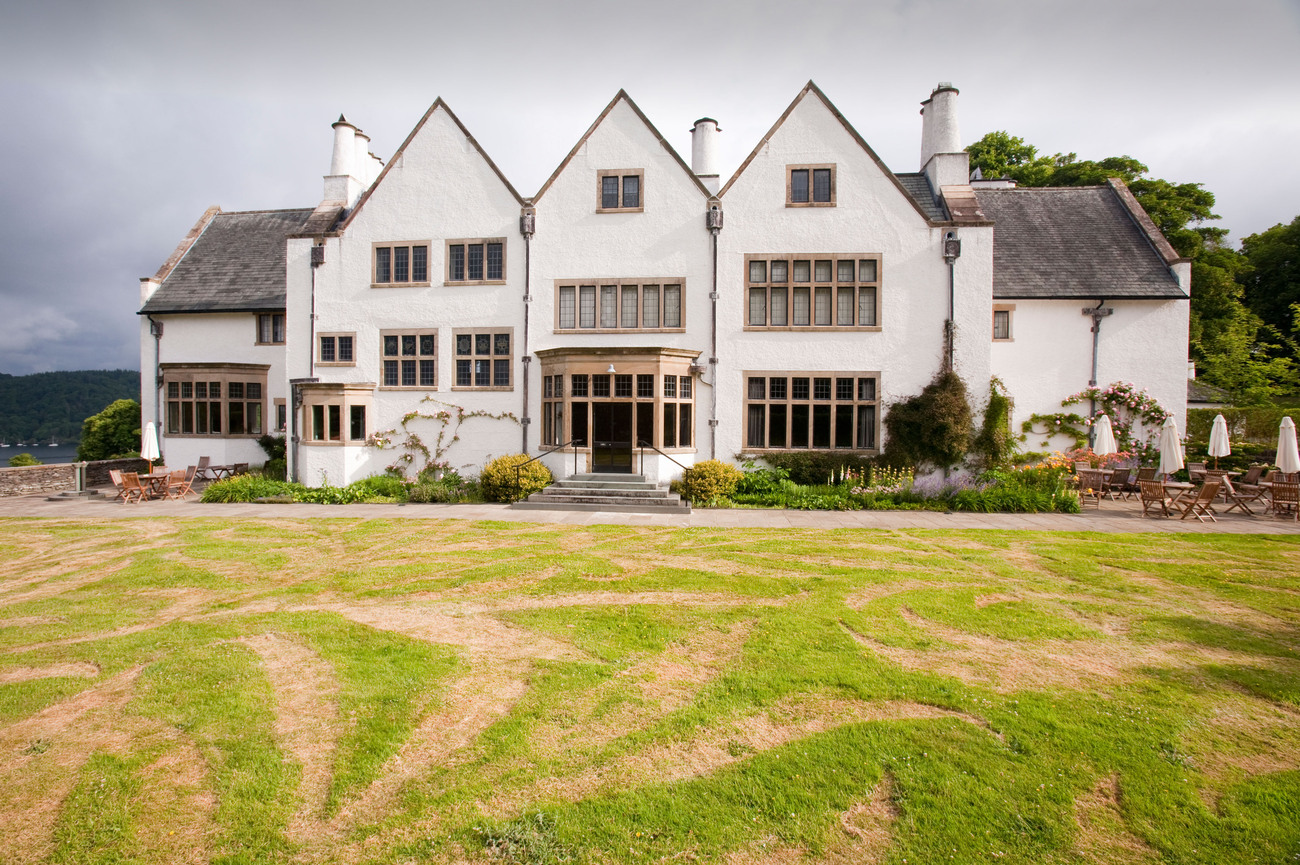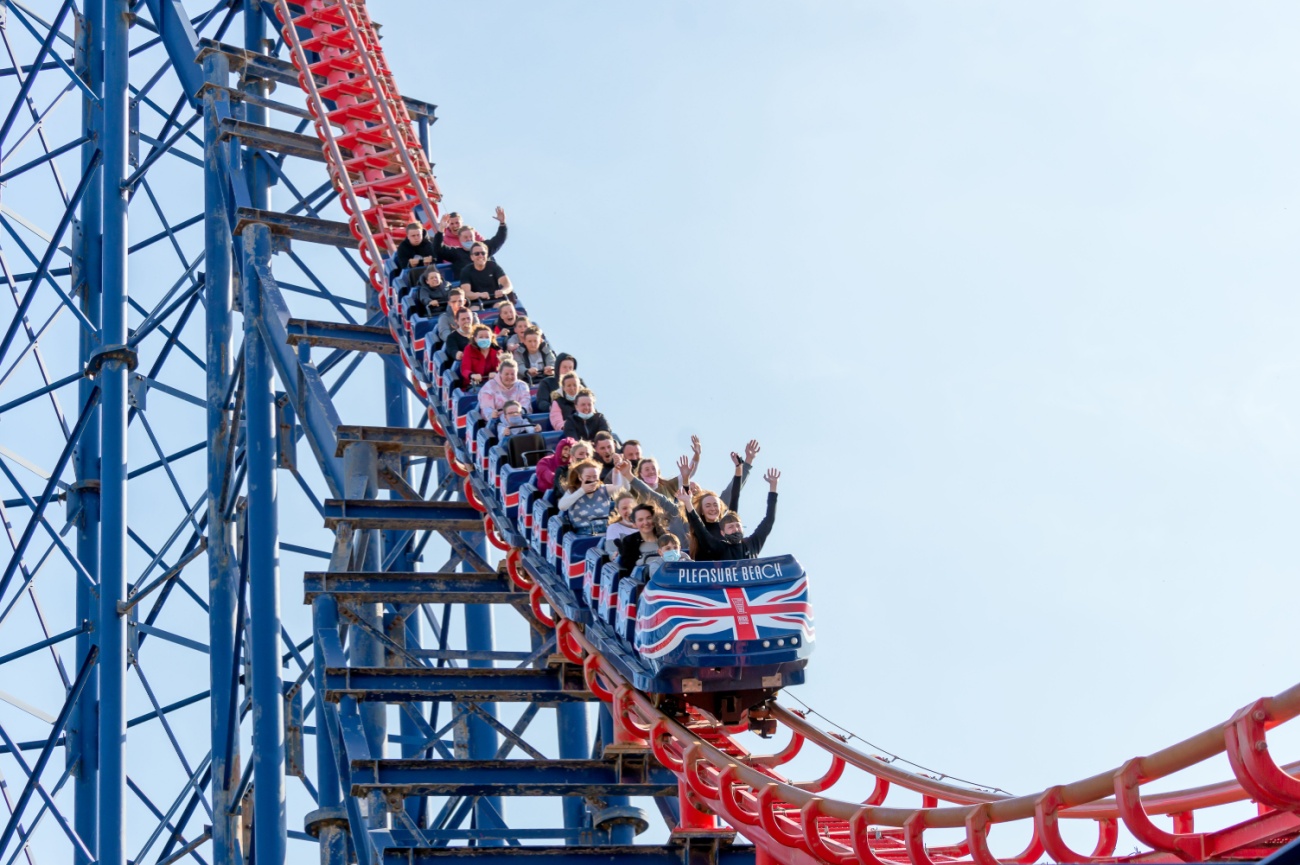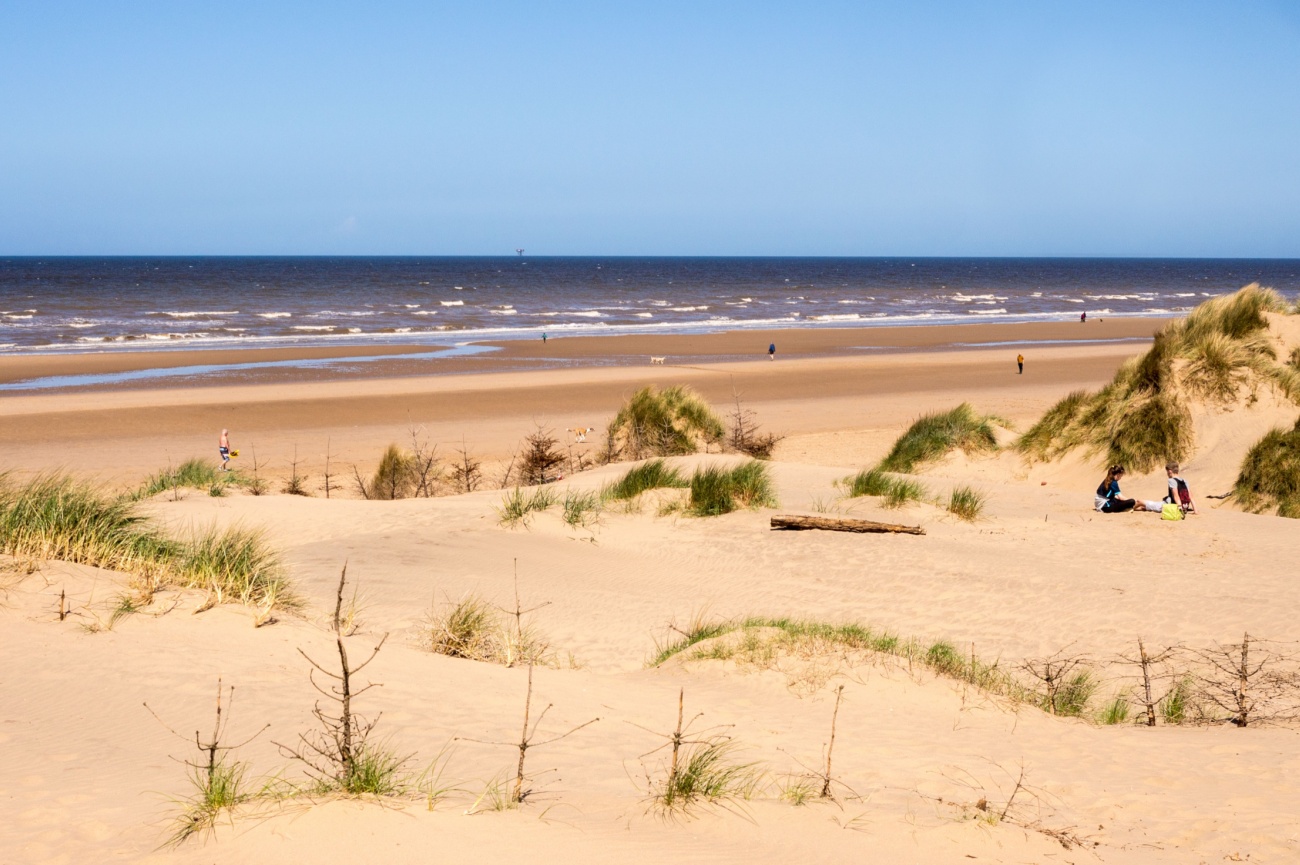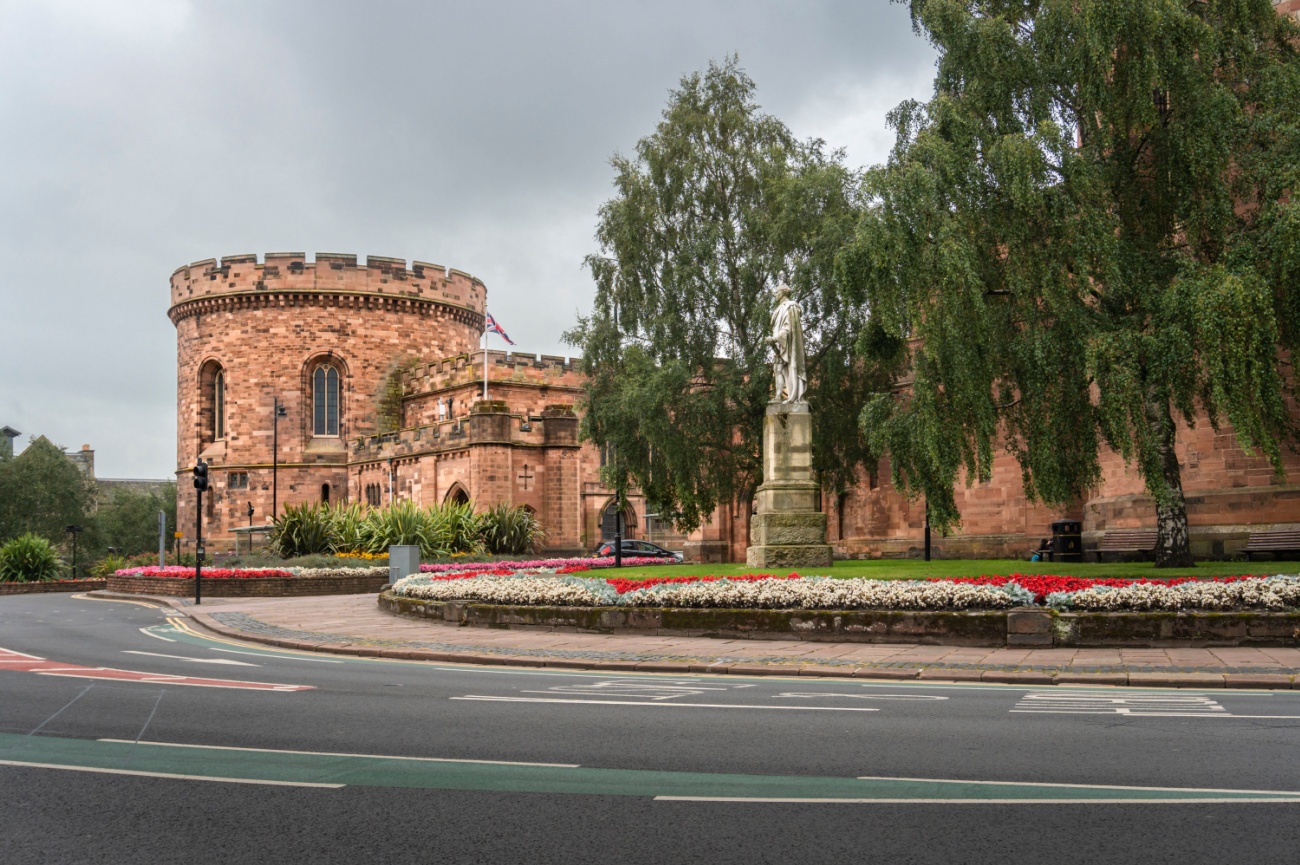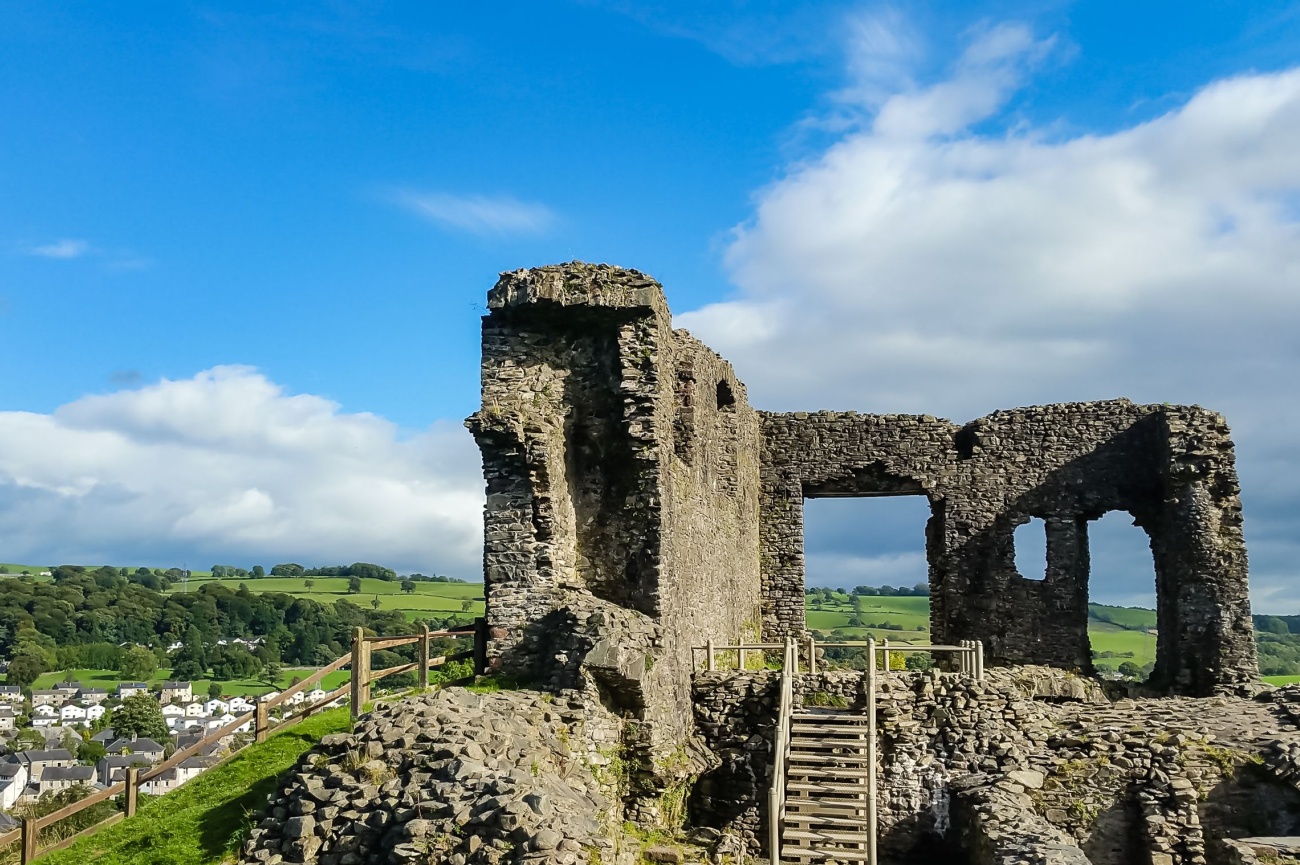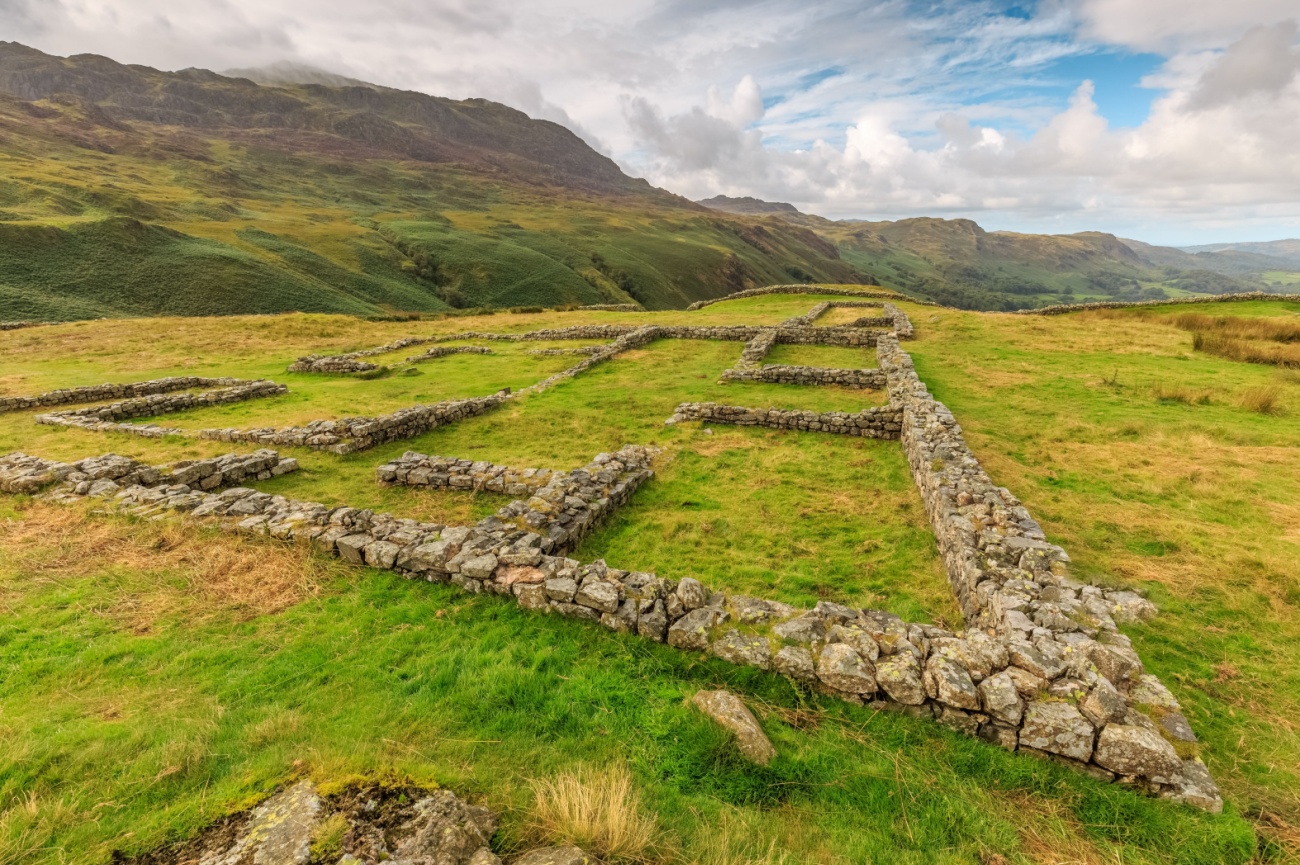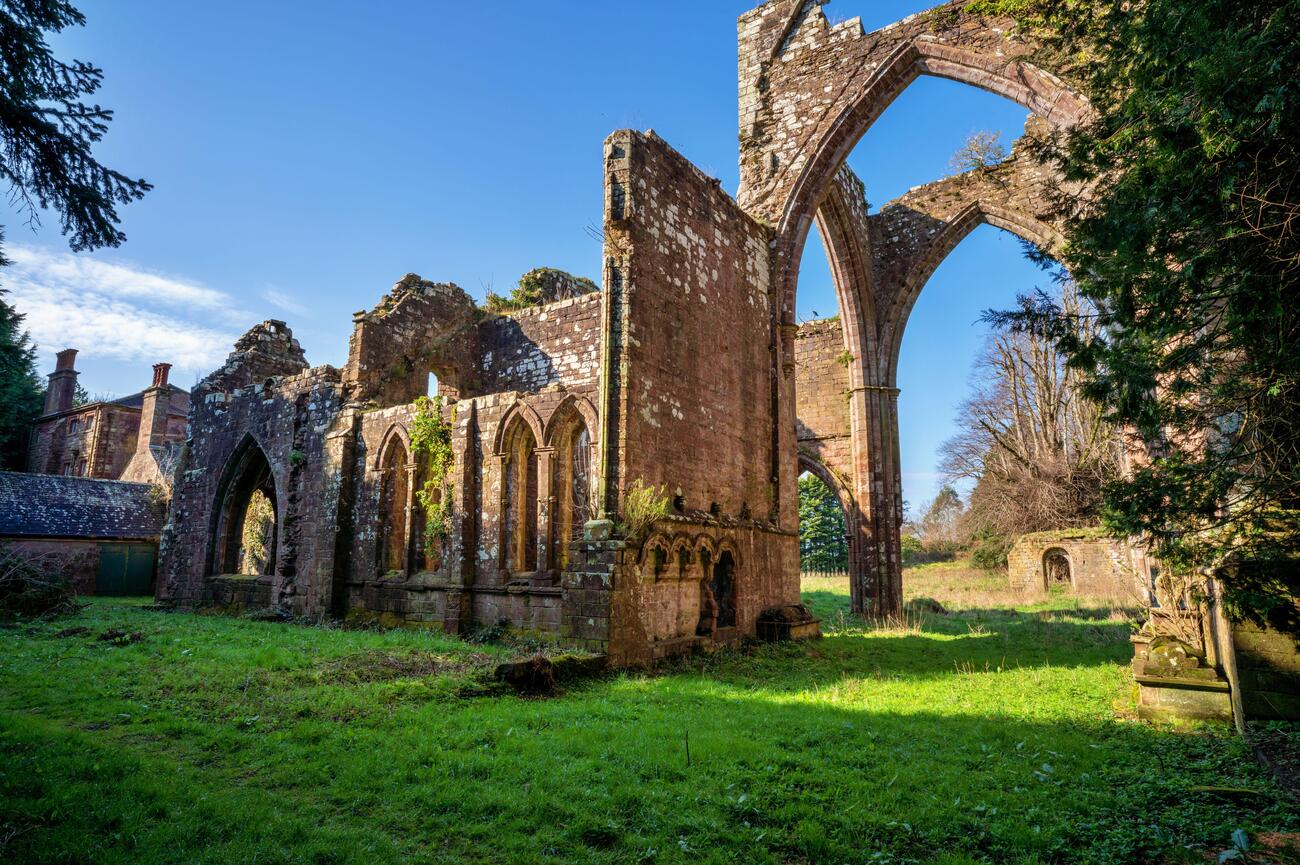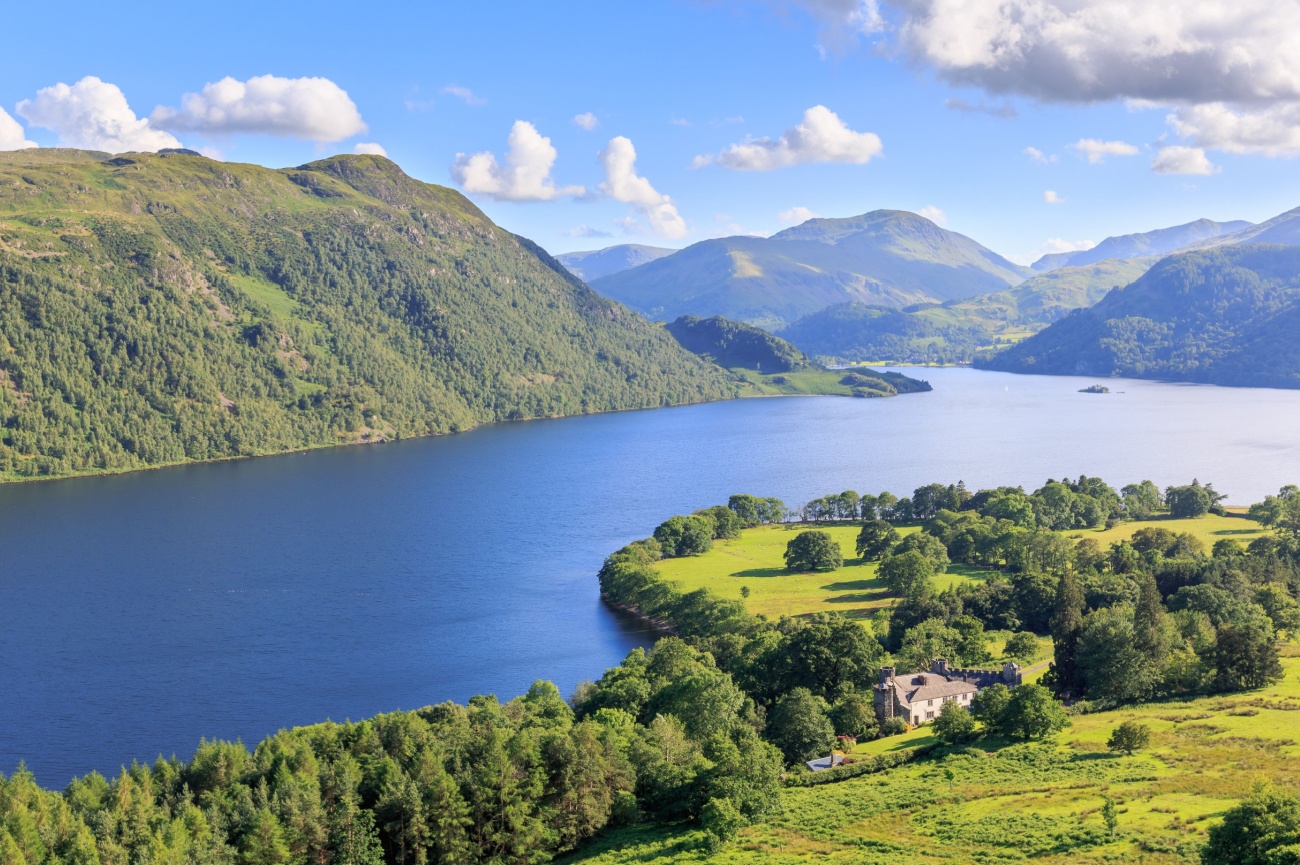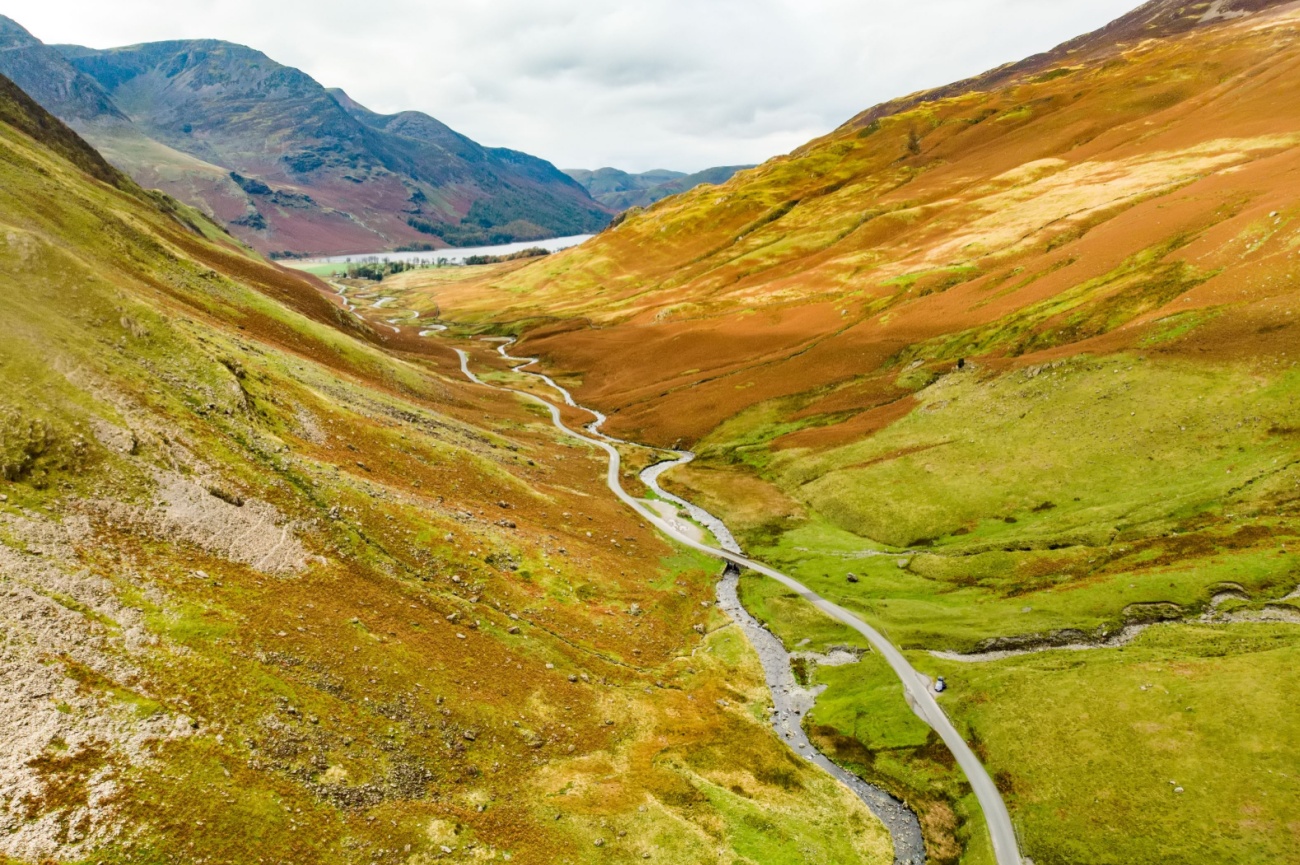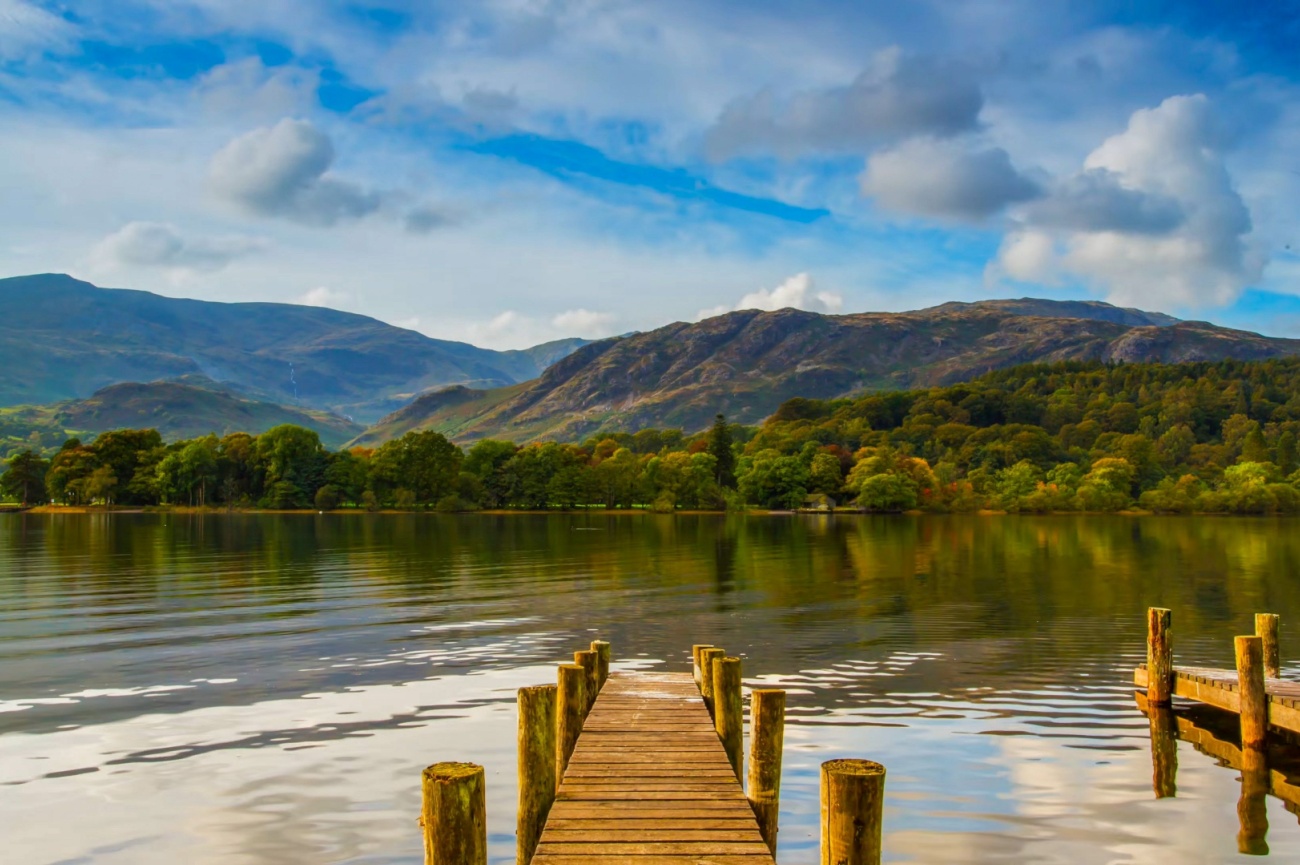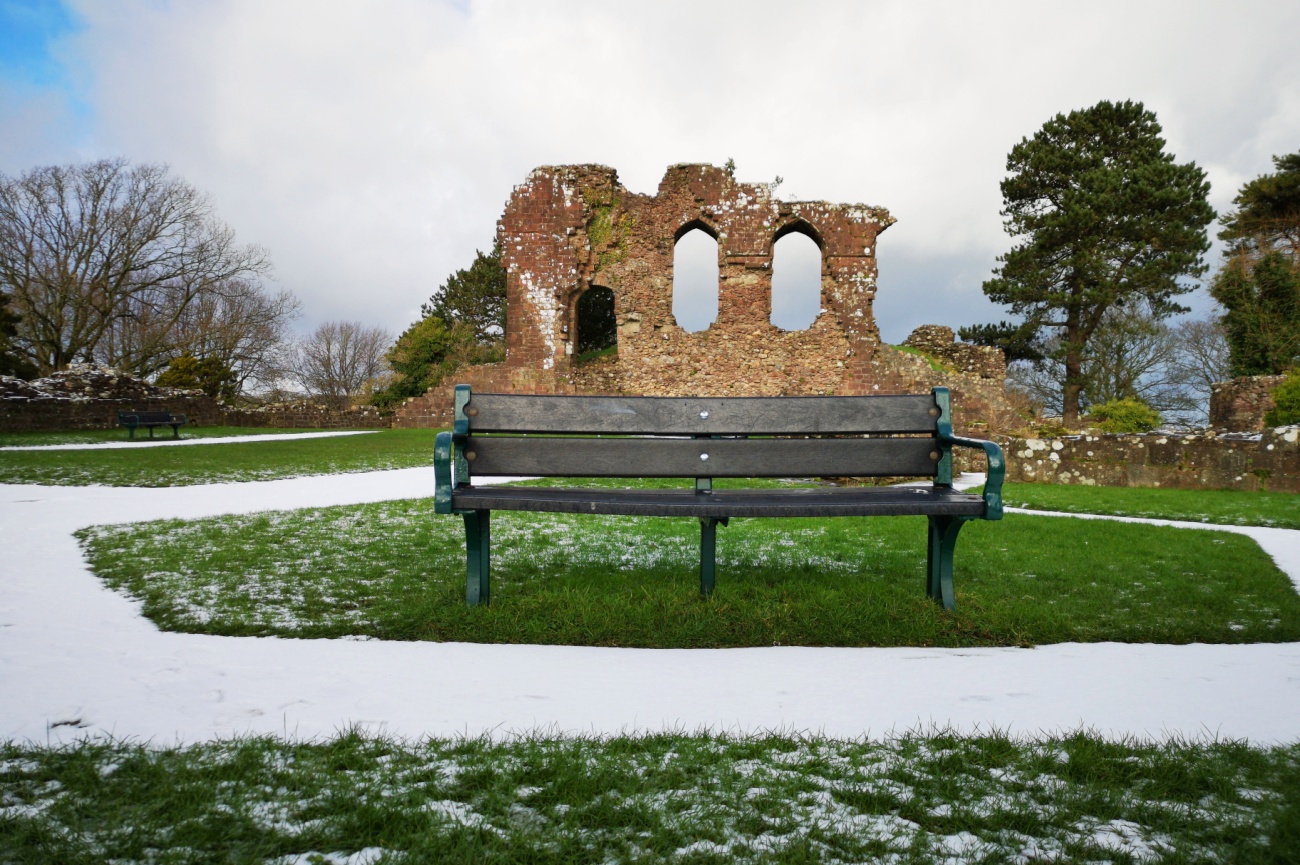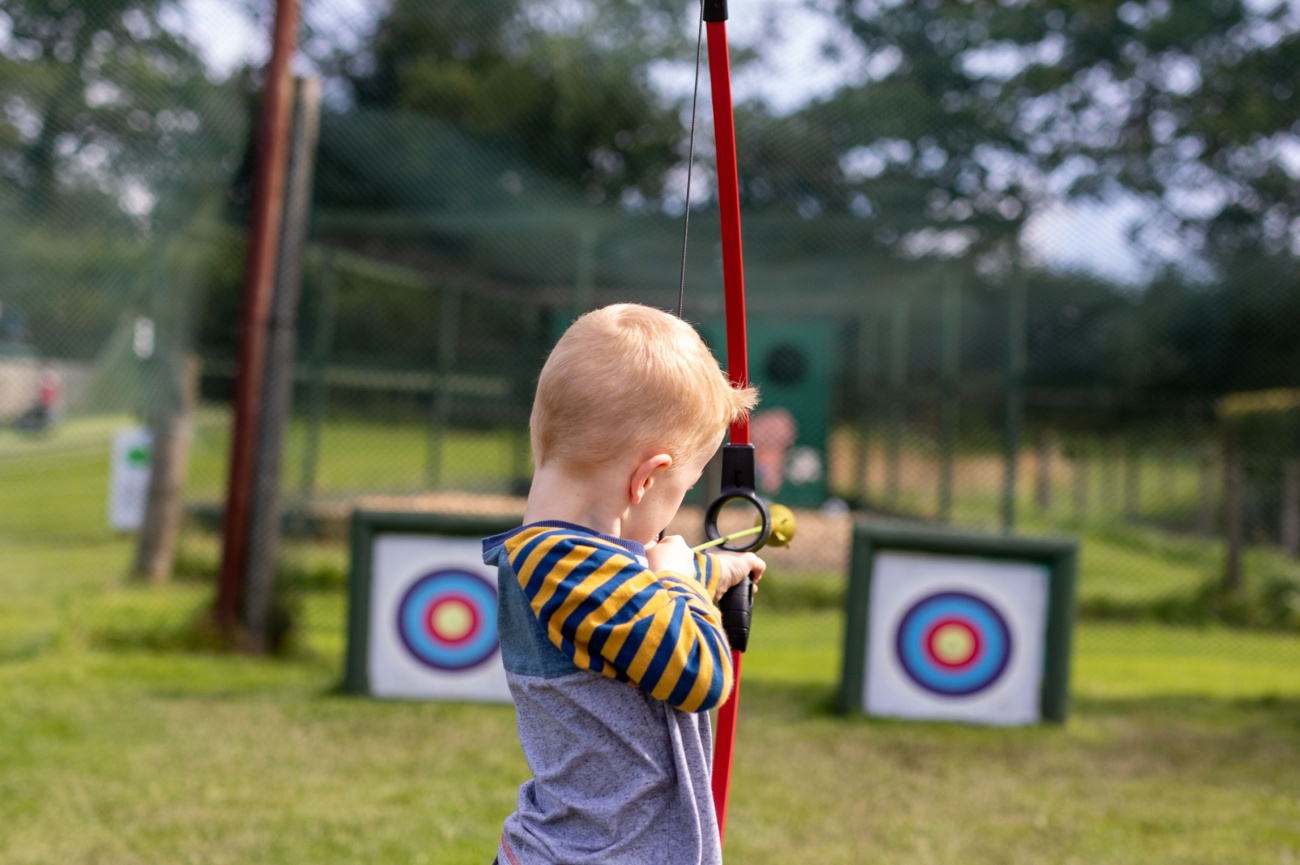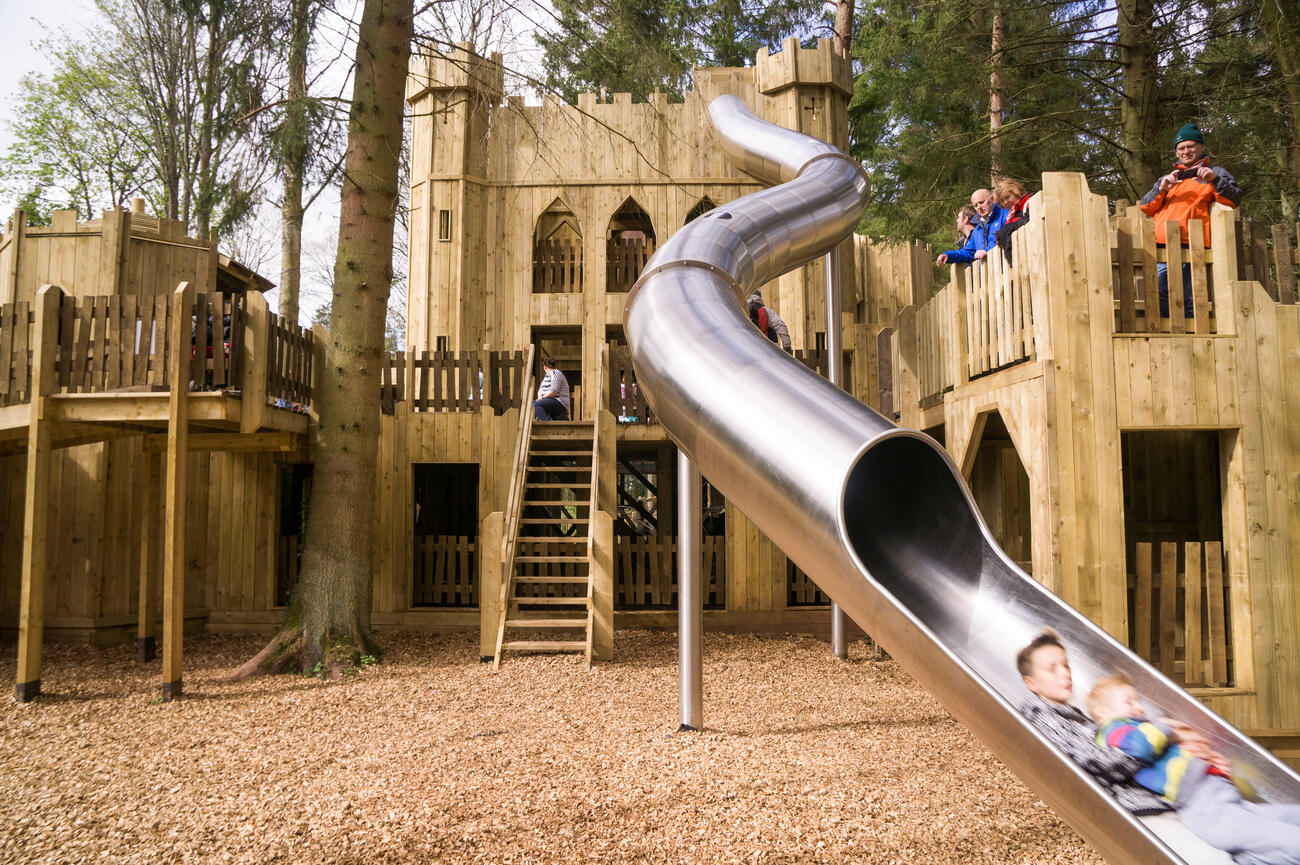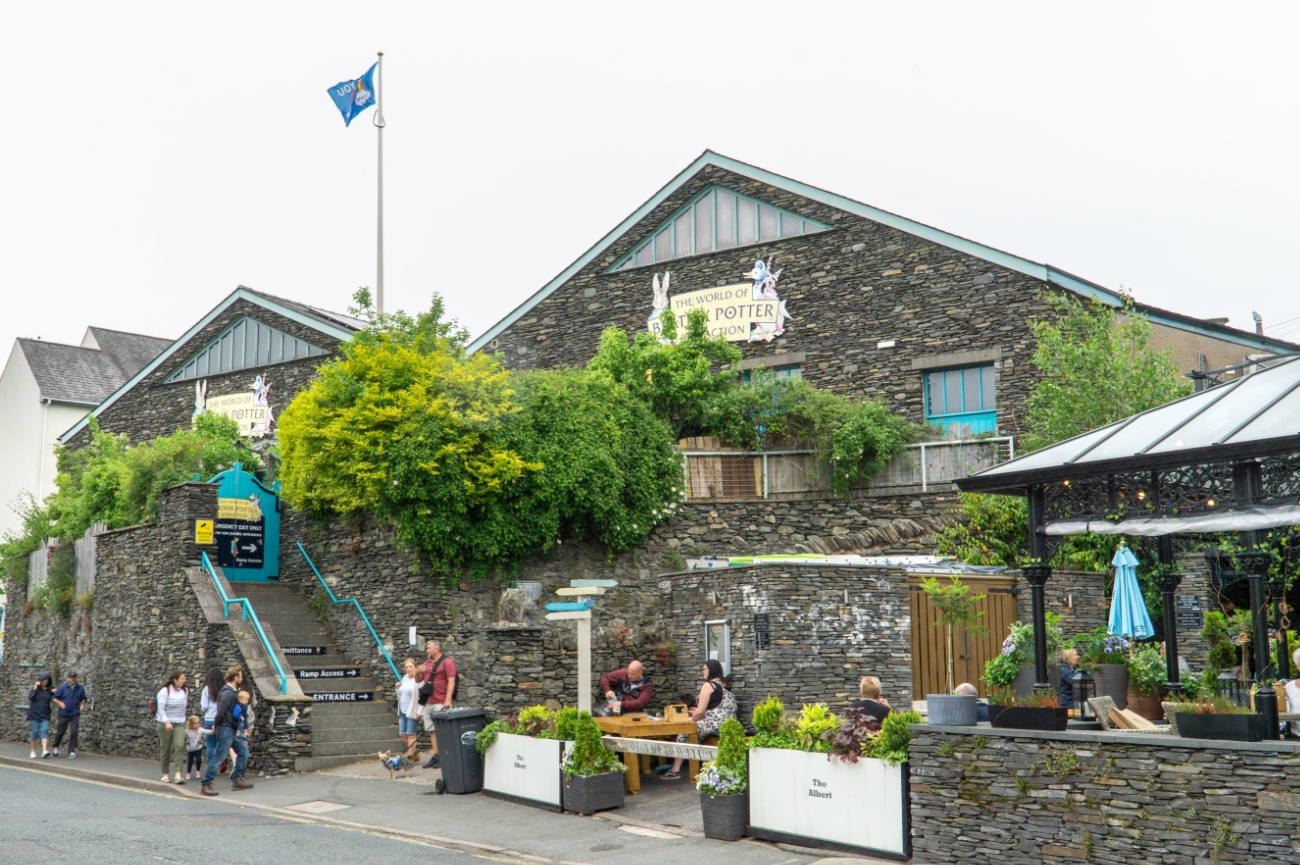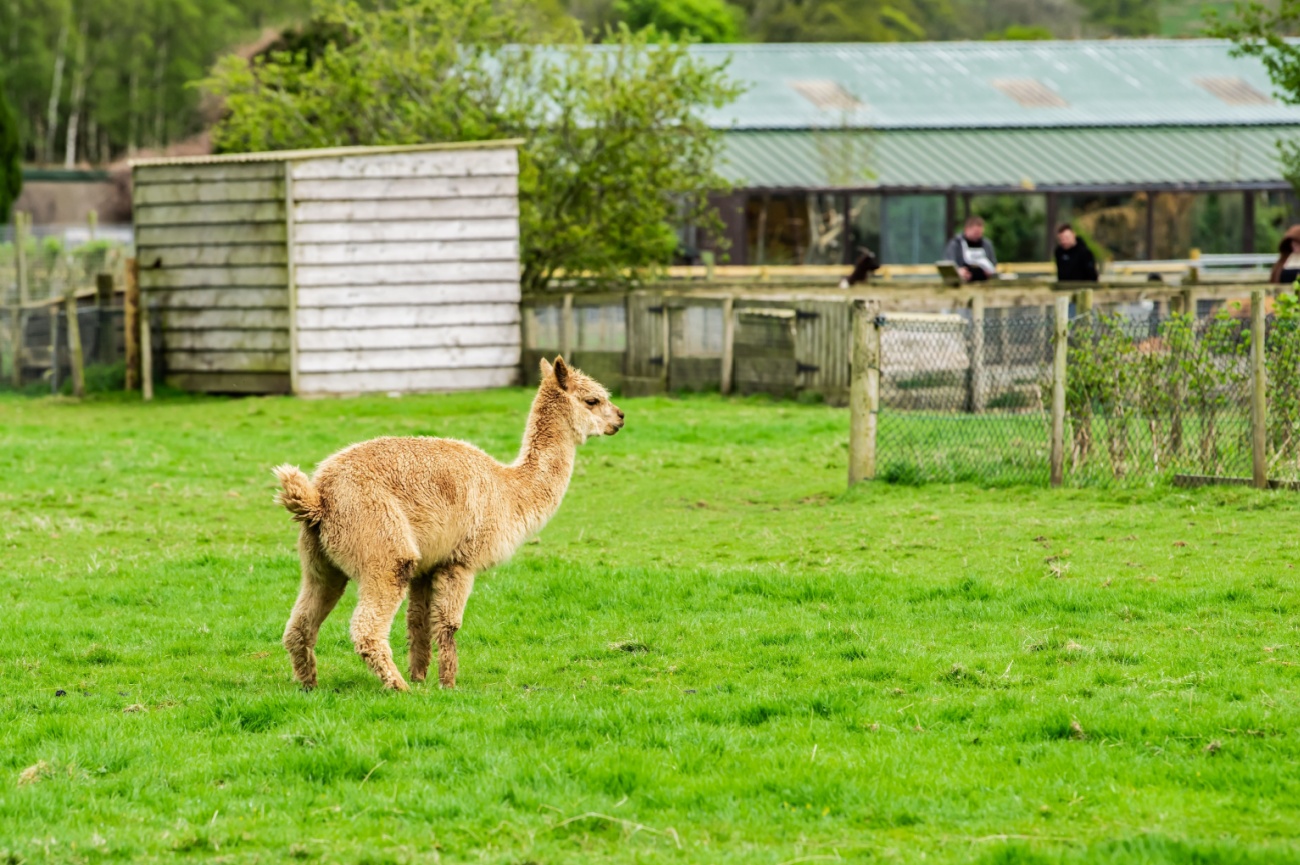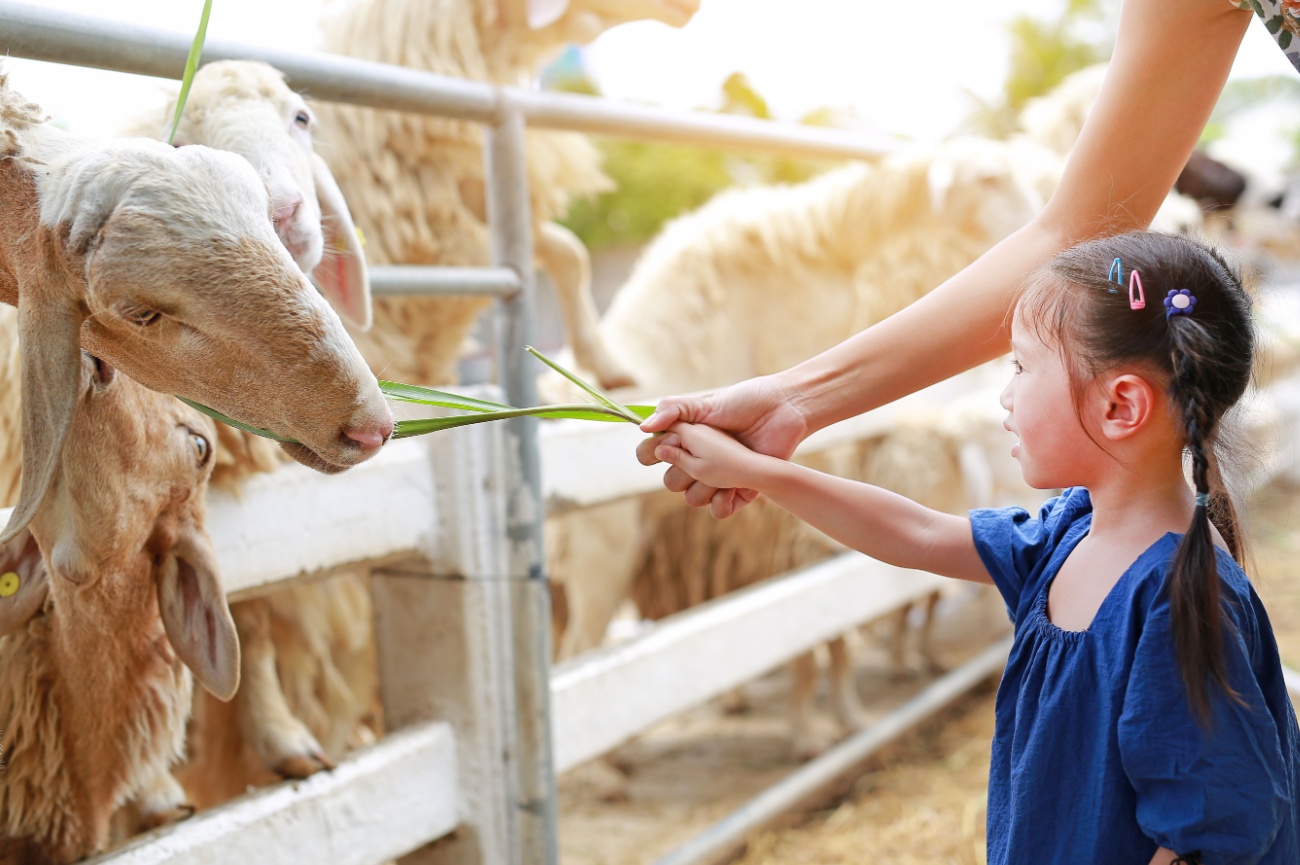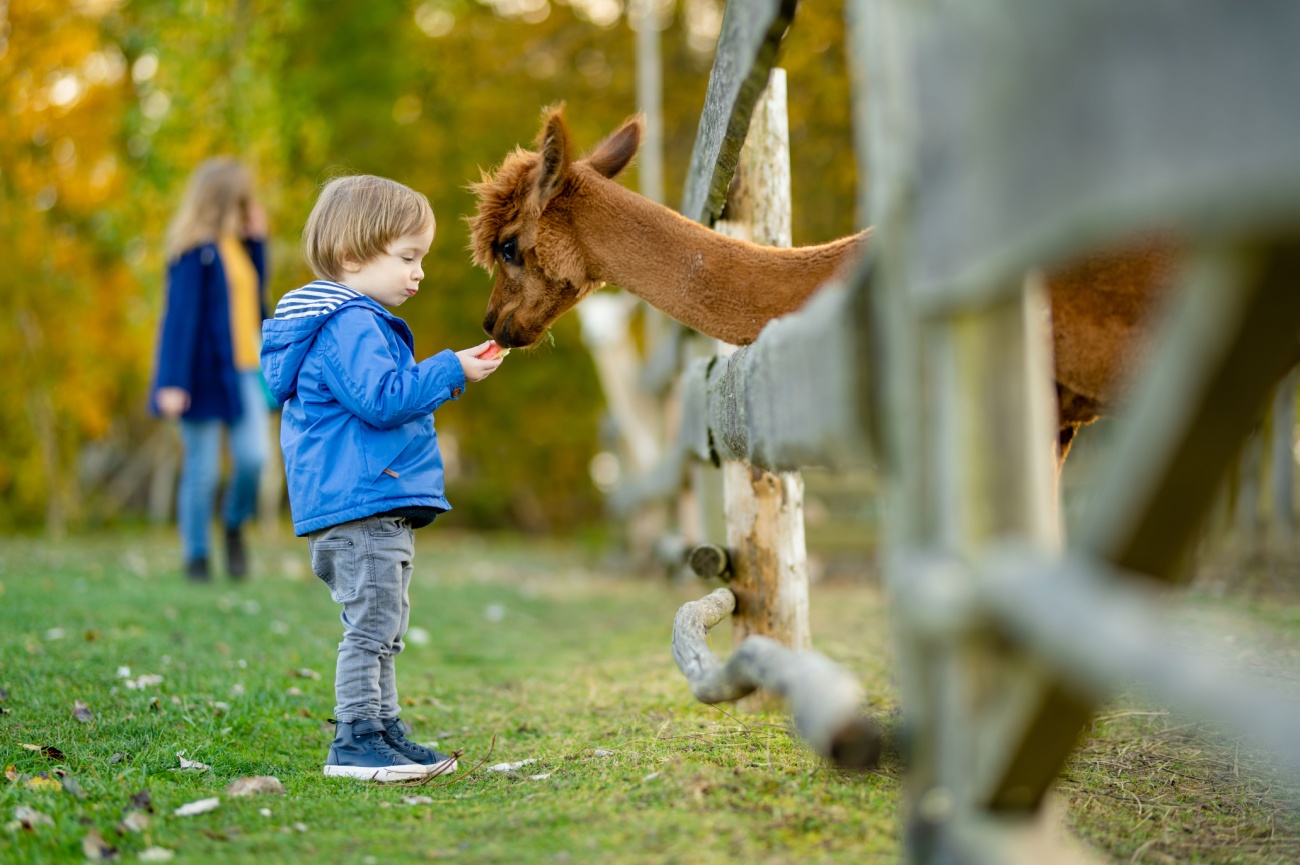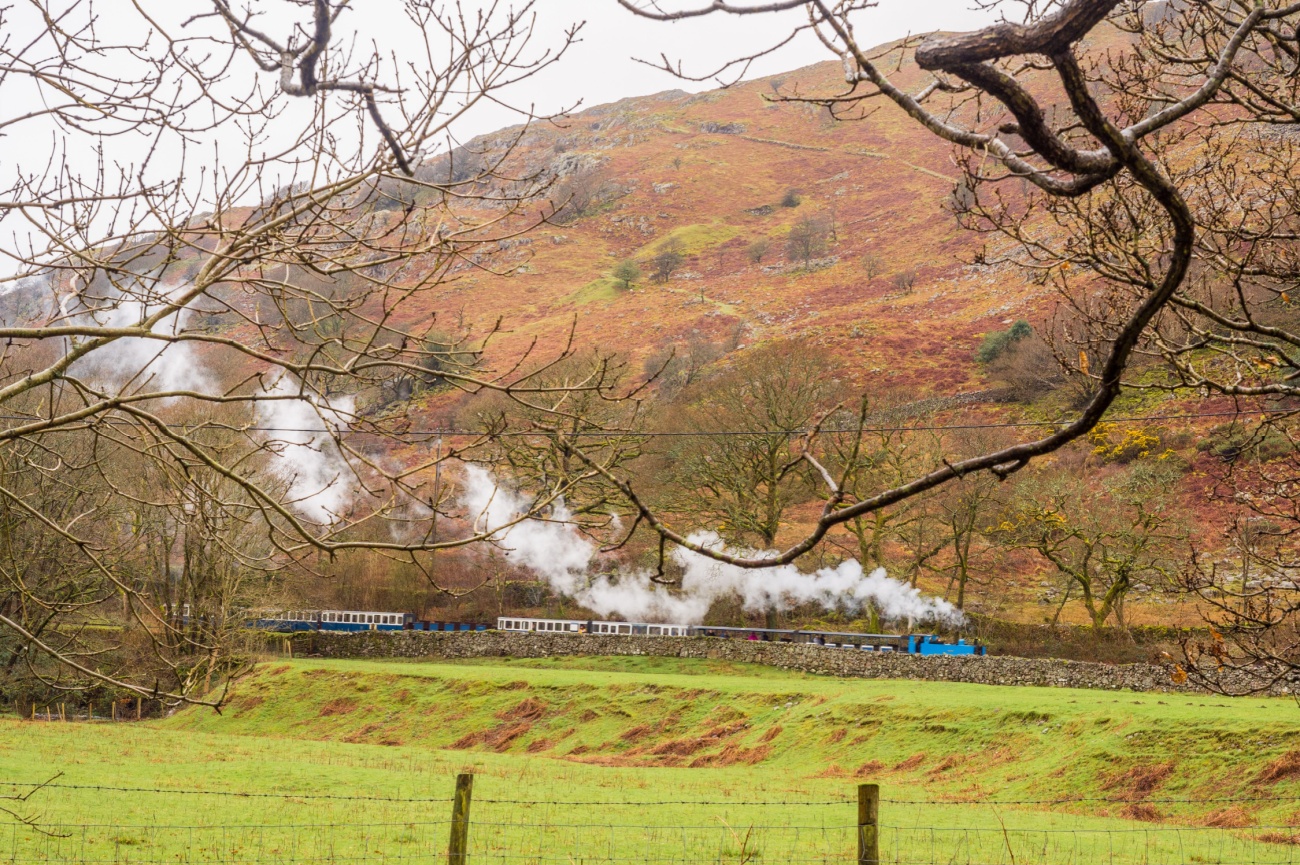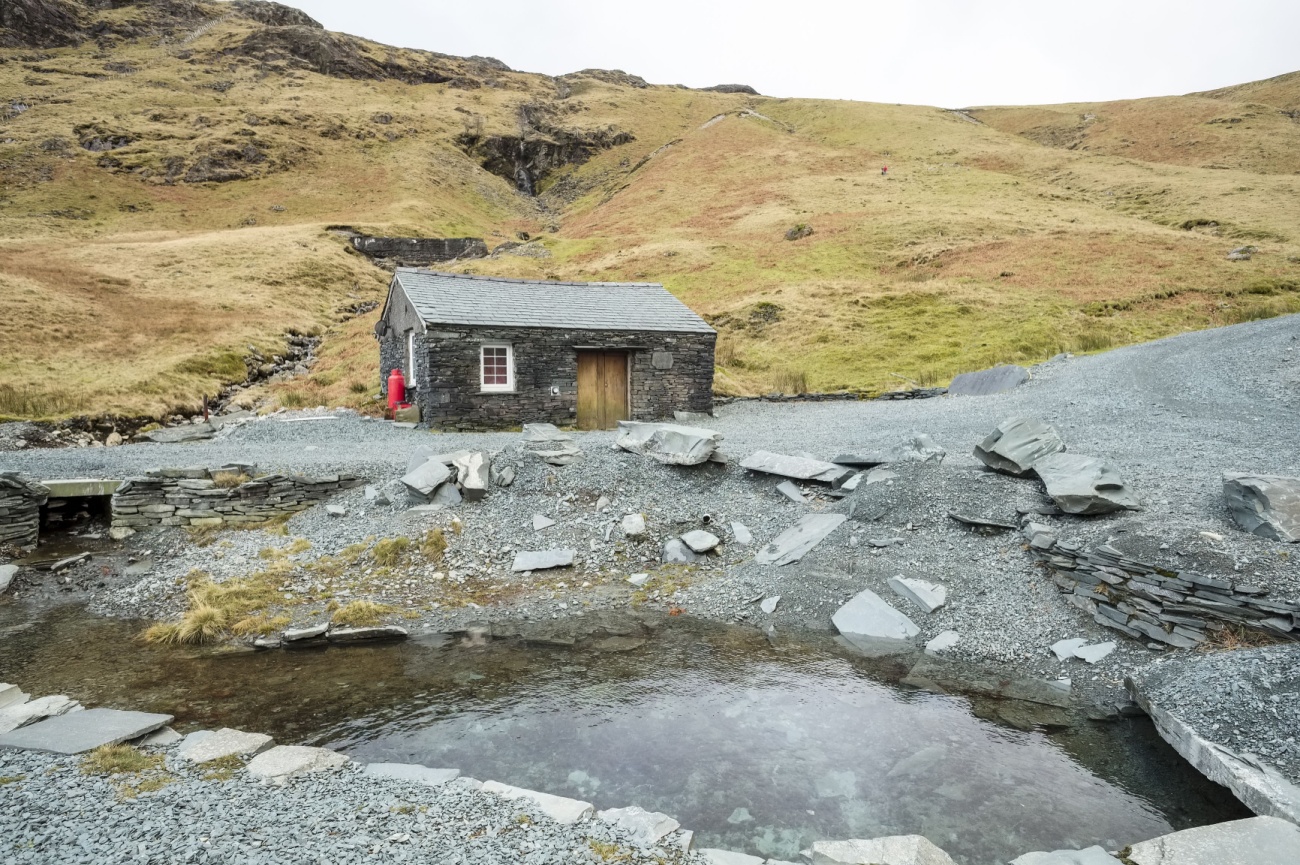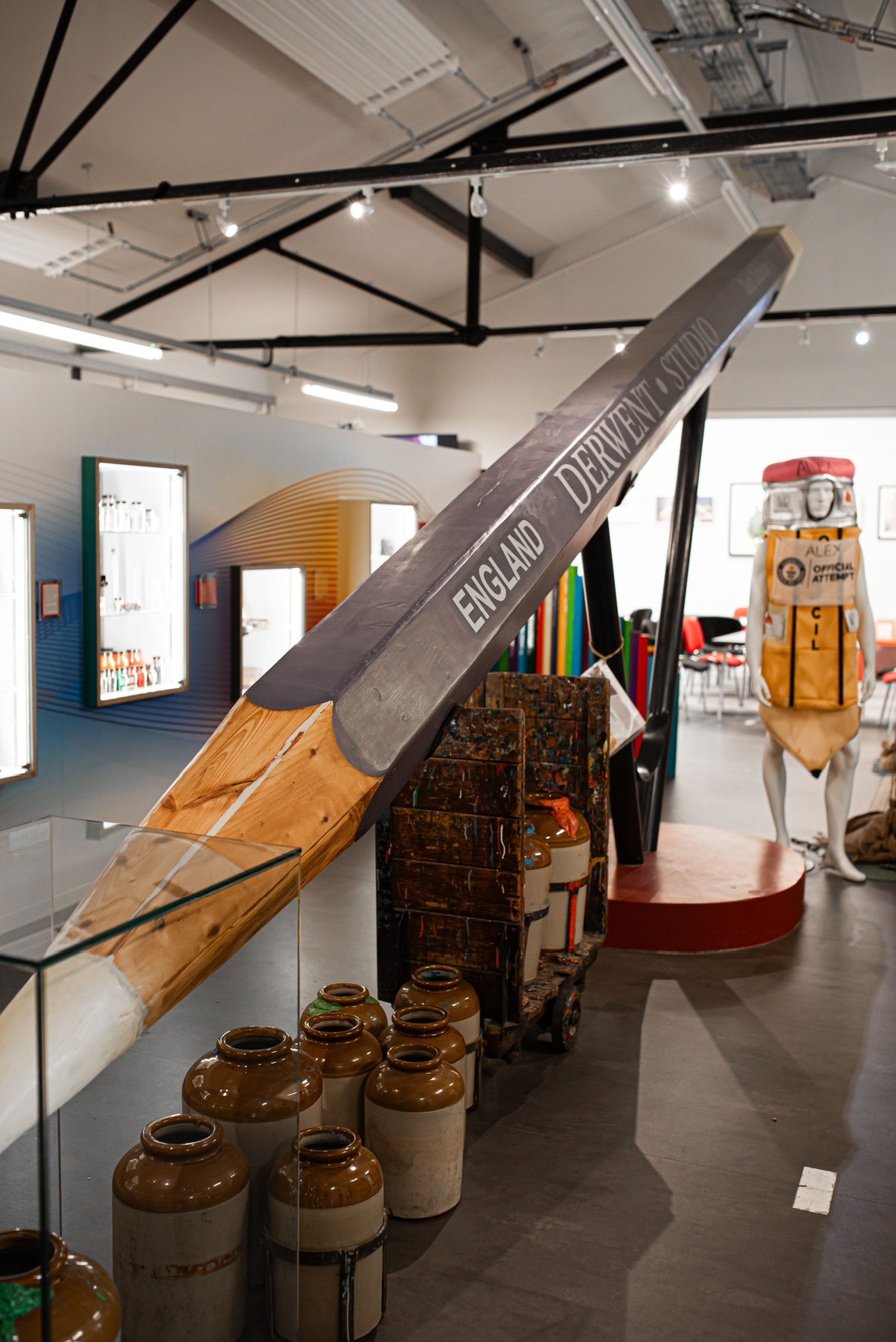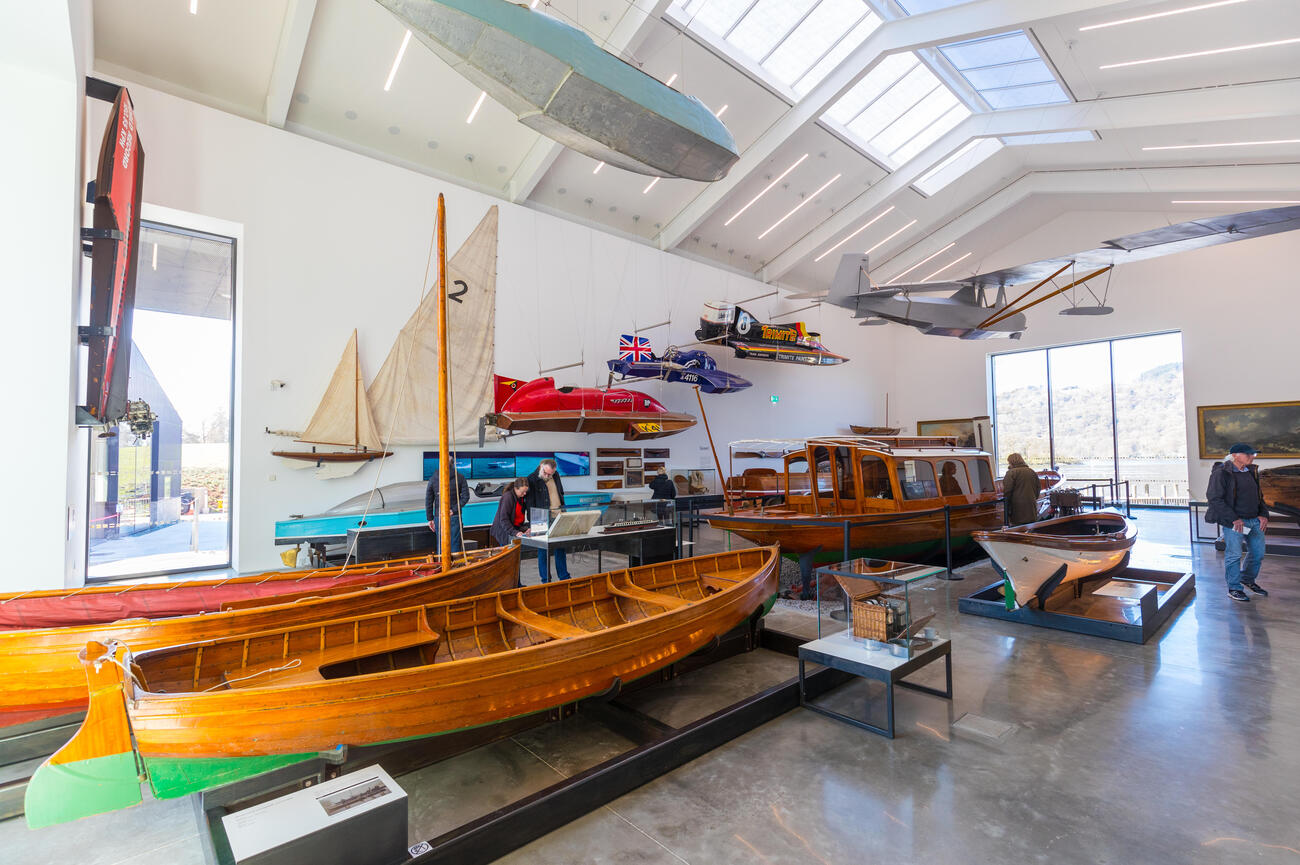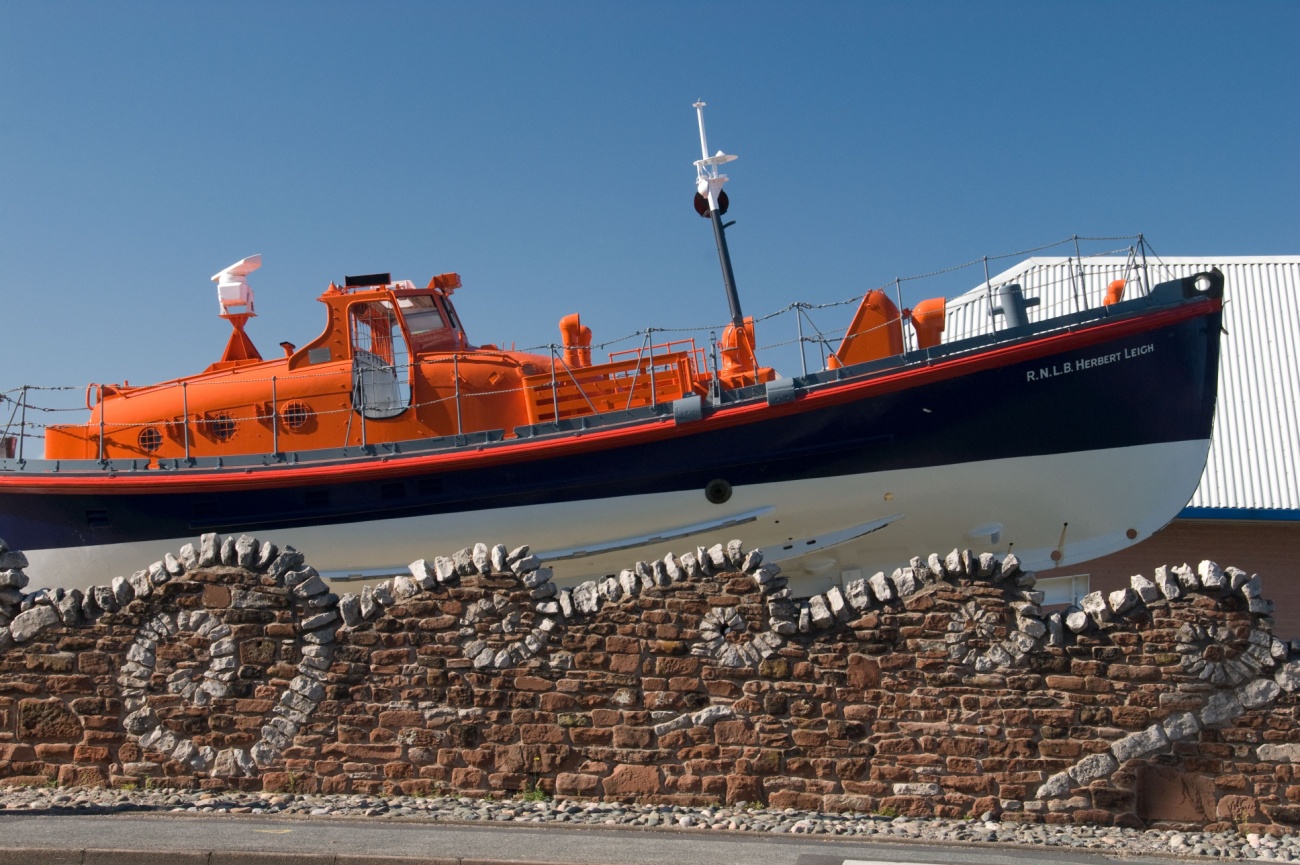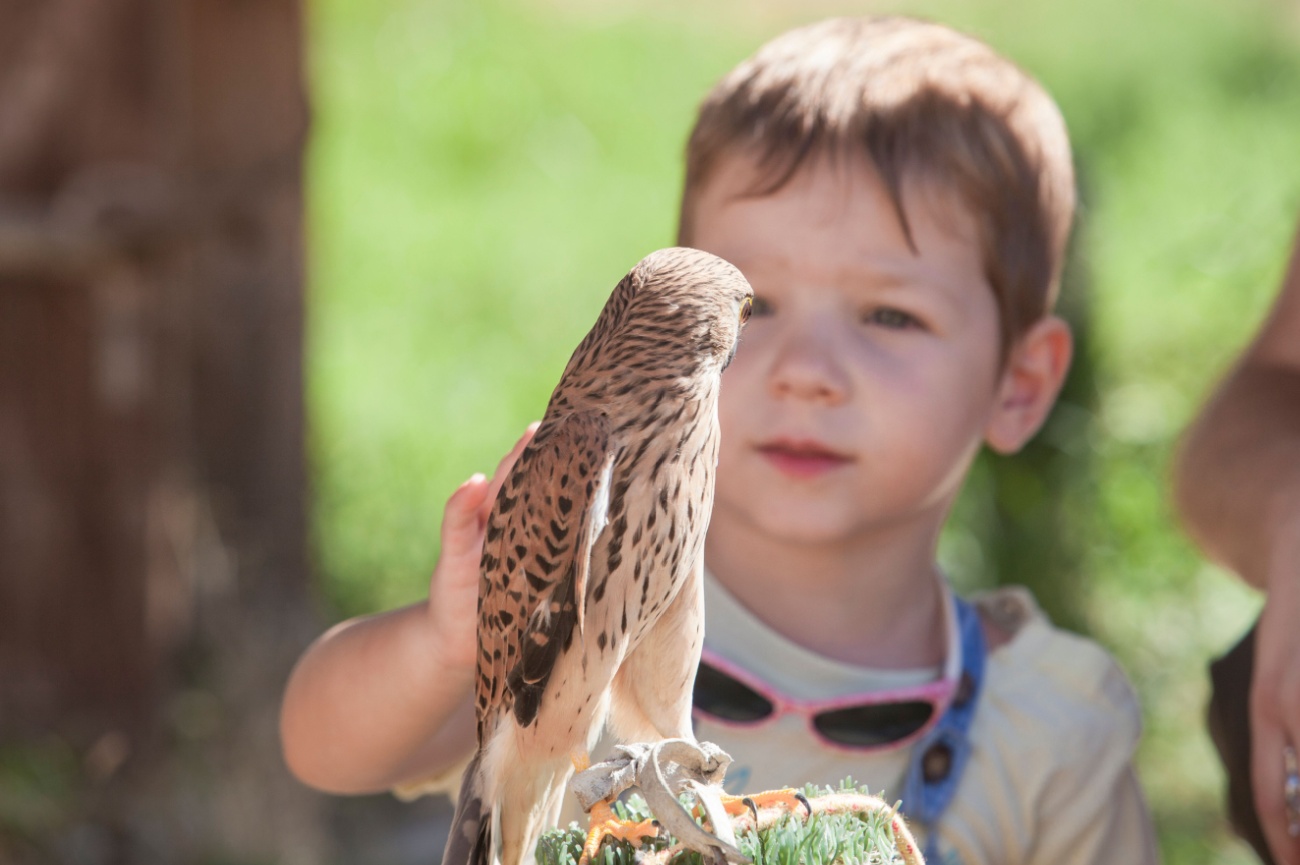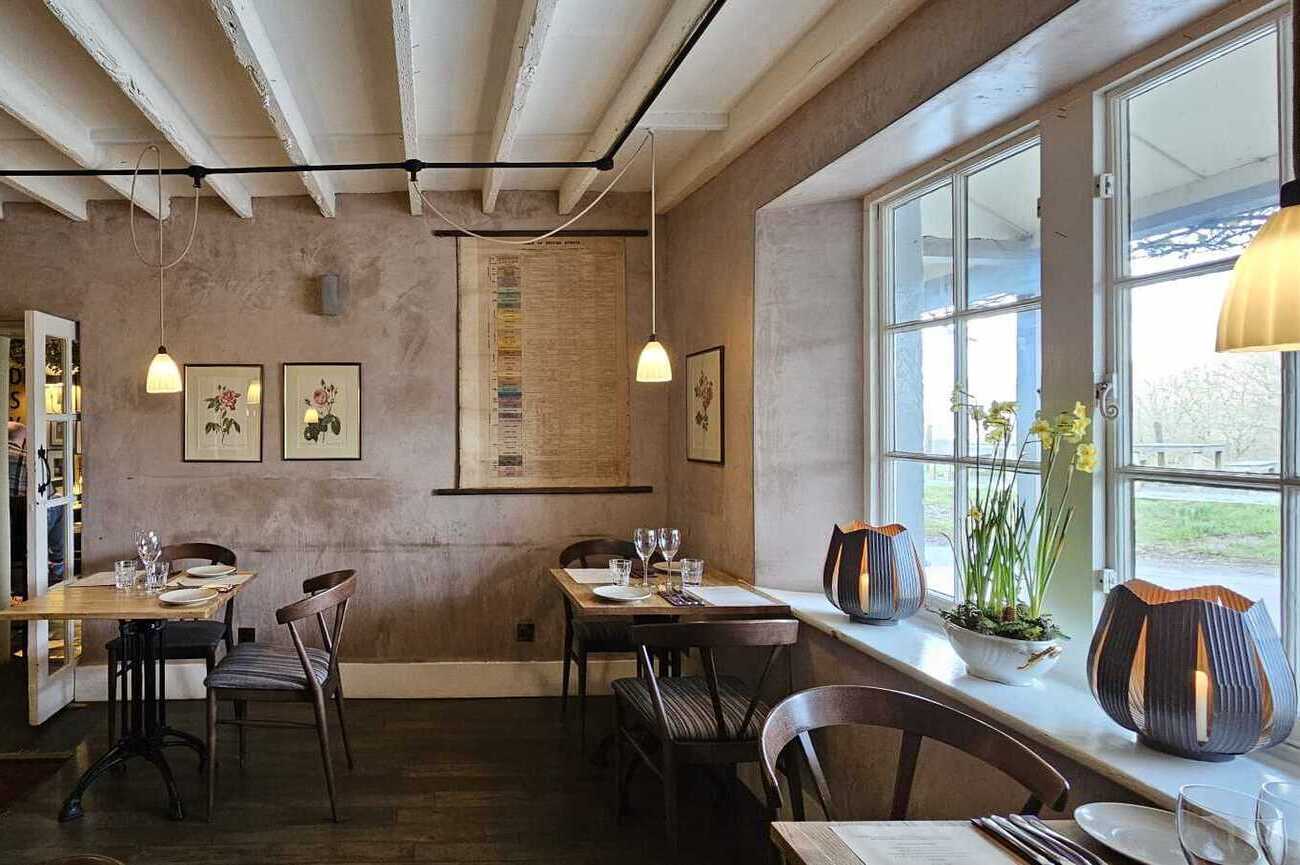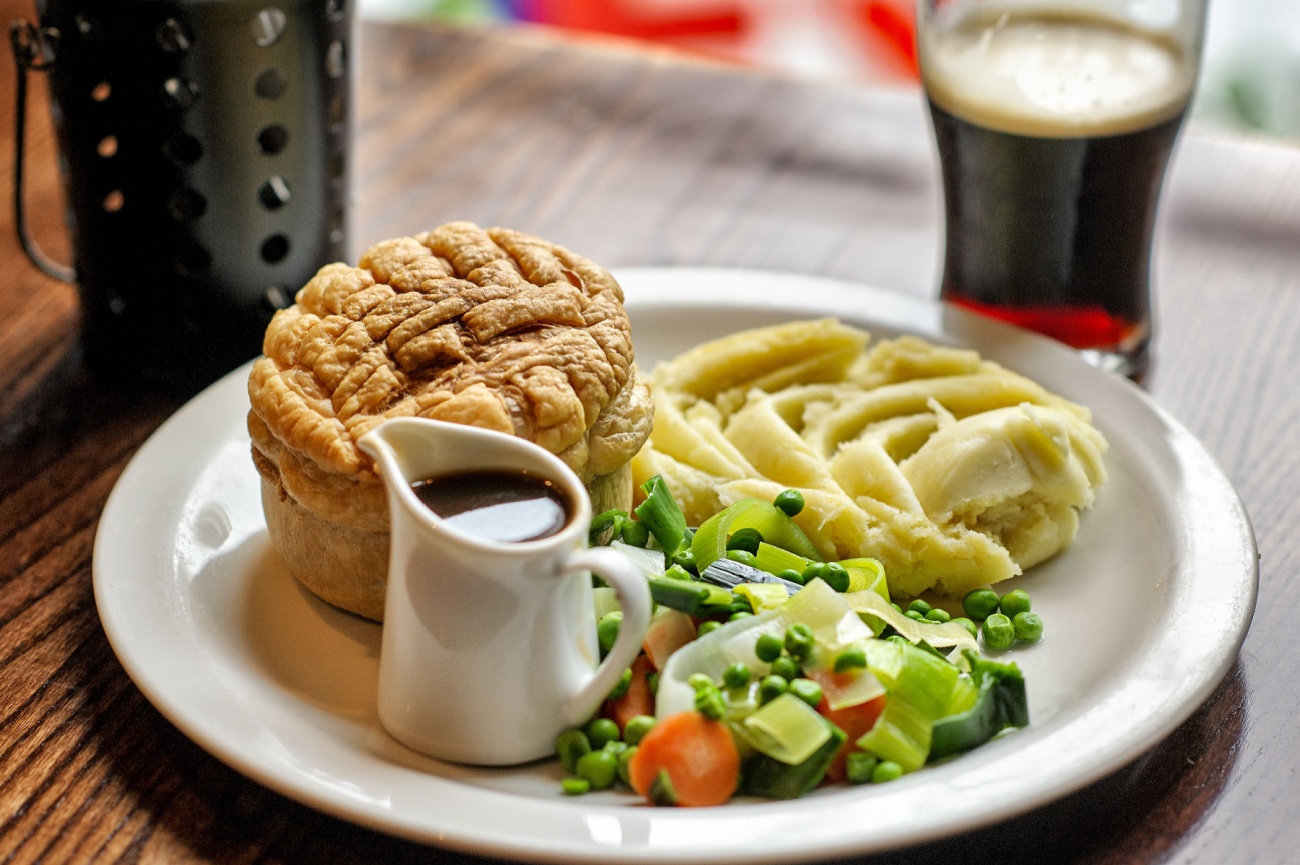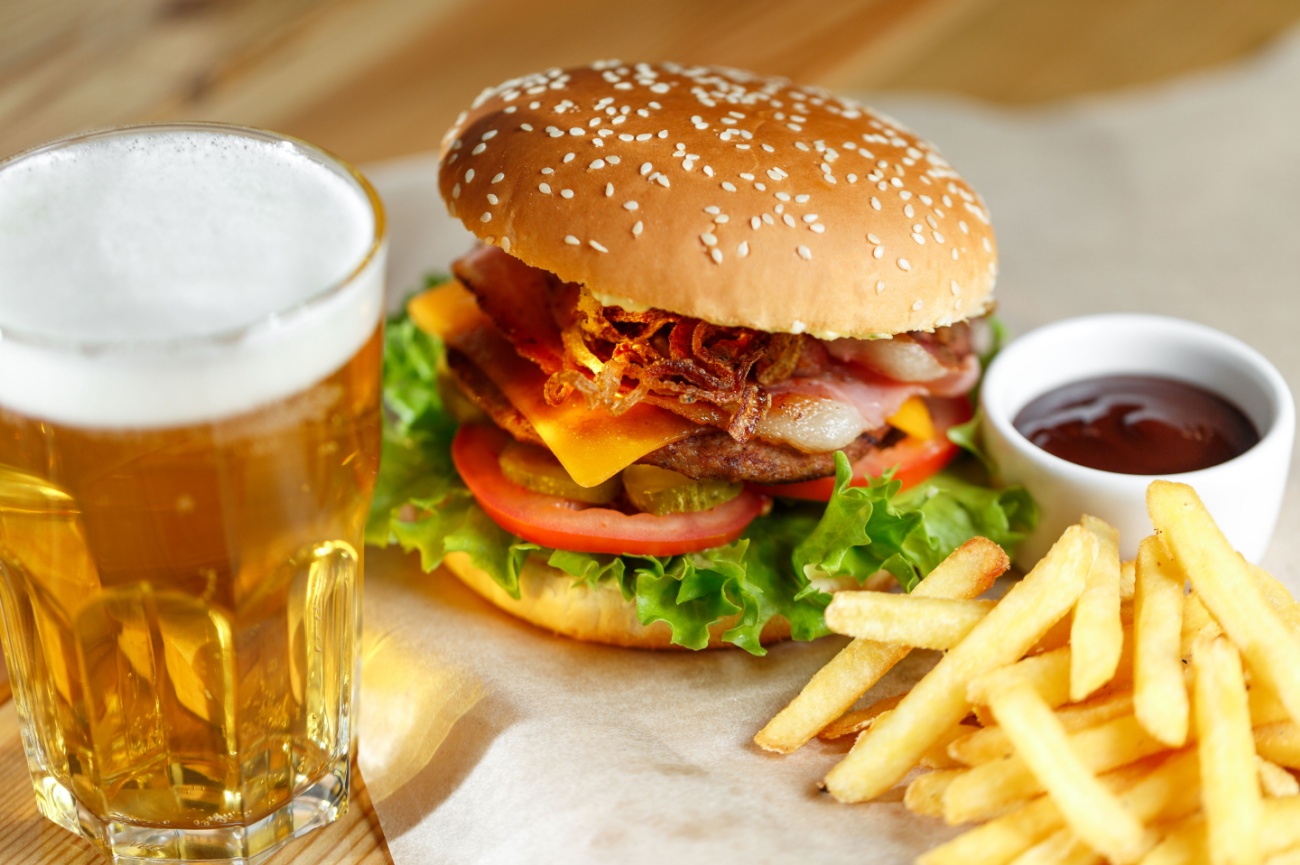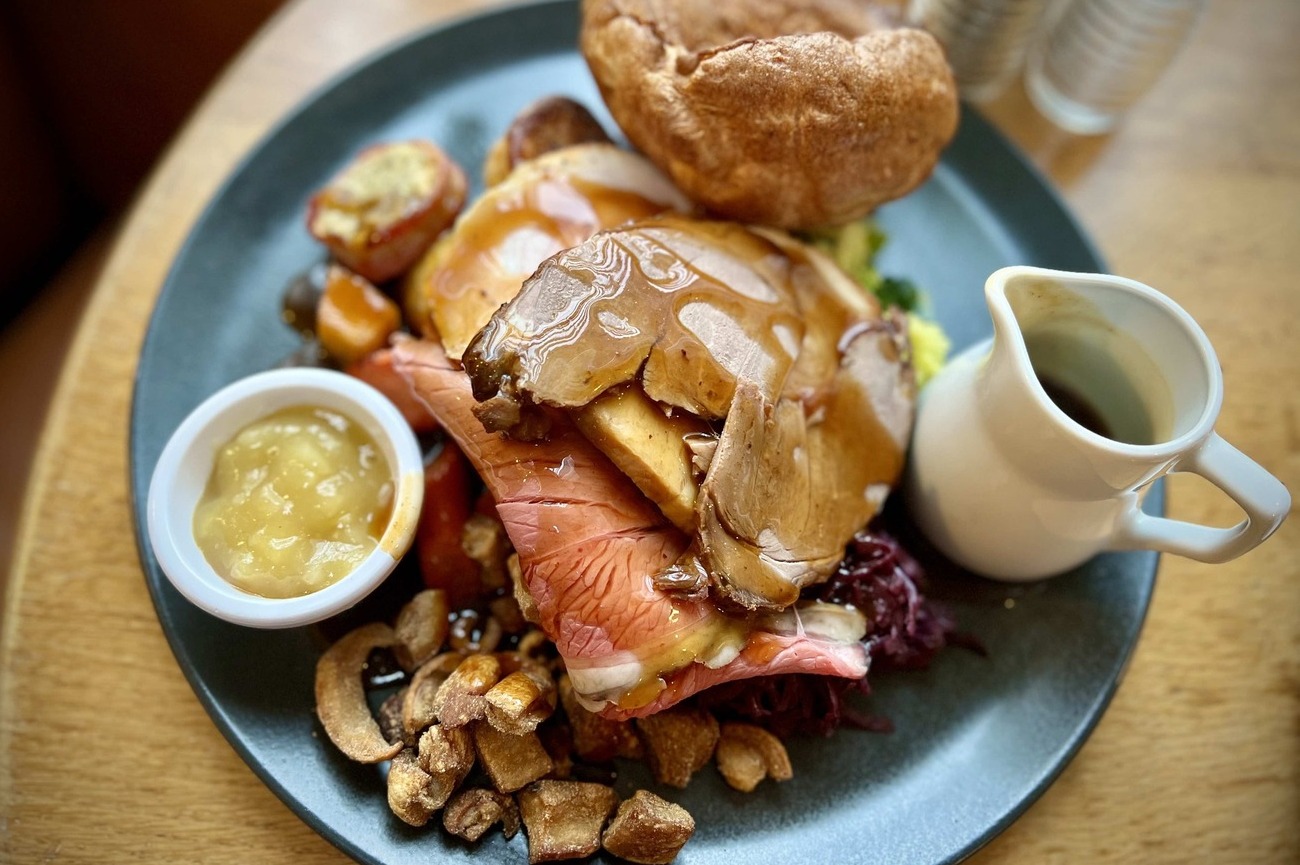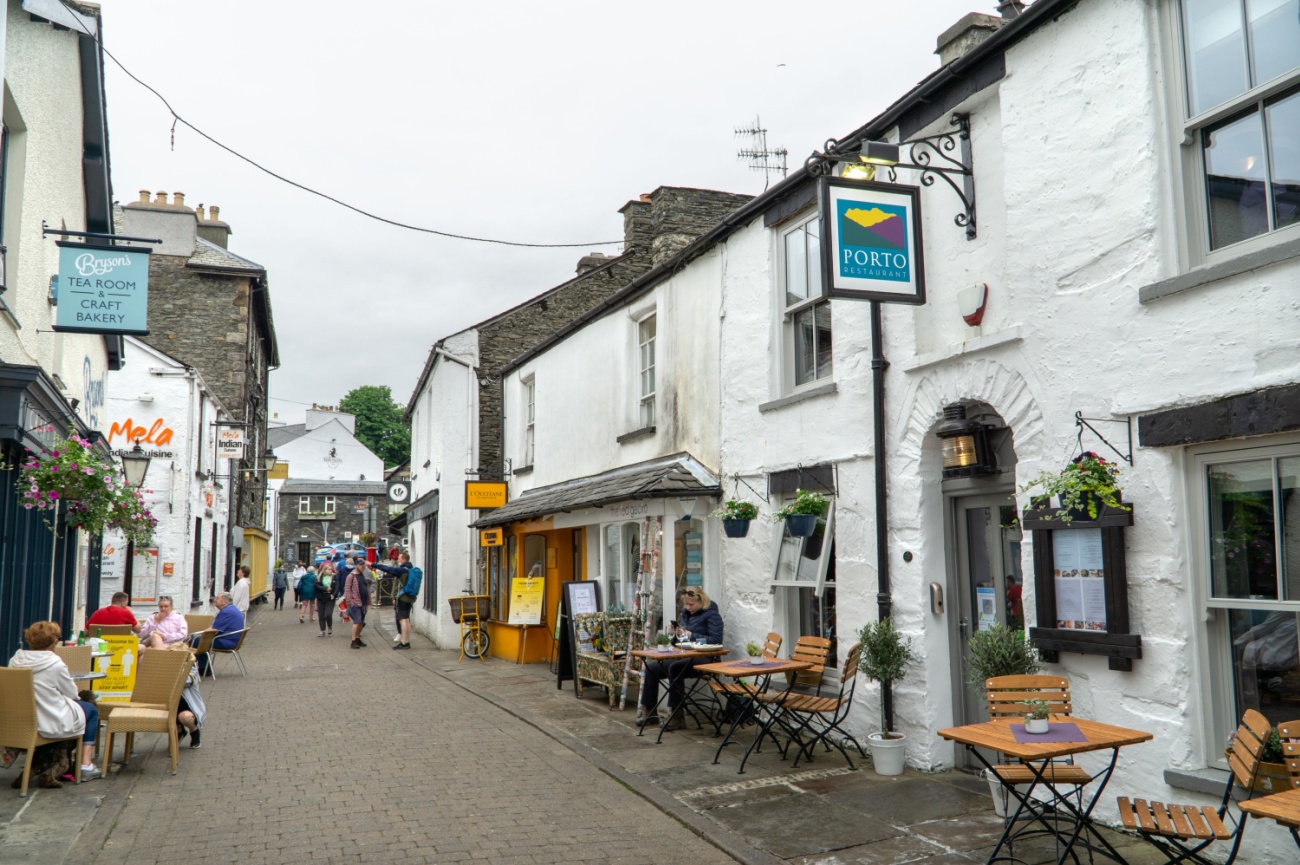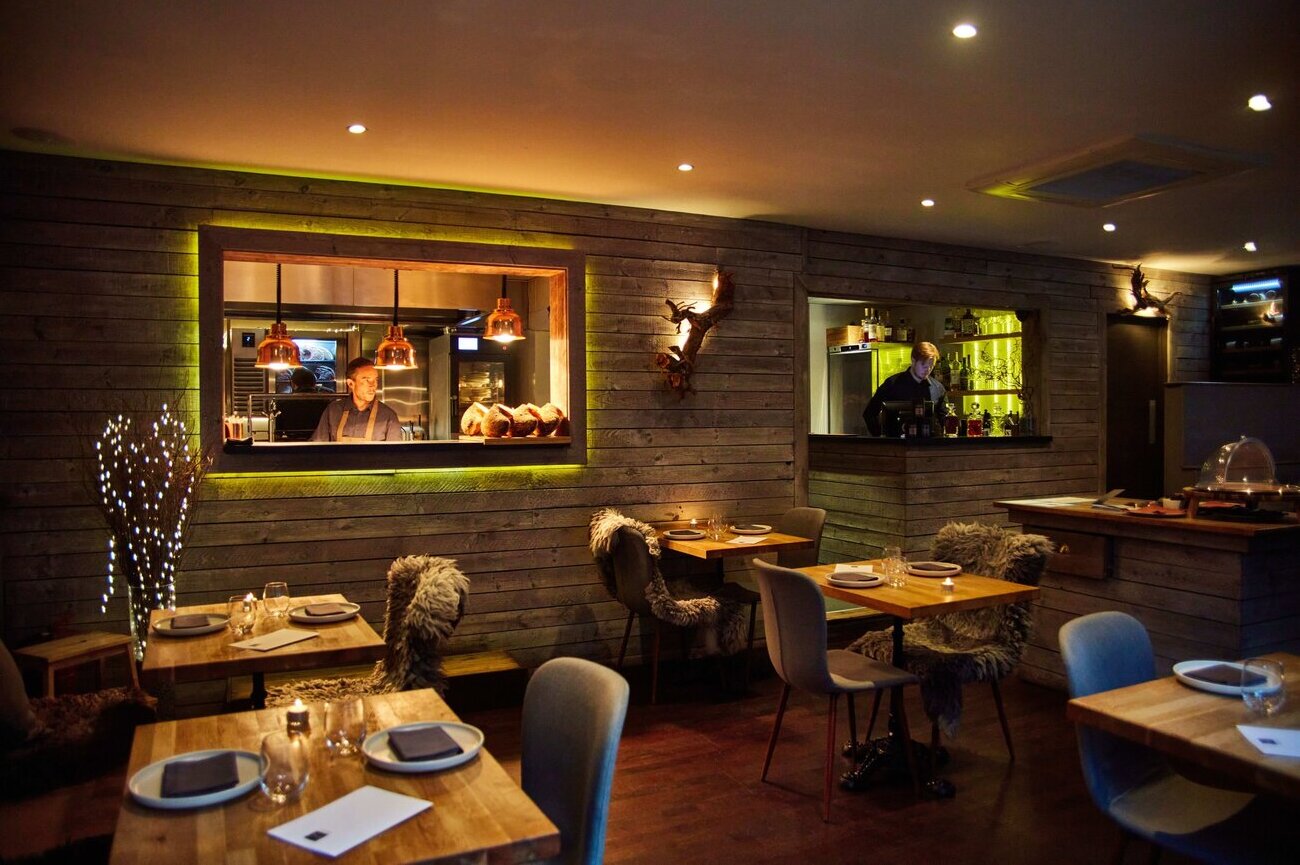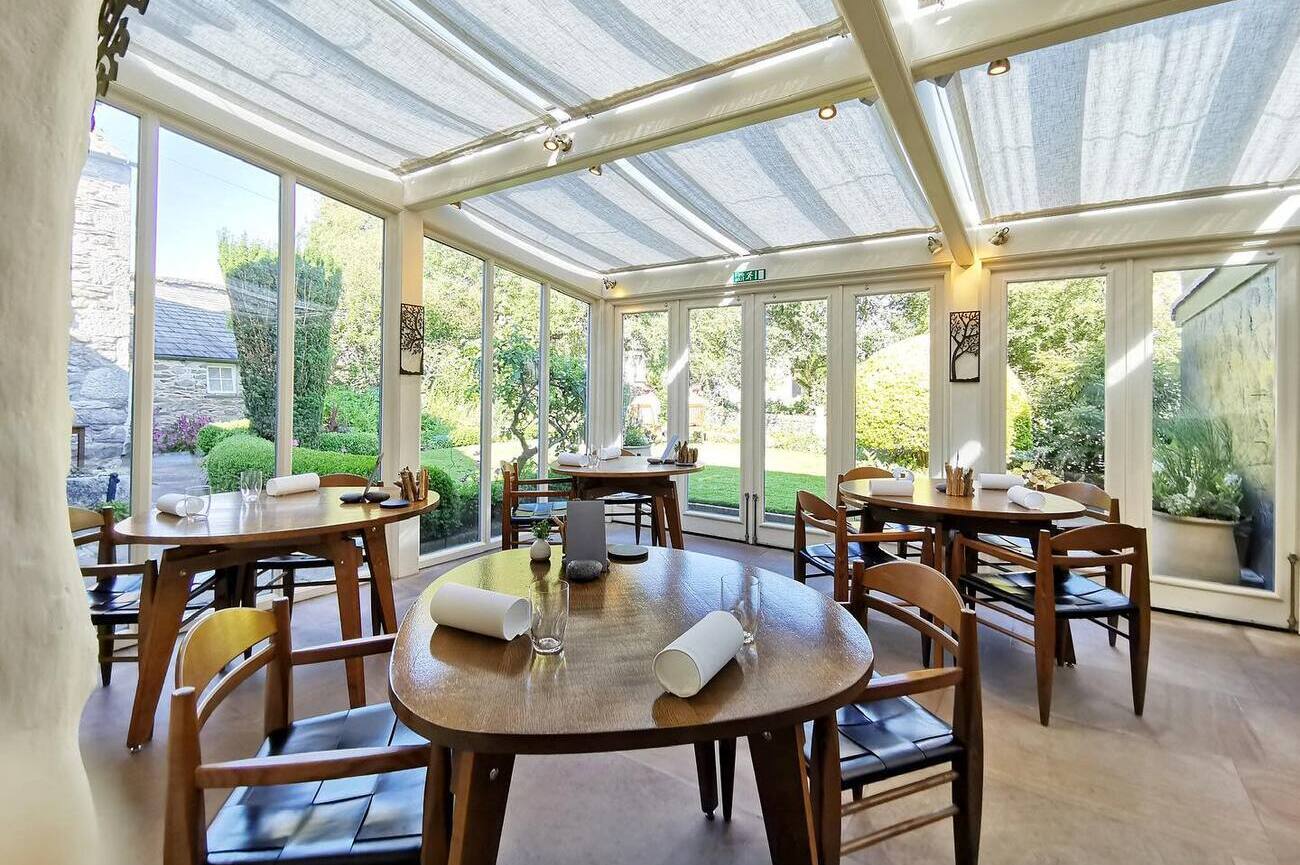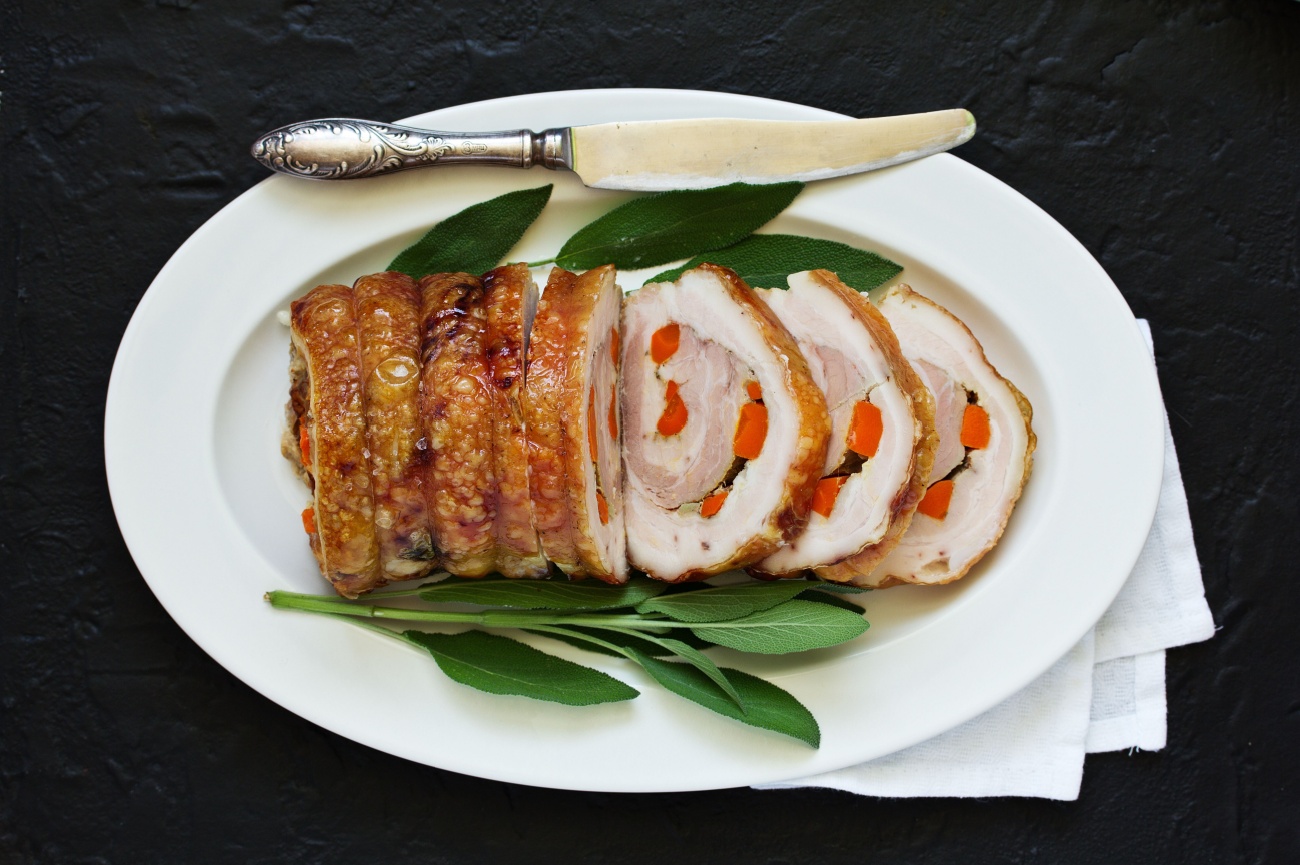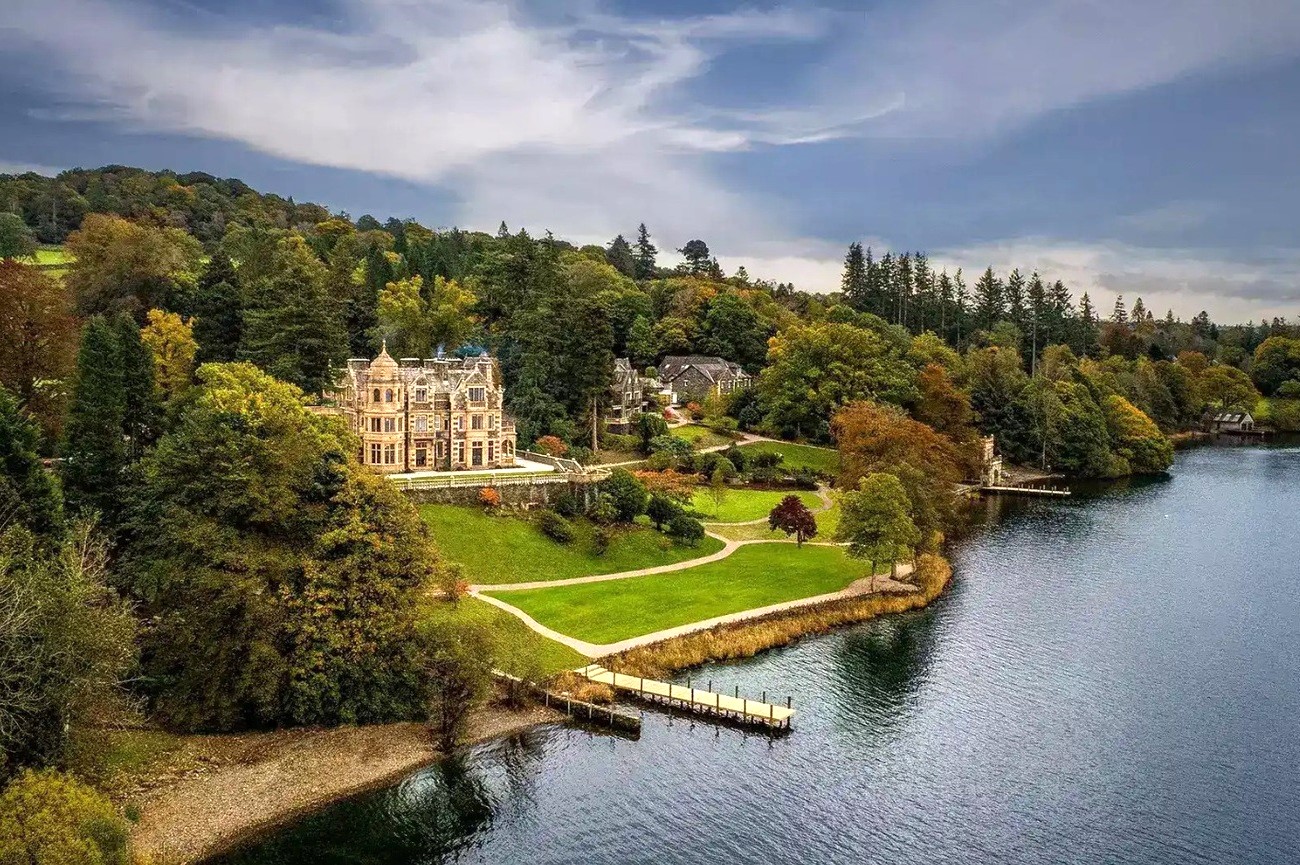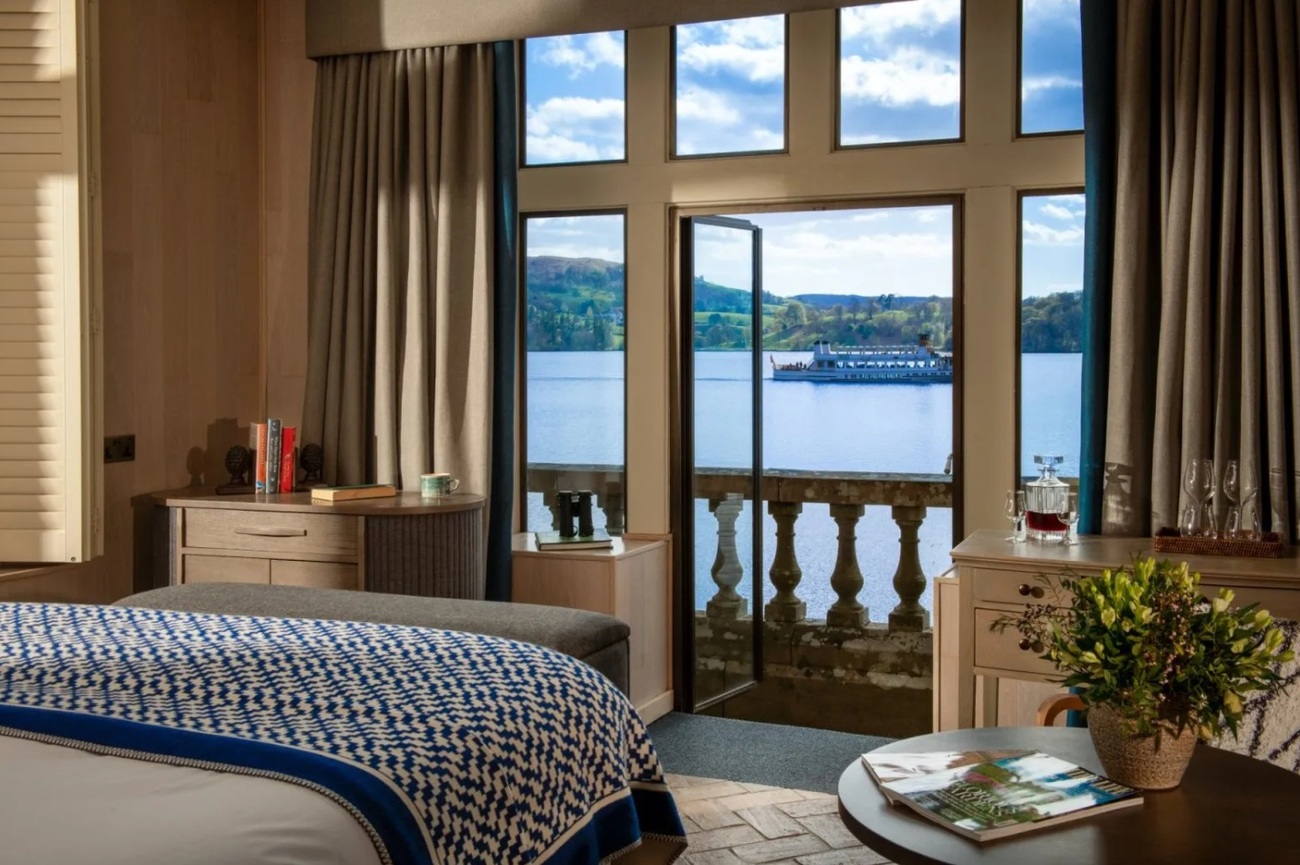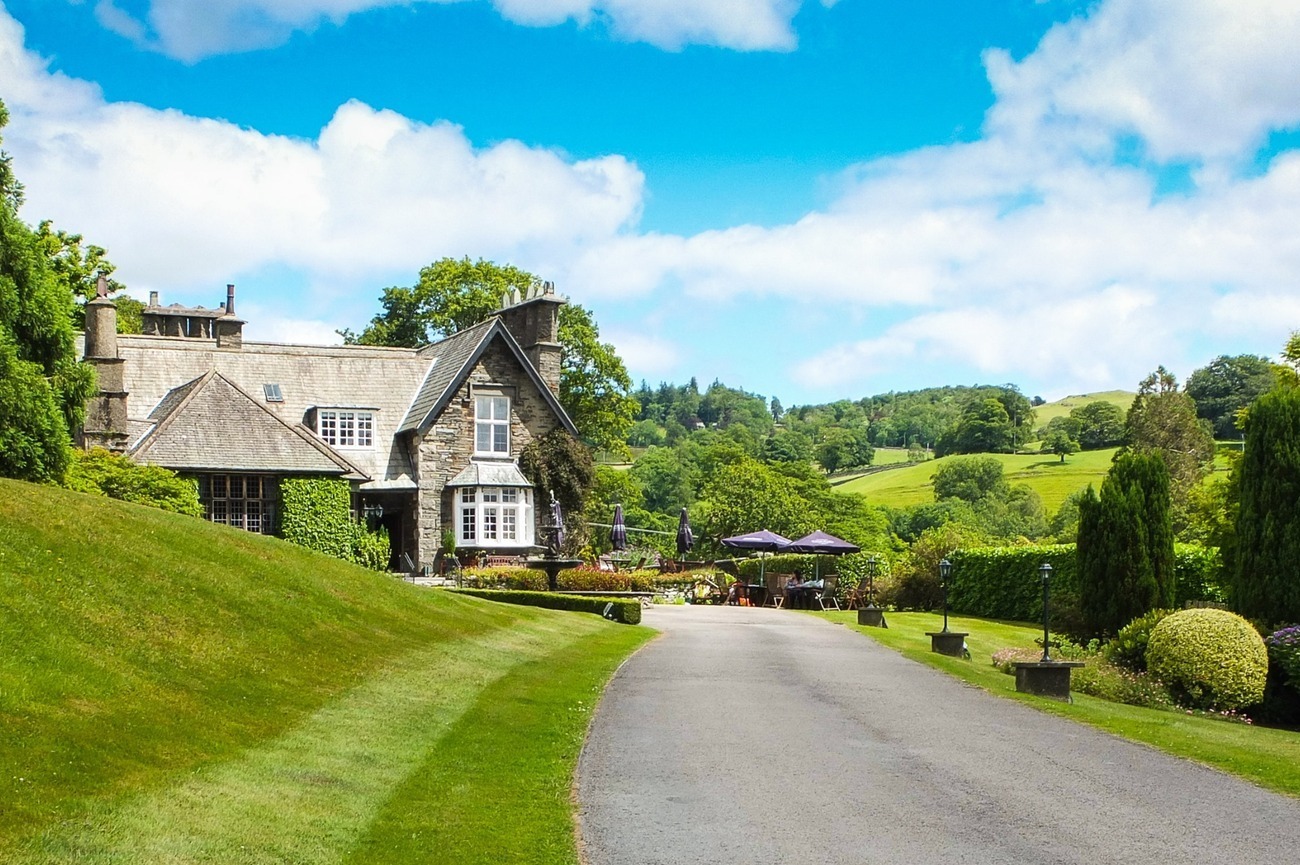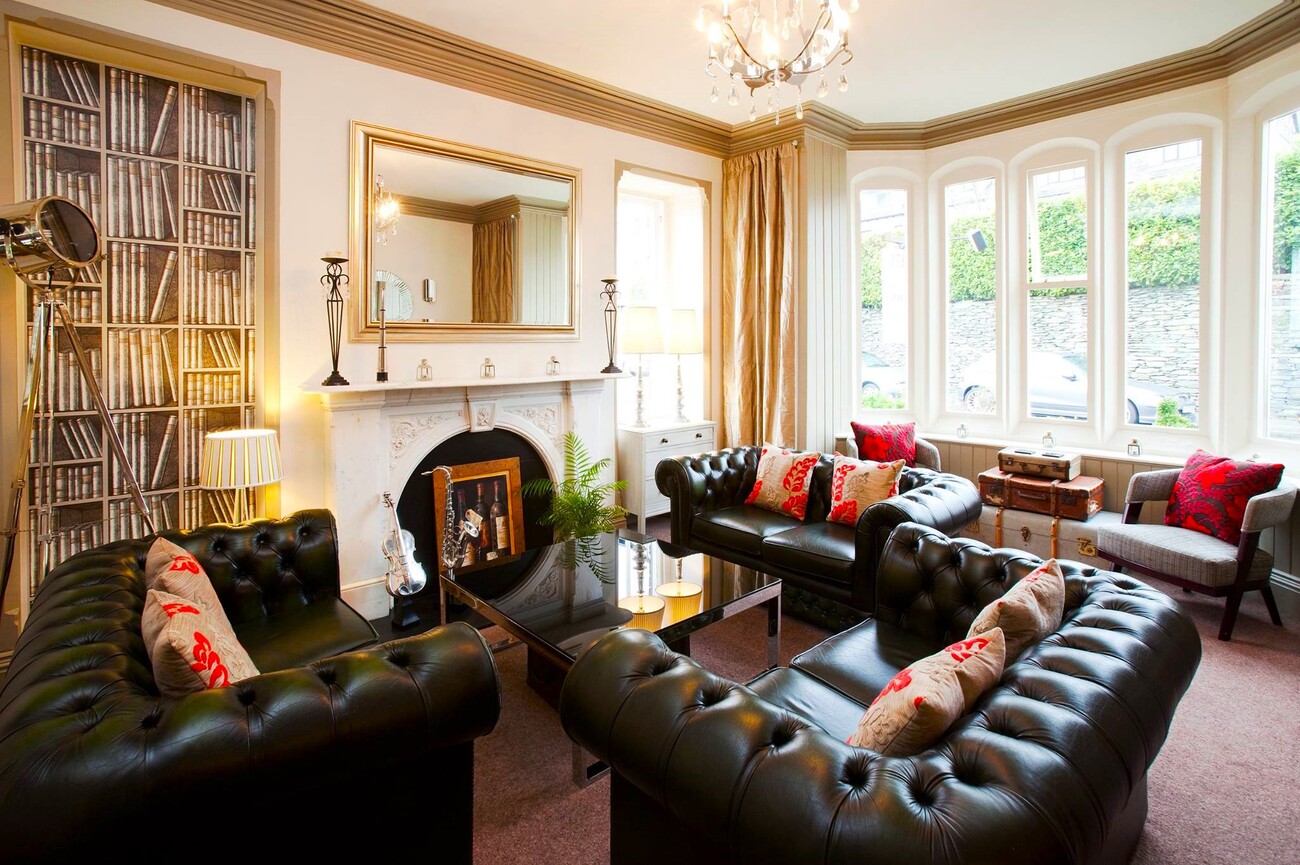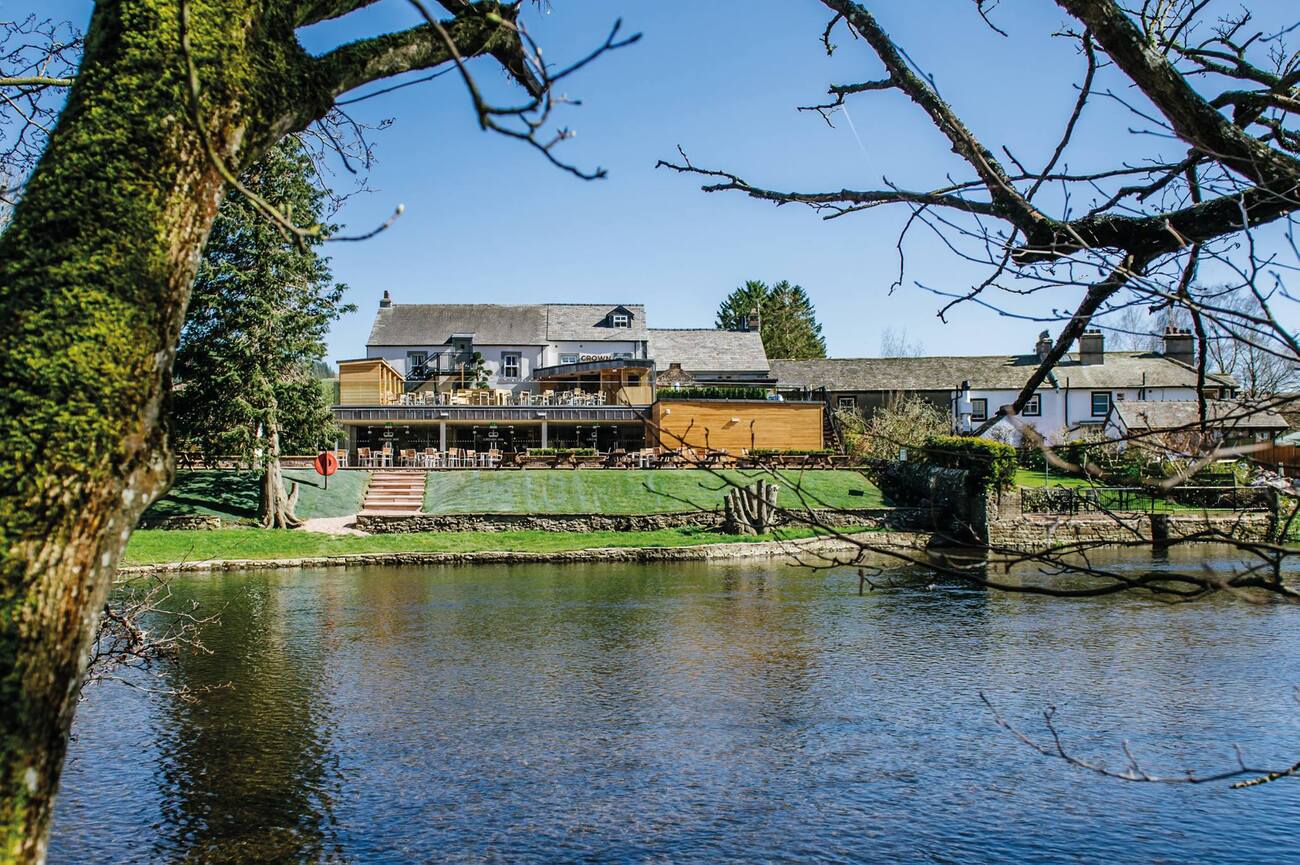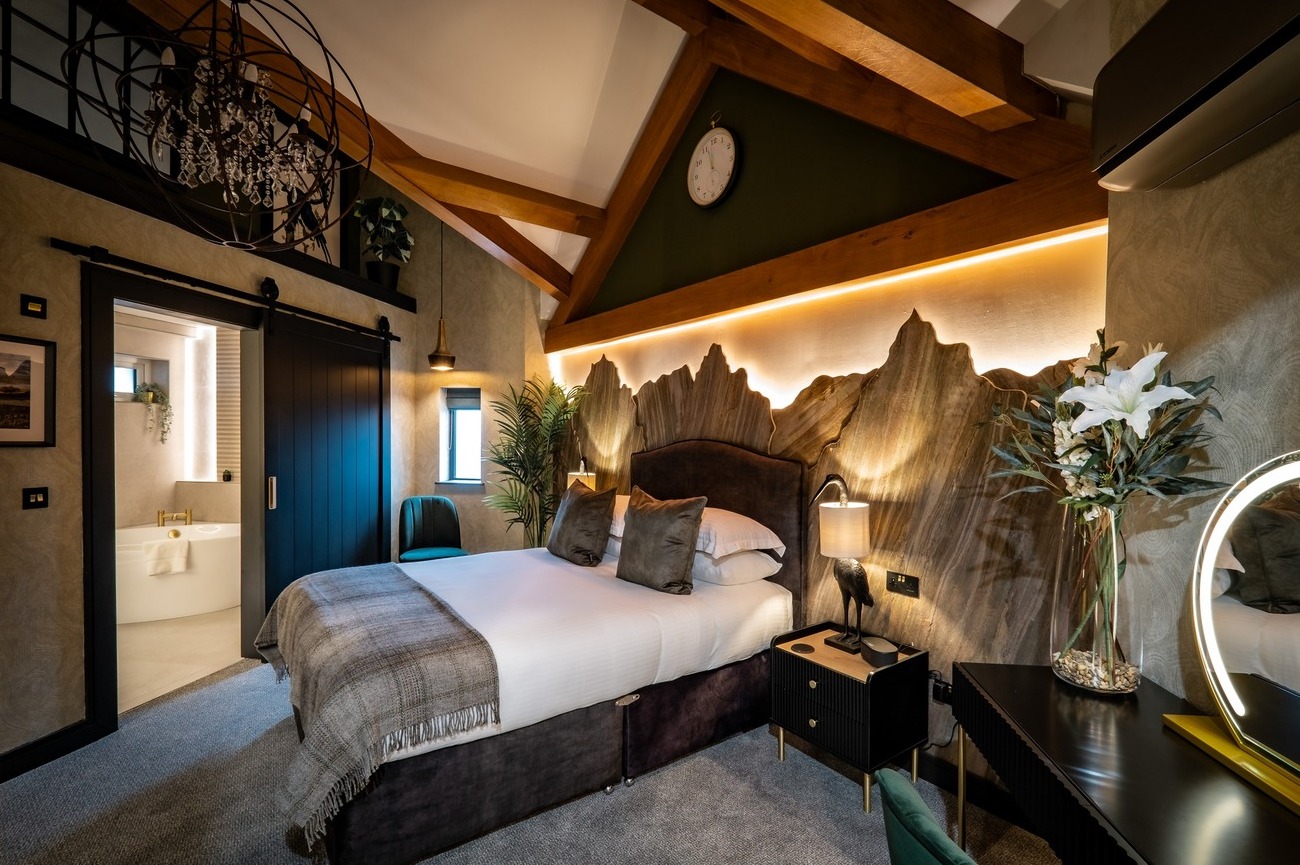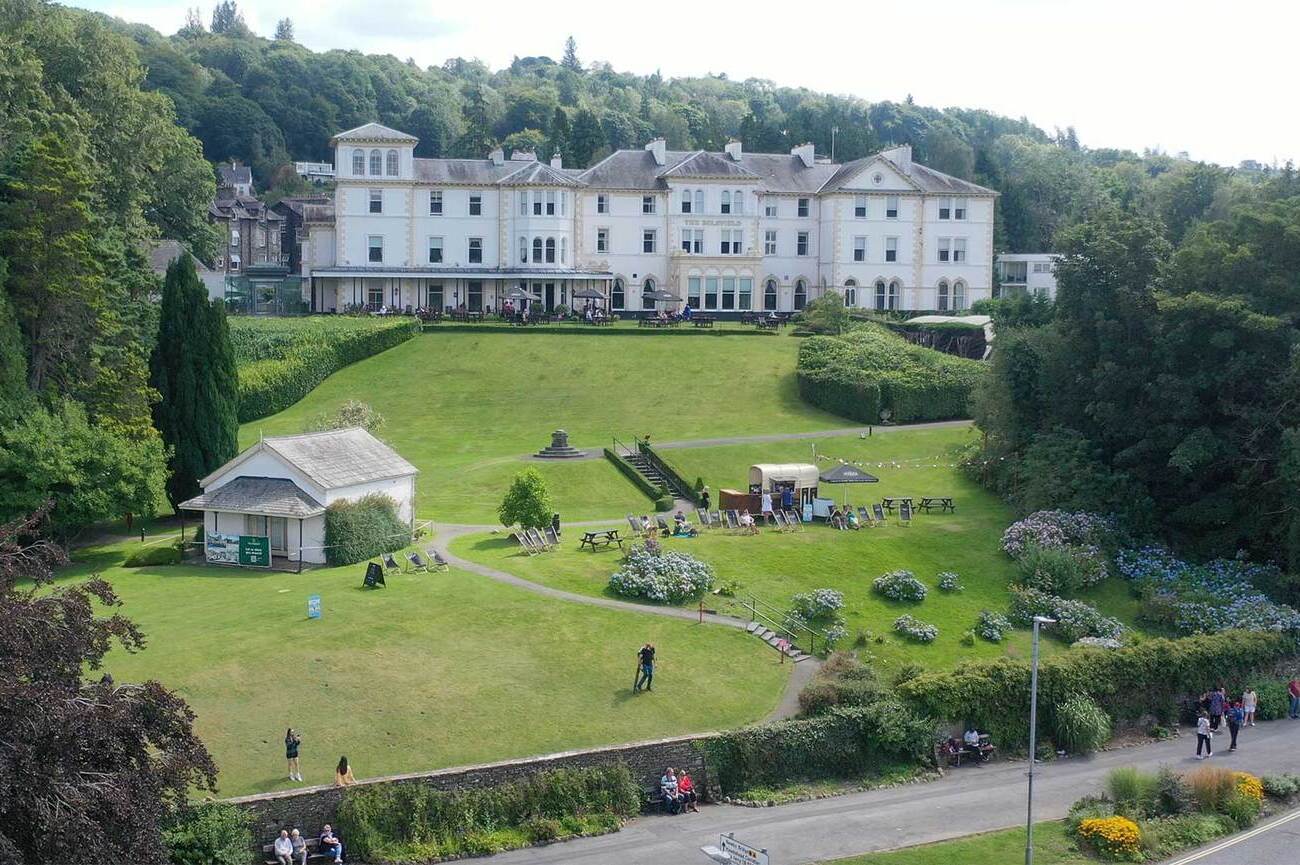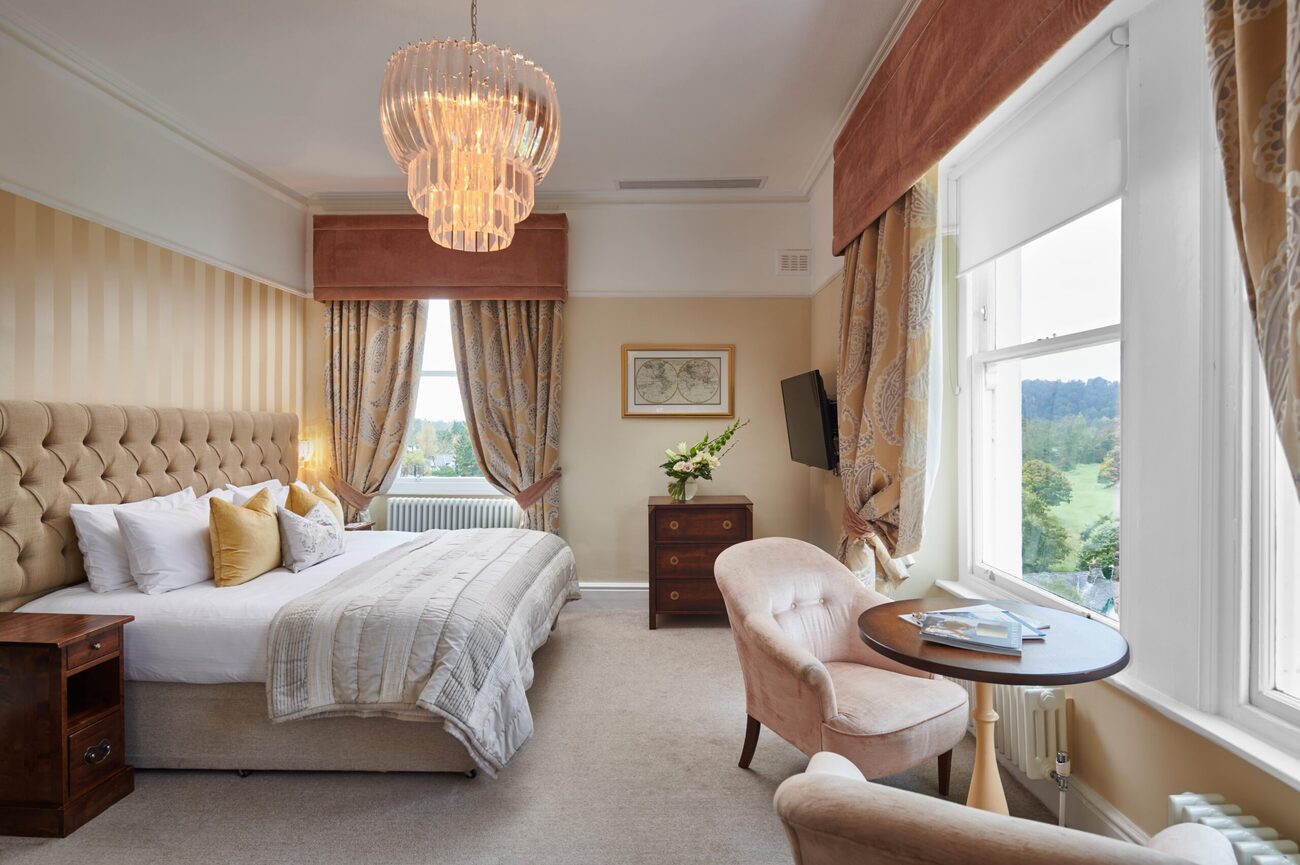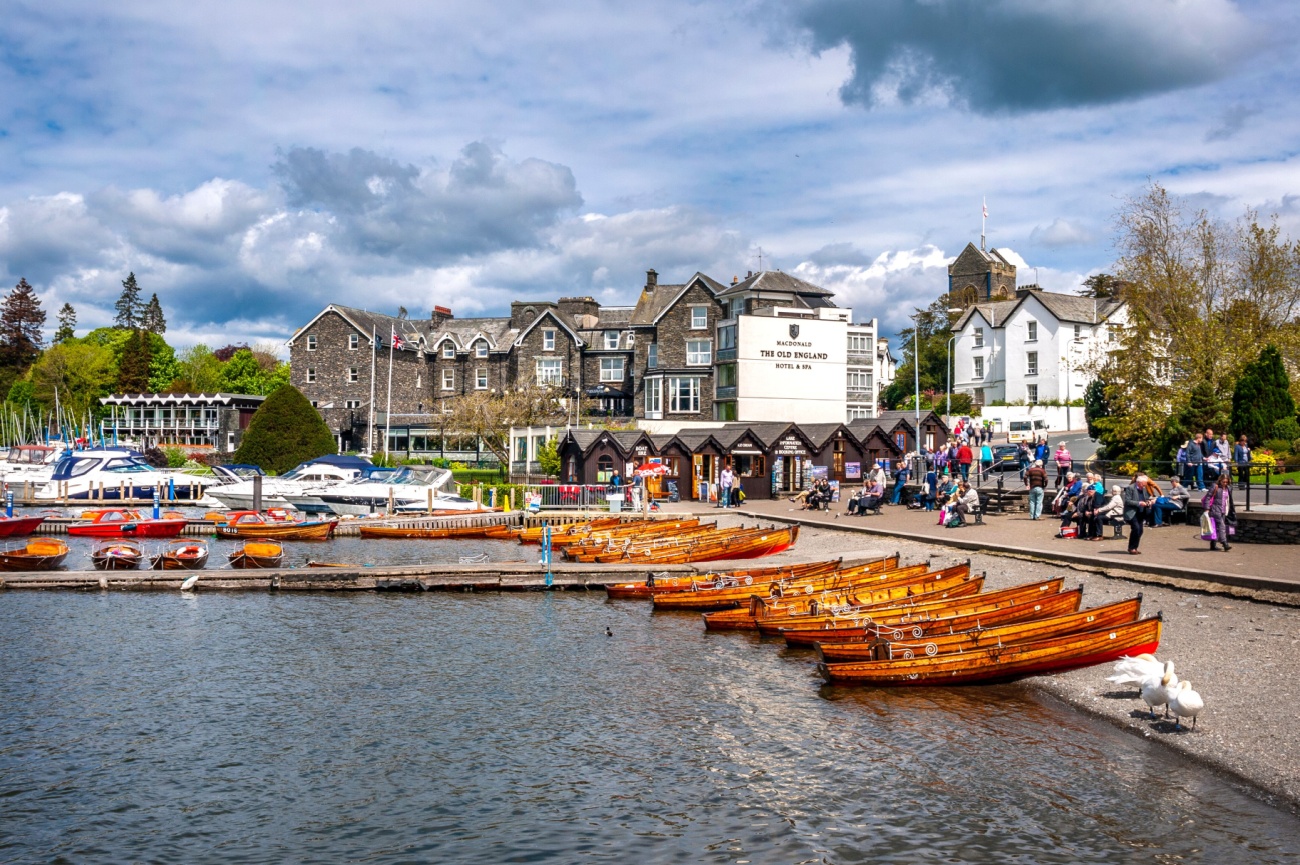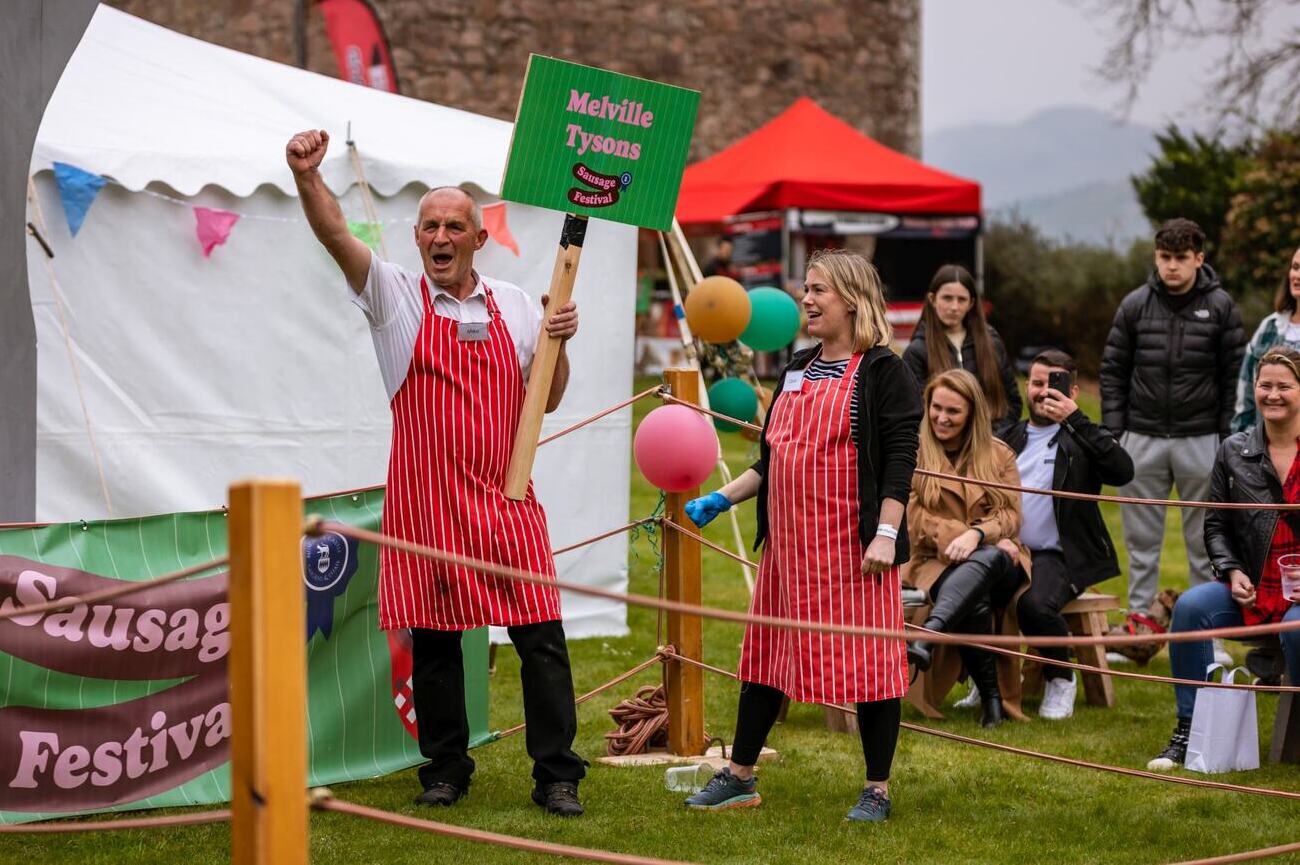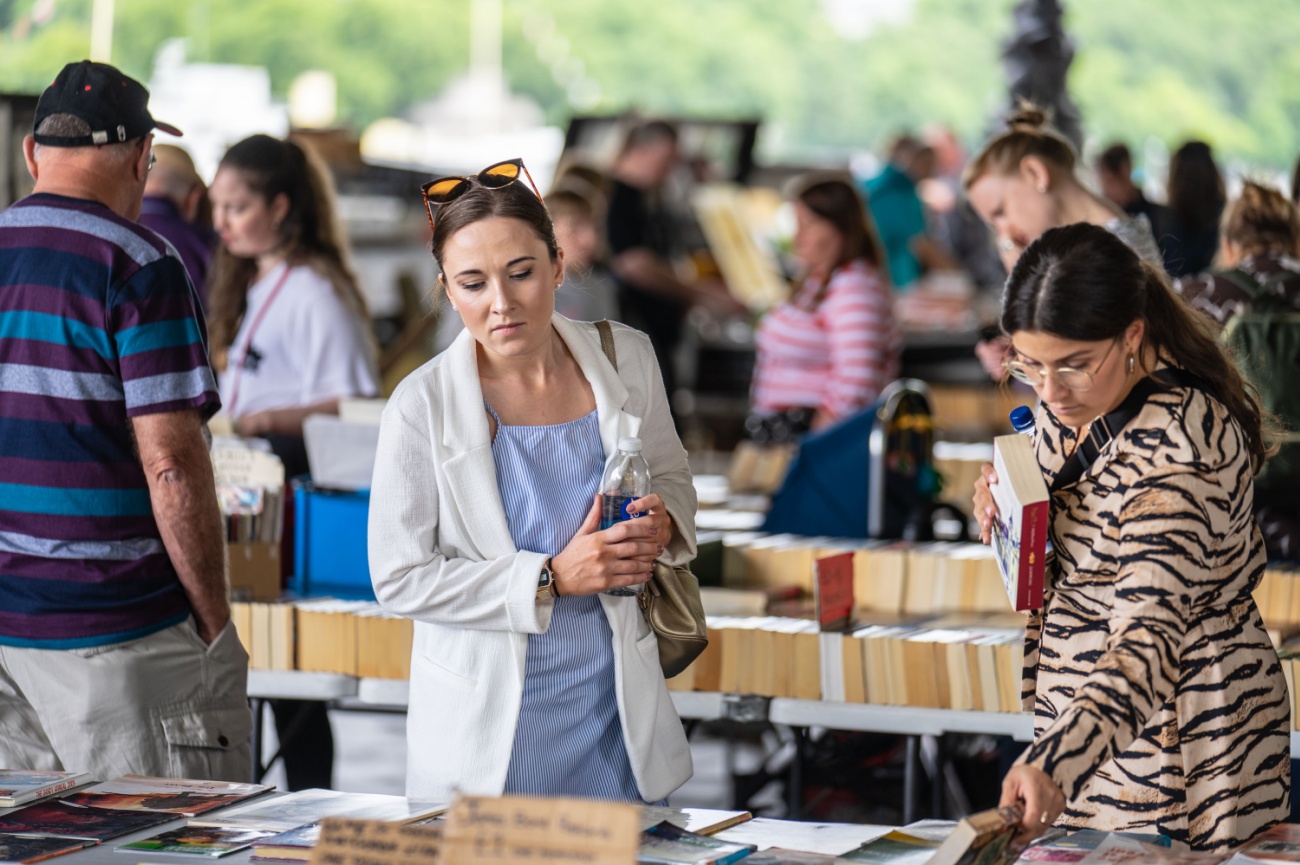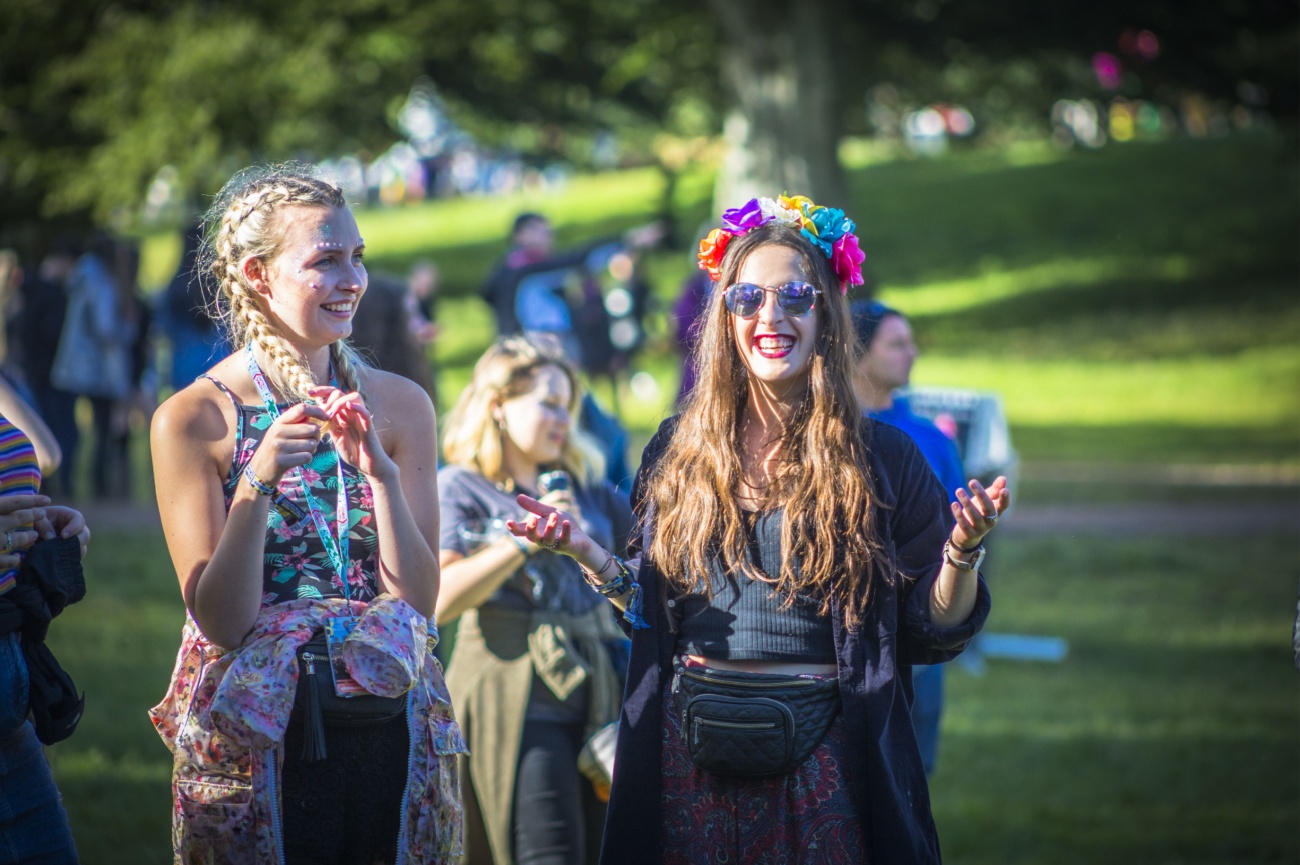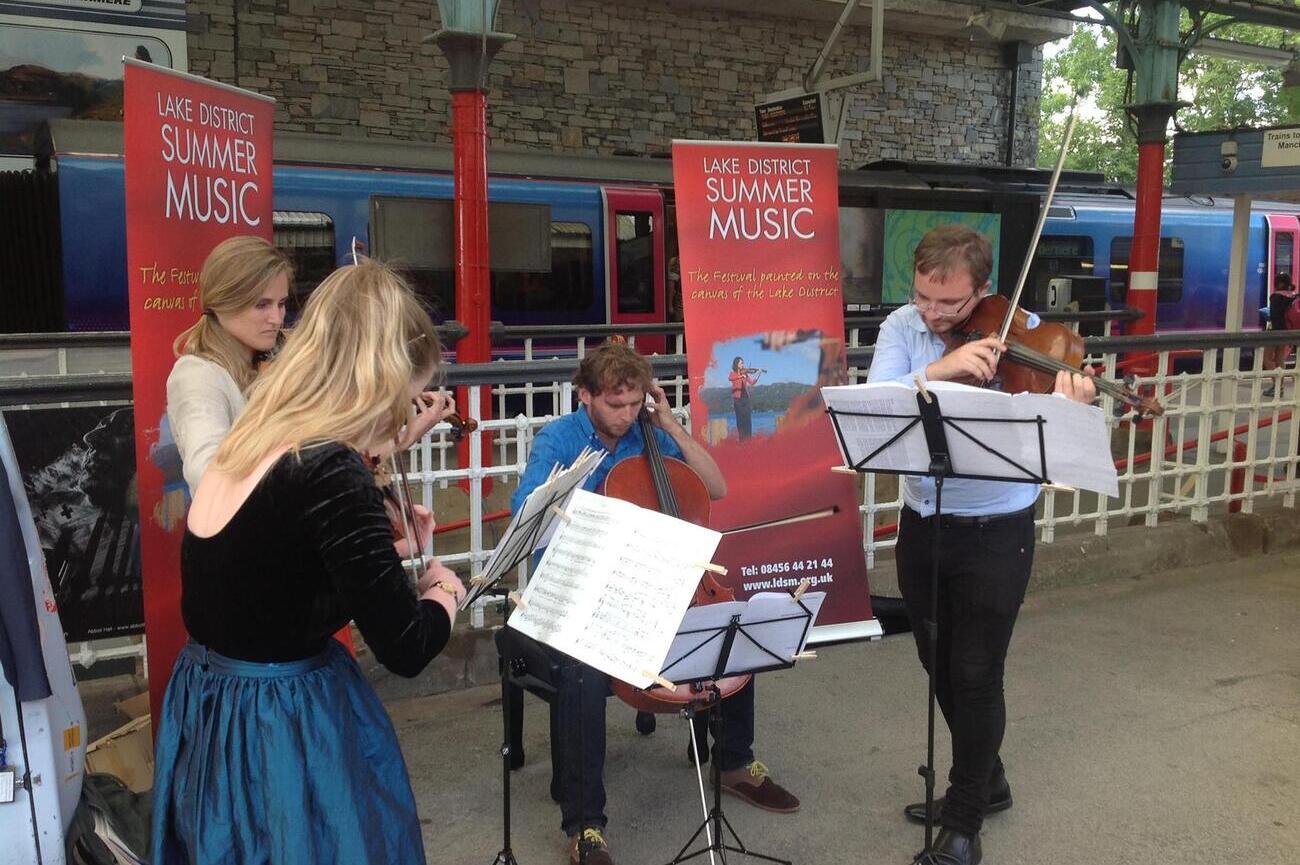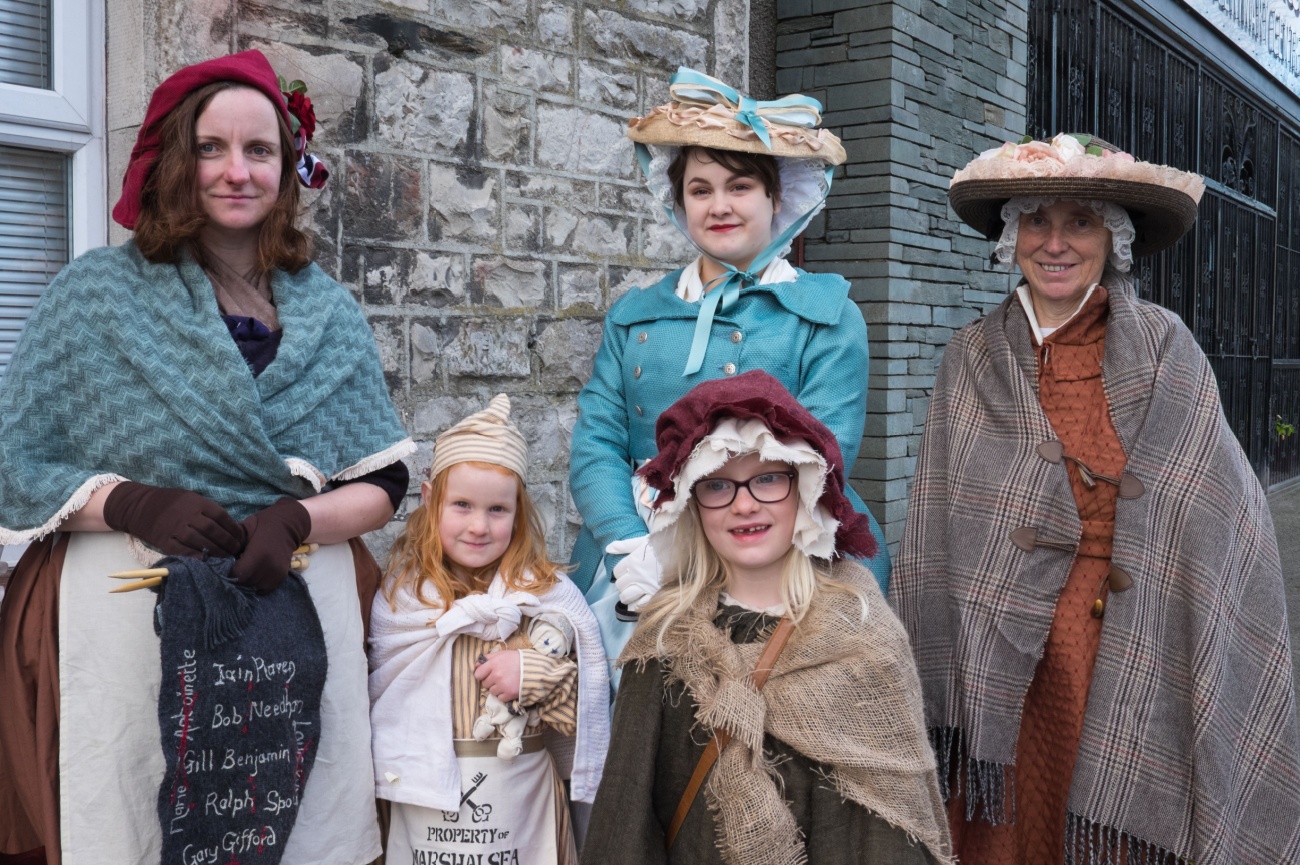Things to Do in the Lake District: 3-Day Itinerary
Shimmering lakes, towering mountains, and ancient castles invite you to enter the incredible and magical world of the Lake District, located in the northwest of England. It is the country’s largest national park covering 2,362 km2 and was awarded UNESCO World Heritage Site status in 2017.
Visitors come here to appreciate nature with an abundance of wildlife to be seen and many hiking trails to explore. The Lake District has the distinction of being home to the highest mountain in the country, Scafell Pike, as well as the deepest lake, Wastwater. However, it is Lake Windermere that is the largest lake in both the Lake District and in the country and the most popular spot with visitors.
As the Lake District is vast, you probably won’t be able to see it all in one visit, but our three-day itinerary takes you to many of the highlights. The attractions are spread out so it is best to hire a car to explore the area otherwise you might miss out on some of the hidden treasures.
Day 1

Morning: Bowness-on-Windermere
Bowness-on-Windermere is one of the best places to begin your exploration of the Lake District. It lies next to Lake Windermere so why not first take a cruise on the lake to immerse yourself in the beauty and peacefulness of the region? A typical cruise on Lake Windermere lasts for three-quarters of an hour and includes an audio commentary about the lake and its history. The views are fantastic, especially of the surrounding mountains.
Orrest Head Viewpoint
Continue your exploration of the Lake District by taking in more spectacular views. Head a little north to the town of Windermere from where you can walk up to Orrest Head Viewpoint. It’s not a difficult hike as it’s only 3 km long, and although the summit is 238 metres high, it is a gradual climb. From here, you can not only see Lake Windermere, but the Irish Sea and Scafell Pike.
Stagshaw Gardens
Just a nine-minute drive from Orrest Head Viewpoint, is a National Trust property, Stagshaw Gardens, a beautiful and peaceful spot covering eight acres. You won’t be bothered by crowds of people and can spend an hour or so wandering along the footpaths and over the quaint wooden bridges. It isn’t set out with formal flower beds but instead the plants have been placed naturally as if they were wildflowers. You will feel as if you are in a woodland rather than a conventional garden.
Spring is lovely here when the rhododendrons are in bloom and in the autumn, the changing colours of the leaves are spectacular.
If you are still feeling energetic, head to Skelghyll Wood just above the gardens and hike the 4.8 km loop. There is a lovely waterfall to be seen as well as Cumbria’s tallest tree, the Grand Fir, standing at 57.8 metres.
Armitt LIbrary & Museum Centre, Ambleside
After experiencing the great outdoors, it’s time to explore the history of the area. Just 1.93 km north of Stagshaw Gardens is Ambleside where you can visit the Armitt Library & Museum Centre. Here, you will learn about the history of the town through artefacts such as watercolours by the famous children’s author, Beatrix Potter who lived in the area. It is open from Wednesdays until Sundays and on Thursdays, there is an organised tour. It is a good idea to book tickets before you go as you can then avoid the queues.
You can park across the road at a pay and display car park on Rydal Road and leave it there while you explore more of Ambleside and have lunch.
The Bridge House
Close to the Armitt Library & Museum is Bridge House, an unusual house built on a bridge over Stockbeck stream. It dates to the 17th century and is popular with tourists who enjoy having their photos taken standing next to it.
Day 1, Morning – The Lake District Tour Map
Afternoon: Wray Castle
Ambleside has plenty of traditional English pubs so get a bite to eat accompanied by a local ale and then head 8 km south to Wray Castle, settled next to Lake Windermere.
Wray Castle is unusual as it was built in the Gothic style during the 19th century, not between the 12th and 16th centuries. At this time, the Victorians were enjoying a revival in Gothic architecture and the castle reflects this.
You can take a free tour of the ground floor, but this isn’t your traditional castle. There are no artefacts or furniture to be seen but instead exhibitions and there is a small climbing wall for children.
After visiting the castle, take a stroll around the gardens. There are trails to explore and rope swings for your kids to enjoy. The trees, such as the redwoods and weeping limes, are magnificent.
Beatrix Potter’s Hill Top House
Head 7 km south to Beatrix Potter’s Hill Top House which is a must-see for both children and adults. Lots of us grew up with her books and to see where many of them were created is magical. Beatrix bought the house when she sold her first book, The Tale of Peter Rabbit, and the house inspired her future works.
The house has been kept as it was when she was alive and here you will see many of her possessions. If you have read her books, you may even think that some of the items on display are familiar. If, for example, you enjoyed The Tale of Two Bad Mice, you may recognise the dollhouse.
Beatrix Potter’s house is surrounded by a lovely cottage garden, and, in addition, there is a small working farm. Both have been maintained as they were when she was alive.
The house is a National Trust property, and you can park free in their car park. It is a very popular destination and operates with timed tickets which you book online.
If you need a coffee or snack, head to Joey’s Cafe for a well-earned break.
Kirkstone Pass
Before going back to Bowness-on-Windermere for dinner and the night, stop by Kirkstone Pass to admire the sunset. It is 454 metres high and is the tallest pass in the Lake District. Watch the reds, yellow and oranges of the setting sun merge and create an amazing backdrop for the towering mountains.
Day 1, Afternoon – The Lake District Tour Map
Day 2

Morning: Visit St. Martin’s Church, Bowness-on-Windermere
While you are in Bowness-on-Windermere, an interesting stop is St Martin’s Church which is still a used as an Anglican church. It was built in the 15th century and is unusual in that both the inside and outside have been made from rubble. Highlights of the church include beautiful stained-glass windows dating from as far back as the 13th century up to the 20th century. Take a look at the biblical texts and murals adorning the walls and the unusual font with carved heads at the corners of the bowl.
Brant Fell
You will find the start of a trail leading up to Brant Fell opposite the church gate. Taking this trail will reward you with spectacular views of Lake Windermere, Grizedale Forest, and the fells. It is a bit of a steep climb with stiles to climb over, but it is worth the effort. The trail is 3.37 km long and at the top you will be at a height of 192 metres. Stop at Post Knott along the way for a breather and to take in the views from there.
Fell Foot Park
Head 11.9 km south to the bottom of Lake Windermere where you will find Fell Foot Park. It is a lovely place to spend a relaxing hour or two or to enjoy water sports such as paddle boarding, canoeing, or boating on the lake. There are two trails to follow if you are feeling energetic. The 2.5 km Meadow Walk takes you around the whole park while the Lakeside trail is an easy stroll by the shore of the lake. Both offer lovely views.
As it’ll be about lunchtime, grab a bite at the Boathouse Cafe or take advantage of the tables and benches and bring your own picnic.
Day 2, Morning – The Lake District Tour Map
Afternoon: Lakes Aquarium
Get in the car and head to the western side of Lake Windermere. Just 0.32 km from Fell Foot Park is Lakes Aquarium which is a great place for the whole family to spend an hour or two. The exhibits range from the fish found in the lakes of the Lake District to those native to Asia and the Americas. If you didn’t have lunch at Fell Foot Park, there is a choice of restaurants and cafes at the aquarium. It’s a good idea to book your tickets in advance as you get a discount.
Stott Park Bobbin Mill
Take a short car ride north to Stott Park Bobbin Mill. Book online to save 15%. It is the only bobbin mill in the Lake District that is still operating and here you can learn about the history of bobbin making and see them being produced. A highlight is the family trail where children can dress up and learn how hard life was for the children who worked in bobbin mills in the 19th century.
Lakeland Motor Museum
If you are interested in motor vehicles of any type, this museum is a must-see. It is just 5 km south of Stott Park Bobbin Mill, so it won’t take you long to get there. It houses over 30,000 exhibits including cars, motorbikes, scooters, bicycles, and pedal cars. There is also a collection of automobilia including scale models and number plates. Make time to visit the special exhibitions, one dedicated to the Isle of Man TT motorbike race and the other to the achievements of Sir Malcolm and Donald Campbell who both broke land and water records. If you need a break, there is a cafe where you can grab a coffee or indulge in an English afternoon tea.
Predator Wolf Experience
If you can get a booking and are passionate about wildlife, you shouldn’t miss going to the Predator Wolf Experience, 6.27 km away from the Lakeland Motor Museum. Spaces are limited because the welfare of the animals comes first, and crowds of people don't provide the right conditions for wild animals.
There are different and exciting experiences on offer. Take a walk with the wolves, hear them howl, and learn about them. A more sedate experience is the wolf and fox encounter where you will meet the wolves and the resident red fox. You will learn more about these animals and the differences between them.
Day 2, Afternoon – The Lake District Tour Map
Day 3

Morning: Ullswater River Cruise
28.8 km north of Bowness-on-Windermere is Ullswater, the second largest lake in the Lake District and the third deepest in England. It is in a beautiful setting surrounded by the Helvellyn range of mountains, the highlight being Helvellyn Mountain, the third highest mountain in England towering at 950 metres.
Take a cruise on the lake on the Ullswater steamer. There are four piers you can leave from, and you can get off at any of them for walking opportunities on organised trails.
The landscape around the lake is stunning and has inspired artists, writers, and poets such as William Wordsworth who wrote his famous poem, I Wandered Lonely as A Cloud, here.
Lowther Castle and Gardens
Head a little north for 14.5 km and you will arrive at Lowther Castle and Gardens. This is an unusual castle and even though it is now in ruins, it is worth visiting. It was built in the 19th century and had hundreds of rooms. However, it was closed in the 1930s, used by the army in the Second World War, and then had its roof removed in 1957. All seemed dismal for the castle, but a huge injection of money in 2008 has turned it into what is now called The Garden-In-The-Ruins. Different gardens such as The Rose Garden, have been planted in the ruins of the castle and have transformed the site.
The castle is surrounded by more gardens with wooded areas and ponds. If you have children with you, they will love the adventure playground called The Lost Castle. Highlights include crawl-throughs, slides, and zip wires.
Having explored the castle and grounds, you will probably be ready for lunch and there is a cafe on site serving delicious freshly made food. There are vegetarian and vegan choices on offer.
Day 3, Morning – The Lake District Tour Map
Afternoon: Brougham Castle
This is the day for visiting castles as just 7.5 km north of Lowther Castle, you will find Brougham Castle. It was built in the 13th century by Robert de Vieuxpoint, Lord of Westmoreland as both a home and as protection against the Scots, the main enemy at the time. It is located next to the River Eamont, and although much of it is in ruins, it is well worth exploring. The Great Keep is still intact, as is the double gatehouse. There are plenty of stairways to climb and when you reach the top, you will be rewarded with stunning views of the Eden Valley. If you book online, you will get a 15% discount and guaranteed entry.
Dalemain Mansion and Historic Gardens
Just 7 km from Brougham Castle is Dalemain Mansion and Historic Gardens. It dates to the 12th century with extra wings added in the 16th century. Sir Edward Hassell purchased the property in the 17th century, and it remains in the family. A Georgian facade, built in 1744, surrounds the old house.
You can visit the mansion on a guided tour, and it is advisable to book in advance as it is a popular attraction and you might not get in. The inside of the house is stunning and contains furniture designed by the famous Thomas Chippendale and Robert Gillow. Admire the family portraits and ceramics and visit the museum in the pele tower.
After touring the house, explore the gardens which have won awards such as the Historic House Garden of the Year in 2013. There are various gardens to visit including the interestingly named Animal Garden which contains plants such as foxgloves and hedgehog holly. Visit in the spring to see the snowdrops and daffodils and in the summer for the roses.
For animal lovers, the grounds have plenty of wildlife including deer and red squirrels.
By this time, you will probably be in need of refreshment so head to the tearooms. Why not treat yourself to a traditional English afternoon tea with sandwiches, cakes, and scones? Nothing is more English than this.
Day 3, Afternoon – The Lake District Tour Map
Other Places to Visit in the Lake District
- Rydal Mount: For fans of the poet, William Wordsworth, this is a must-see. It was his home from 1813 until 1850 and is in the small village of Rydal close to Ambleside. The house still belongs to his descendants and has been preserved to reflect the life of the poet. When you visit, you will be able to see many of his possessions as well as family portraits and some of his first editions. Wordsworth was a keen gardener, and, like the house, the garden has been maintained and kept as it was when he was alive. You can enjoy a beautiful view of Rydal Water from the summerhouse.
- Hay Bridge Nature Reserve: Hay Bridge Nature Reserve is in Russland Valley and covers 0.94 km2. It is a sanctuary for wild animals such as red deer and otters, as well as many birds, including pied flycatchers and osprey. The terrain is varied with a raised peat bog, woodlands, meadows, and a couple of small tarns. You have to contact the warden to make arrangements to visit unless you are a member of the Friends of Hay Bridge Nature Reserve.
- Scafell Pike: Scafell Pike, the tallest mountain in England, towers at 978 metres. Close to the summit is Broad Crag Tarn, the highest body of water in the country. It is 820 metres above sea level.If you are an experienced hiker, conquering Scafell Pike should be on your agenda. It is a challenging hike of 13.8 km and takes around seven hours there and back, but you will be rewarded with spectacular views of all four countries of the United Kingdom.
- Dove Cottage and the Wordsworth Museum: Dove Cottage is another of Willian Wordsworth’s homes where he lived from 1799 until 1808 with his sister, Dorothy and where he wrote some of his best poems.The house has been set up to look as it did when Wordsworth lived there as has the garden. In the museum, you will discover many of Wordsworth’s personal belongings as well as some of his original handwritten manuscripts. If you have children with you, they will love the interactive exhibits such as a working printing press.
- Tarn Hows: Tarn Hows is a lake near to the village of Coniston which is owned by the National Trust. There is a lovely walk you can take around the tarn which isn’t too strenuous as it covers just 3.2 km, and the path is reasonably good. Highlights include the Tom Gill waterfall which you can find on a short detour near the beginning of the trail, and the trees with coins lodged in them. If you put a coin in one of the trees, you should have good luck but if you take one out, the opposite will happen. You might spot squirrels, deer, or even sheep during your walk and the views of the mountains are spectacular.
- Ravenglass: Ravenglass is the only coastal village in the Lake District and is unusual as it is situated within two UNESCO World Heritage Sites, The Lake District and Hadrian’s Wall. Its history goes back to the ancient Romans who settled here because it has a natural harbour. Now you can tour the Roman Bath House which has been well-preserved despite being built around 2,000 years ago. In Ravensdale, you can ride the Ravensdale & Eskdale Railway, a narrow-gauge steam train. It travels uphill at a 1.55 gradient and offers spectacular views along the way. It covers 11.26 km and ends in the village of Boot where you can enjoy a pint at one of the local pubs.
- Muncaster Castle: 2.41 km east of Ravenglass is Muncaster Castle which is said to be haunted by a 16th-century court jester, Tom Fool. The castle was built around a pele tower and is still inhabited. It is owned by the Pennington family, but you can still take a tour of part of the castle. Visit the magnificent Great Hall, the drawing room, dining room, library, and bedrooms. Marvel at the artwork adorning the walls and the beautifully crafted furniture. The castle is surrounded by woodland gardens where you can take a stroll after exploring the interior. Here you will discover The Weapons Hall where you can take part in Mediaeval sports such as jousting, crossbow, and archery. If you need a break, The Weapons Hall has a Mediaeval Tavern.Also in the castle grounds is a Hawk and Owl Centre where you can see these magnificent birds close up and watch them participate in displays.
- Aira Force Waterfall is a spectacular waterfall which cascades for 20 metres and then joins Ullswater Lake. The path leading to the waterfall is easily accessed and you get great views from both the foot and the top of the falls.
- Manjushri Kadampa Meditation Centre: Founded by the Venerable Geshe Kelsang Gyatso Rinpoche and located in Ulverston, the Manjushri Kadampa Meditation Centre is a sanctuary for people wanting to escape from daily life and find inner peace. It houses a Buddhist temple and offers meditation classes, retreats, and festivals, as well as 70 acres of woodland for peaceful walks and the World Peace Cafe.
- Castlerigg Stone Circle is one of the earliest stone circles built in the UK, believed to have been constructed in 3,000 BC. Apart from being a magnificent feat of engineering for its time, you will be able to enjoy fantastic views, particularly of Helvellyn and High Seat mountains.
- Cartmel Village: As well as a lovely selection of eateries, you will find the 800-year-old Cartmel Priory in the village, which has been a pilgrimage site for centuries. Close to the village is Holker Hall and Gardens, a 17th-century house with a spectacular tower and cupola and 23 acres of gardens to explore.
- Helvellyn: At 950 metres, Helvellyn is the third-highest mountain in England and is located to the north of Ambleside. There are different trails you can follow to tackle the mountain, from easy to challenging, but all reward you with fantastic views.
- Stanley Ghyll Force Waterfall: The Stanley Ghyll Force Waterfall in Eskdale cascades for just over 18 metres and is one of the most spectacular waterfalls in the Lake District, plunging into a deep ravine. The path to reach it passes through lovely woodland and although it is a little steep, it is worth it for the fantastic views.
- Sizergh Castle, close to Kendal, is a mediaeval house set in spectacular gardens, both of which can be visited. Still owned by the Strickland family, you can explore a collection of over 2,400 artefacts in the house and the 1,600-acre estate with its mirror lake and a limestone rock garden.
- Levens Hall: Originally a Pele tower built in the 13th century, Levens Hall grew into a home during the Elizabethan era and here you can admire furniture, paintings, and oak panelling. The highlight, however, is the stunning topiary garden in the grounds which was designed by Guillame Beaumont in 1694 and is the oldest topiary garden in the world.
- Blackwell - The Arts and Crafts House: Completed in 1901, Blackwell in Bowness-on-Windermere is one of the best examples of an arts and crafts house in the country. It showcases stunning furniture and objects such as metalwork and ceramics, created by famous designers of the time.
Day Trips from the Lake District
- Blackpool: Blackpool lies 120 km south of the Lake District and is a great place to go if you have children or if you yourself are young at heart. It has a fantastic theme park, Pleasure Beach, which has a grand total of ten roller coasters, as well as more sedate rides for the little ones. Blackpool is famous for its tower which is 158 metres tall and has a spectacular ballroom, always featured in one episode of each series of UK TV’s Strictly Come Dancing. Ride to the top for amazing views of the Lake District, the Irish Sea and if it’s clear, the Isle of Man. Blackpool is also world-famous for its illuminations. If you are lucky enough to be visiting in September or October, you will see the seafront lit up with over a million lights. If you just want to enjoy the beach, Blackpool has plenty for you to relax on and to swim in the sea.
- Formby: 159 km south of the Lake District, you will find the peaceful town of Formby which is a must for nature lovers. Take a walk through Formby Woods or visit the National Trust Nature Reserve where you may spot wildlife including the endangered natterjack toad. Go and see the red squirrels in the Red Squirrel Reserve or head up to Formby Point for fantastic views of the surrounding countryside and the sea.The beach is popular with visitors throughout the summer, particularly because it is backed by towering sand dunes, home to various wildlife.
- Carlisle: Carlisle is 65.66 km north of the Lake District and is the last city in England before you get to the Scottish border. It is an ancient city going back 2,000 years and is heaven for history buffs. The 900-year-old castle is well worth visiting. Explore the interior of the castle including the grisly dungeons and climb the ramparts for spectacular views. Other highlights in the city include Carlisle Cathedral, built in the 12th century and one of the oldest churches in the country, and a plethora of museums, such as the Solway Aviation Museum and the Miniature Museum. Just outside Carlisle is another UNESCO World Heritage Site, Hadrian’s Wall, built by the Romans as a fortification. It is just over 112 km long and much of it remains, together with fortresses, bath houses, and ramparts. There are even museums along the route.
- Kendal: The highlight of the town of Kendal is Kendal Castle which was built in the first part of the 13th century and was once home to Katherine Parr, the last wife of King Henry VIII. Although it is in ruins, it is still worth exploring if only for the views, followed by a visit to Kendal Museum where you will be able to see an exhibition about the castle.
- Eskdale is in the western part of the Lake District and offers plenty to do for a day out. Take a walk along the River Esk, visit the 12th-century Muncaster Castle, hike up Scafell Pike, which is England’s highest mountain, and visit Hardknott Roman Fort.
- Seascale is a lovely Victorian seaside resort, its focal point being the jetty which is popular in the summer for fishing, windsurfing, and water skiing. See the Greycroft Stone Circle and the remains of the 12th-century Calder Abbey, as well as take a pottery class at Gosforth Pottery.
- Ullswater is the second-largest lake in the Lake District, stretching for 12 km. You can take a cruise on the Ullswater Steamer and get off at different piers to hike along the shores of the lake.
- Honister Pass: Take a drive along Honister Pass, a mountain pass reaching 356 metres above sea level. It is steep so is not for the fainthearted, but it does offer fantastic views along the way and trails for those who want to hike.
- Coniston Water is one of the stunning lakes in the Lake District and is surrounded by beautiful scenery as well as the Old Man of Coniston Mountain. Have fun renting a boat, take a cruise on a steamer, or visit the museum in the Victorian writer, John Rushkin’s former house.
- Egremont is a market town just outside the Lake District National Park which has plenty to offer the day visitor. Explore the ruins of a 12th-century castle, the Florence Arts Centre, and in September, have fun at the Crab fair which celebrates the crab apple with parades, concerts, and sporting competitions.
Things to Do with Kids in the Lake District
The Lake District is an ideal place to bring children. Simple activities like boating on the lakes and other water activities will delight them, but many of the attractions in the area offer special activities.
- Brockhole On Windermere: Brockhole, on the shores of Lake Windermere, is heaven for children. There is an adventure playground, archery classes, and mini golf. At Treetop Nets, children over three can enjoy walkways, slides, tunnels, and trampolines 9 metres above ground. Fives and above can go to Treetop Treks which has rope bridges and a triple zip 14 metres high. Both have features to ensure your children's safety. During the summer holidays, arts and crafts classes are on offer.
- Lowther Castle: Lowther Castle, in Penrith, has one of the largest adventure playgrounds in England called The Lost Castle. It has been built from 25,000 metres of timber and has fun activities such as zip wiring, climb throughs and slides. There is also a toddler’s playground and a sandpit.
- The World Of Beatrix Potter: The World of Beatrix Potter in Bowness-on-Windermere is a great place to take young children. They will be enthralled by the models of Potter’s characters, magical shows, the Peter Rabbit Tea Party, and Peter Rabbit’s Garden. It may even evoke memories for the adults as well.
- Kendall Wall: Kendall Wall in Kendal, is part of the Lakelands Climbing Centre and offers climbing experiences for under 18s. There are many different classes on offer both for those who are new to climbing and those who want to improve their skills.
- The Puzzling Place: The Puzzling Place in Keswick will introduce your children to the wonderful world of optical illusions. Exhibitions include the Anti-Gravity Room, the Sideways Room, and the Hologram Room. In the Ames Room, they will see themselves grow and shrink and the Eyelusion Exhibition offers interactive exhibits.
- The Lake District Wildlife Park: The Lake District Wildlife Park in Keswick promotes animal conservation and here your children can learn about endangered animals from the keepers. There are 100 species of animals in the park such as red pandas, lemurs, and zebras as well as farmyard animals. Children will love feeding the goats, donkeys, and sheep. You can also book an animal experience such as flying a hawk or walking with an alpaca.
- Lakeland Maze Farm Park: Every summer at the Lakeland Maze Farm Park, two new mazes are created made from maize. You can choose between the mini maze or the big maze which can take up to an hour and a quarter to complete. If you come at any other time of year, there are two permanent mazes to conquer. The fun doesn’t end here as the park is home to farmyard animals and a farm park with small animals like rabbits. Children can also enjoy trampolining, a climbing wall, and bouncy castles.
- Alpacaly Ever After attempts to rehome both alpacas and llamas and also offers experiences for visitors. There is a choice of five sites to visit and you can meet and greet the alpacas, walk with alpacas, and even spend a day llama trekking.
- Ravenglass Railway: Children will love a ride on a steam train and this journey takes you 11 km from Ravenglass to Boot. Get to Ravenglass station early so that the kids can explore the interactive museum and enjoy the play area.
- The Honister Slate Mine is located at the top of Honister Pass and offers a 90-minute guided tour where children will love exploring the tunnels and caverns. As well as learning about the mine, there are illuminations and a mock explosion, as well as high-wire bridges outside the mine and hikes to conquer.
- Derwent Pencil Museum offers plenty to see and do for children and is in Keswick where the first pencil was made. The first attraction is a replica graphite museum and then afterwards kids will enjoy seeing exhibits such as an 8-metre colour pencil and the Queen’s diamond jubilee pencil, as well as taking part in interactive activities like searching for World War II pencils.
- Windermere Jetty Museum: The museum explores the 200-year-old boating history of Lake Windermere and offers family-friendly interactive experiences and workshops, together with a spectacular collection of boats. Children will love going out on Lake Windermere on one of the restored heritage boats.
- The Dock Museum is in Barrow-in-Furness set within a 19th-century dry dock and housing artefacts connected to the industrial history of the town. Children will enjoy the themed galleries such as Vikings in Furness and the Furness Railway as well as taking part in quizzes and having fun in the sea-themed playground.
- Lake District Falconry: Getting close and personal with a hawk will excite many children and the Lake District Falconry offers a fantastic experience. Your child will meet the hawk, learn how to handle it, and build up to the bird landing on the child’s fist, followed by a walk with the hawk and sometimes a simulated hunt.
Where to Eat in the Lake District
The Lake District is famous for many dishes, the most popular being the Cumberland sausage which is a long-coiled sausage made from pork and various spices, and served with Cumberland sauce, mashed potatoes, and fresh watercress. When it comes to desserts, you should try the Cartmel sticky toffee pudding. Dates, brown sugar, and butter are mixed, steamed, and then served with toffee sauce.
When it comes to eating out, you won’t go far wrong in choosing a traditional English pub of which there are many in the area, ranging from the cheap and cheerful to gastro pubs. You will find many English specialties in the pubs, but because England is a multicultural society, dishes of other nationalities are often on the menu, in particular Asian.
However, if you want to dine in style, there are sophisticated restaurants in the area, including a few Michelin starred establishments.
Great Pubs in the Lake District
- The Drunken Duck, Ambleside: The Drunken Duck has been around for 300 years and serves unusual dishes such as rabbit croquettes, oyster mushroom enchiladas, and a venison steak sandwich with chimichurri.
- Hole In t’Wall, Bowness on Windermere: This pub is the oldest pub in town. It doesn’t take bookings, so it’s first come first served. It serves traditional and wholesome British fare, such as beef and ale pie and fish pie. When it comes to drinks, they serve a range of Robinsons ales and have a collection of over 20 different gins.
- The Eagle’s Head, Ulverston: The Eagle’s Head in Ulverston is one of the best places to go for Sunday lunch. They have a carvery serving a choice of lamb, beef, turkey, and pork, served with roast potatoes, gravy, and a selection of vegetables.
- The Flying Pig: The Flying Pig is right opposite the Beatrix Potter Museum in Bowness-on-Windermere. They serve a good selection of real ales, have a children’s menu, offer traditional British dishes like scampi and chips, and on Sundays, there is a roast on the menu.
Restaurants
- Porto Restaurant: This modern fine dining restaurant is in Bowness-on-Windermere. It is family-run and holds an AA rosette for its food. It serves dishes like almond crusted cod loin, lamb chump, and wild mushroom risotto. It offers a delicious Sunday roast dinner which is so popular that you need to book.
- Lake Road Kitchen: This restaurant in Ambleside holds a Michelin star and is open from Wednesday to Sundays for dinner. It offers tasting menus for meat eaters, pescatarians, vegetarians, and vegans.
- L'Enclume: L’Enclume in Cartmel has three Michelin stars and is exclusive as it only accommodates six customers at either lunch or dinner. It has an on-site farm which provides many ingredients are used for the dishes. It serves unusual but always seasonal dishes such as Duroc pig and smoked eel with lovage and fermented sweetcorn.
- Old Stamp House: This restaurant is in Ambleside and presents traditional Cumbrian food, using locally sourced products, enhanced by Caribbean spices. It has a Michelin star and offers tasting menus at both lunch and dinner, introducing you to dishes such as pork loin served with carrot, endive, and Langoustine sauce and potted shrimp with cauliflower and spiced mead velouté. After your meal, try a spiced port.
Where to Stay in the Lake District
- Langdale Chase Hotel: This five-star hotel, in existence since 1891, is set right on the shores of Lake Windermere so offers fantastic views. The rooms are all large, elegant, and individually decorated. It has 30 rooms so is reasonably intimate and there is a restaurant offering creative British cuisine. In the summer, you can dine on the terrace. It offers interesting activities such as archery and wine tasting and has private jetties from where you can swim and enjoy sailing.
- Broadoaks Boutique Country House: Another five-star hotel, Broadoaks, which is in Windermere, has recently been renovated. All the rooms have been individually decorated with their own particular style and they are dog friendly. The on-site Oaks restaurant offers interesting fusion dishes combining French fine dining with Cumbrian favourites.
- Jericho’s Boutique Accommodation: This adult-only hotel in Windermere is family-run and offers contemporary rooms with modern ensuite bathrooms. It offers breakfast which is cooked to order with locally sourced ingredients.
- The Crown Inn: The Crown Inn, a four-star hotel and pub, is in Pooley Bridge next to Ullswater Lake. Sink into the large beds and enjoy the modern bathrooms with complimentary toiletries. The rooms are dog friendly and there are family rooms on offer. Breakfast is included and is served fresh, not buffet-style. Choose to eat lunch or dinner in the pub, the lake-view restaurant, or on the terrace.
- 1863 Pooley Bridge Restaurant and Rooms: This four-star establishment is aptly named as it has been around since 1863. It is in a prime position just 500 metres from Lake Ullswater. It has eight elegant rooms with all modern conveniences such as a welcome tray and TV. Breakfast is created from locally sourced fresh ingredients and the restaurant offers full meals and tasting menus for lunch and dinner.
- The Belsfield Hotel: This is a four-star hotel in Bowness-on-Windermere which has fantastic views of the lake. The rooms are elegant and luxurious as well as being dog friendly. The restaurant is open for breakfast, lunch, and dinner, and afternoon tea is on offer.
Best Time to Visit the Lake District
English weather is unpredictable, and it can rain at any time of the year and even be cool in the summer. However, for the best chance of good weather and drier conditions, summer is the best time to visit although it can get busy in July and August because of the school holidays. If you want to avoid the crowds, come just before or after this period in late June or early September when there is still a good chance of reasonable weather. However, the Lake District is a year-round destination with many places staying open, so if you don’t plan to hike, you can visit the castles and other attractions at most times of the year. December is a lovely month when everywhere is decorated for Christmas. Anyway, if it rains, you can just head to a local pub for a pint of real ale and a traditional meal sitting by a log fire.
Festivals in the Lake District
There are so many festivals in the Lake District throughout the year including beer festivals, food festivals, film festivals, agricultural festivals, and Christmas markets that it would be difficult to list them all. However, here are a few which will give you an idea of what’s on offer.
- National Trust Cadbury Easter Egg Hunt: In March or April, whenever Easter is, the National Trust arranges Easter egg hunts for children at different locations, such as Wordsworth House and Wray Castle.
- Muncaster Castle Cumbria Sausage Festival: In May, sausage makers compete to be crowned the top sausage producer. There are lots of sausages to try, including the Cumberland sausage, as well as activities for children and a dog competition.
- Words by the Water: This is a literature festival at the Theatre by the Lake in Keswick in June. It offers a varied programme with talks by authors, workshops, a comedy show, and a play.
- Kendal Calling is a 4-day music and arts festival held in Lowther Deer Park from the end of July to the beginning of August. There is a special area dedicated to children where they can enjoy live theatre, craft workshops, and enormous inflatables, with a special camping area for families enabling you to stay overnight.
- Lake District Music Summer Festival: This is held from the last week of July until the first week of August and offers a programme of musical performances. Classical music is the highlight, but there is also jazz and gospel. It is held at various locations throughout the Lake District, including Ambleside, Ulverston, and Windermere.
- Halloween: Halloween has become very popular in England in recent years and there are a number of spooky events taking place throughout the Lake District towards the end of October. Both Muncaster Castle and Brockhole hold Halloween festivals during the school half-term holiday in the last week of October.
- Bonfire Night: This is celebrated on November 5th, remembering when Guy Fawkes tried to blow up the House of Lords in 1605. Many firework displays are held on or around this date, often with a bonfire burning an effigy of Guy Fawkes. Food is often on offer as are fairground rides.
- Christmas Markets: From the end of November into December, Christmas markets are held in many towns where you can buy Christmas gifts and decorations, as well as sip mulled wine. One of the best is the Ulverston Dickensian Festival at the end of November. The stallholders dress in Victorian garb, there are street performers such as magicians and fire eaters, and the kids can enjoy the fairground rides.


